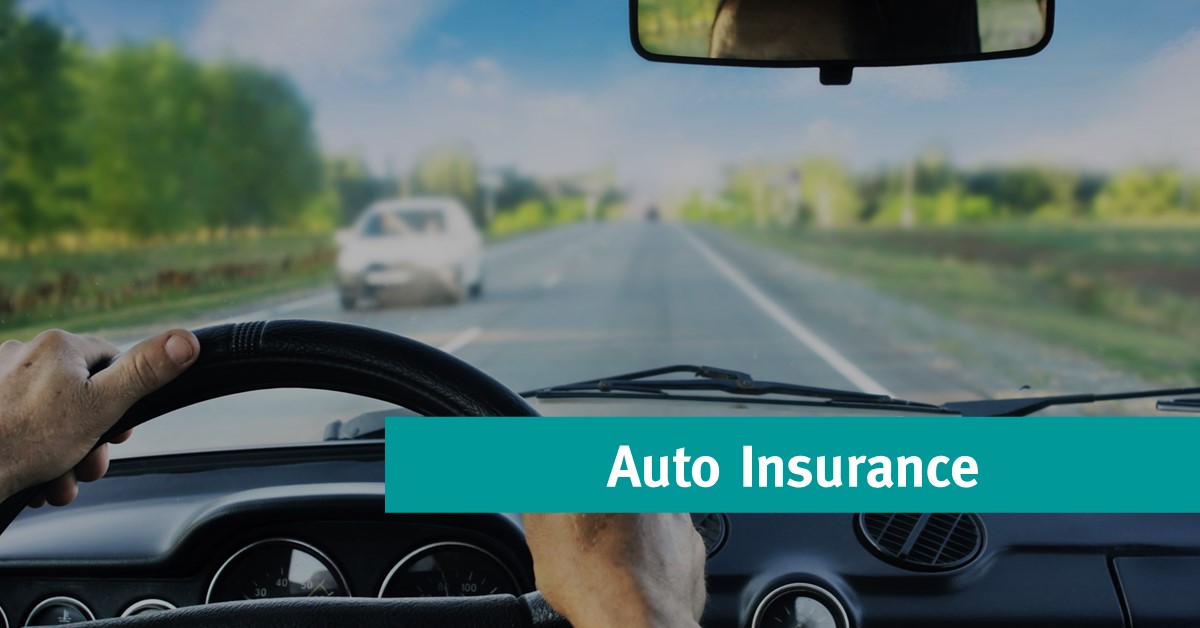Driving in Winter…Be Prepared and Stay Safe
Avoid cold weather driving disasters with these tips
Snow, sleet, ice, and below-freezing temperatures all affect driving conditions. During winter, safety depends on driver performance in winter hazards, good vehicle maintenance, and common sense. These tips will help you and your car weather the winter.
Prepare Your Car and Yourself for Winter Driving Conditions
Be prepared for driving in inclement and freezing weather. Start with these suggestions.
- Understand how your car behaves in the snow. While features like anti-lock brakes and all-weather tires can be advantageous, every car performs differently. Practice stopping, starting, and turning in a big, empty, snowy parking lot to get the feel of your wheels in the snow.
- Make sure your battery is charged and working optimally. Cold weather adversely affects battery performance, so check it before the temperature drops.
- Be sure to keep your gas tank full. Stormy weather or traffic delays may force you to change routes or turn back. A fuller gas tank will also prevent your car’s gas line from freezing.
- Change your oil filter and maybe your oil. The oil in your car thickens in cold weather, and (depending on the manufacturer’s recommendations) a thinner grade of oil will help your vehicle run more smoothly in the winter.
- Ensure your wiper fluid contains anti-freeze so the spray doesn’t freeze in cold weather. Consider buying winter wiper blades, which prevent ice and snow from hardening on the wiper.
- Keep windshield and windows clear. Keep a snow brush and snow scraper in your vehicle at all times. Your car’s defroster can be supplemented by wiping the windows with a clean cloth to improve visibility.
- Ensure your tires have good tread and are adequately inflated—both are essential to safe winter driving. And while all-weather tires are sufficient for some, if the conditions in your area tend towards snow and ice, consider winterizing your car with snow tires.
- Check your exhaust pipe to make sure it is clear. A blocked pipe could cause a leakage of carbon monoxide gas into your car when the engine is running.
- Pack your trunk for emergencies. A snow shovel and a bag of salt (or kitty litter) will help you dig your wheels out of a ditch and give them traction on snow or ice; a blanket will keep you warm, and bottles of water will keep you hydrated in case you get stuck.
Plan your trip with common sense
A bad weather accident can happen whether you’re on a two-hour drive or a short hop to a dentist appointment. Take precautions before starting your ride.
- Allow extra time to arrive at your destination. Trips can take longer during winter than other times of the year, especially if you encounter storm conditions or icy roads. Driving in inclement weather is stressful enough without the added pressure of being late, which might cloud your safe driving judgment.
- Don’t warm up your car vehicle in enclosed areas like a garage. This can cause toxic carbon monoxide to build up.
- Fully charge your cell phone and have your car charger if you’re running late or need phone help if you get stuck or have an emergency. But avoid using the phone while driving, as it can be a dangerous distraction. Always pull over if you need to make the call.
- Monitor the weather conditions before beginning your trip, not just at your departure point but also at your destination. If it seems like the roads will be too hazardous, say if an ice storm, hurricane, tornado, flood, hail, or other severe weather is expected anywhere on your route, change your travel plans.
Drive extra carefully
“Failure to keep in proper lane or running off the road” and “driving too fast for conditions” are the two of the most frequent poor driver behaviors, according to the National Highway Traffic Safety Administration (NHTSA). Bad weather makes these behaviors exponentially more dangerous, so take additional precautions on the road.
- Drive slowly because accelerating, stopping, and turning take longer on snow-covered or icy roads.
- Leave more distance than usual between your vehicle and the one just ahead of you to give yourself at least 10 seconds to come to a complete stop. Cars and motorcycles usually need a minimum of 3 seconds to halt entirely, even when traveling on dry pavement.
- Be careful when driving over bridges and roadways that aren’t exposed to sunlight—they are often icy when other areas are not.
- Know your route and be alert to avoid sudden stops and quick direction changes, which might cause spinouts or collisions with cars on slippery roads.
- Be alert to animals that are often bolder in their hunt for food when snow is on the ground and wander on or near roads. Around known habitats, take steps to avoid collisions with deer or other animals.
- Don’t activate your cruise control when driving on a slippery surface. You want to maintain complete control of your vehicle.
If you do get caught in a storm
Sometimes, despite best efforts, you’ll drive in bad weather. In that case:
- Stay tuned to weather reports and weather-related accidents on your radio or GPS. Change routes to avoid the worst of the storm or its havoc.
- Don’t try to drive your way out of it. Seek shelter for yourself and your car, and wait for the storm to pass.
Source: Insurance Information Institute
Read Other Blog Posts

Protecting Your Marlborough Home: A Local Guide to Homeowners Insurance

10 Signs a Tree May Fall on Your Property

Renters Insurance in Medway, MA: Protect Yourself

Spring Clean Your Insurance: A Fresh Start for Your Policies

Get Ready for Hurricane Season in New England: What You Need to Know

Notify Your Insurer If Your Home Is In A Trust
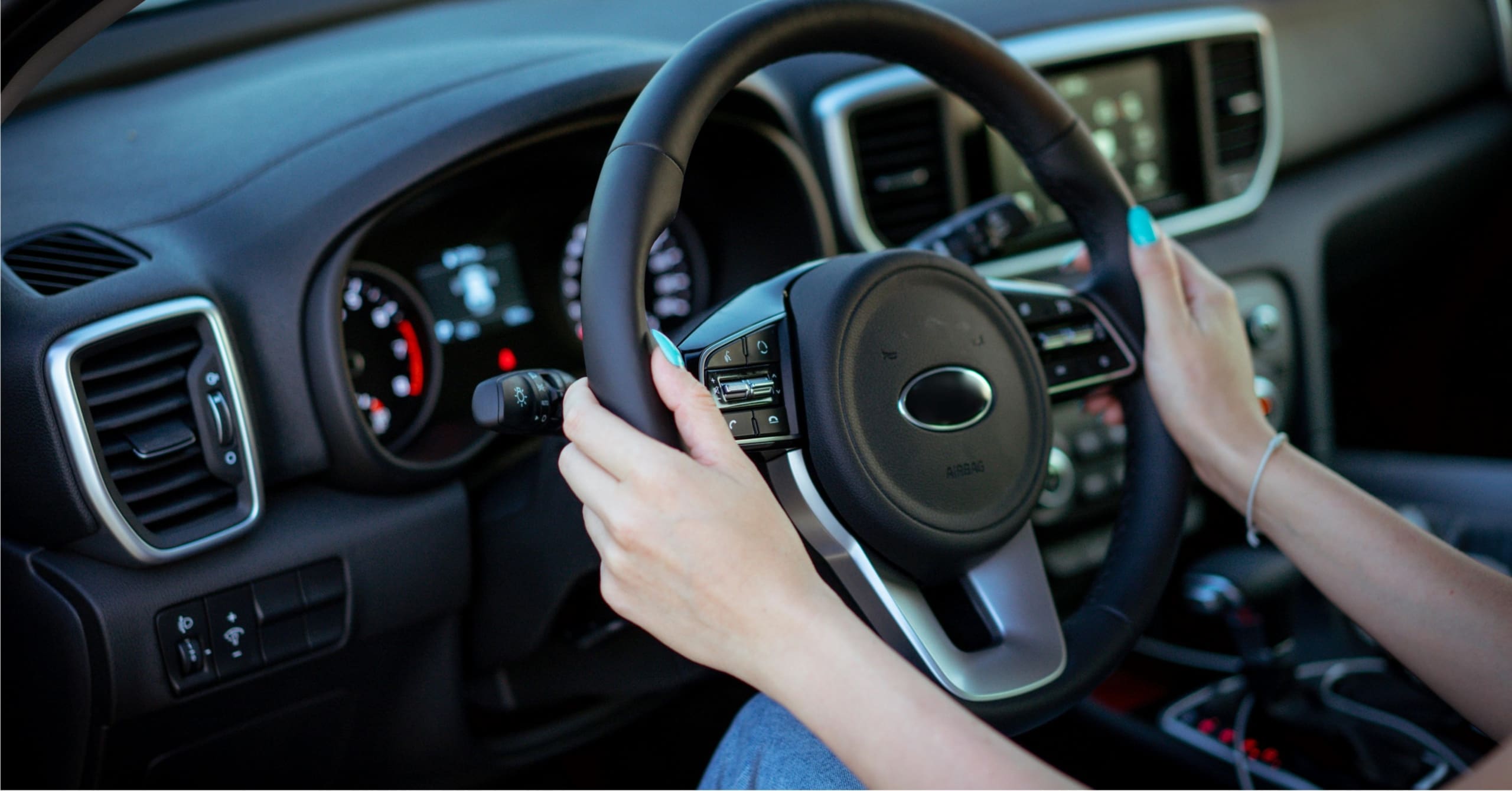
Defensive Driving Tips

Understanding the Insurance Knowledge Gap Among Gen Z

Murphy’s Law: Now Officially Sponsored by Murphy Insurance

Auto Insurance in Hudson, MA: What You Need to Know
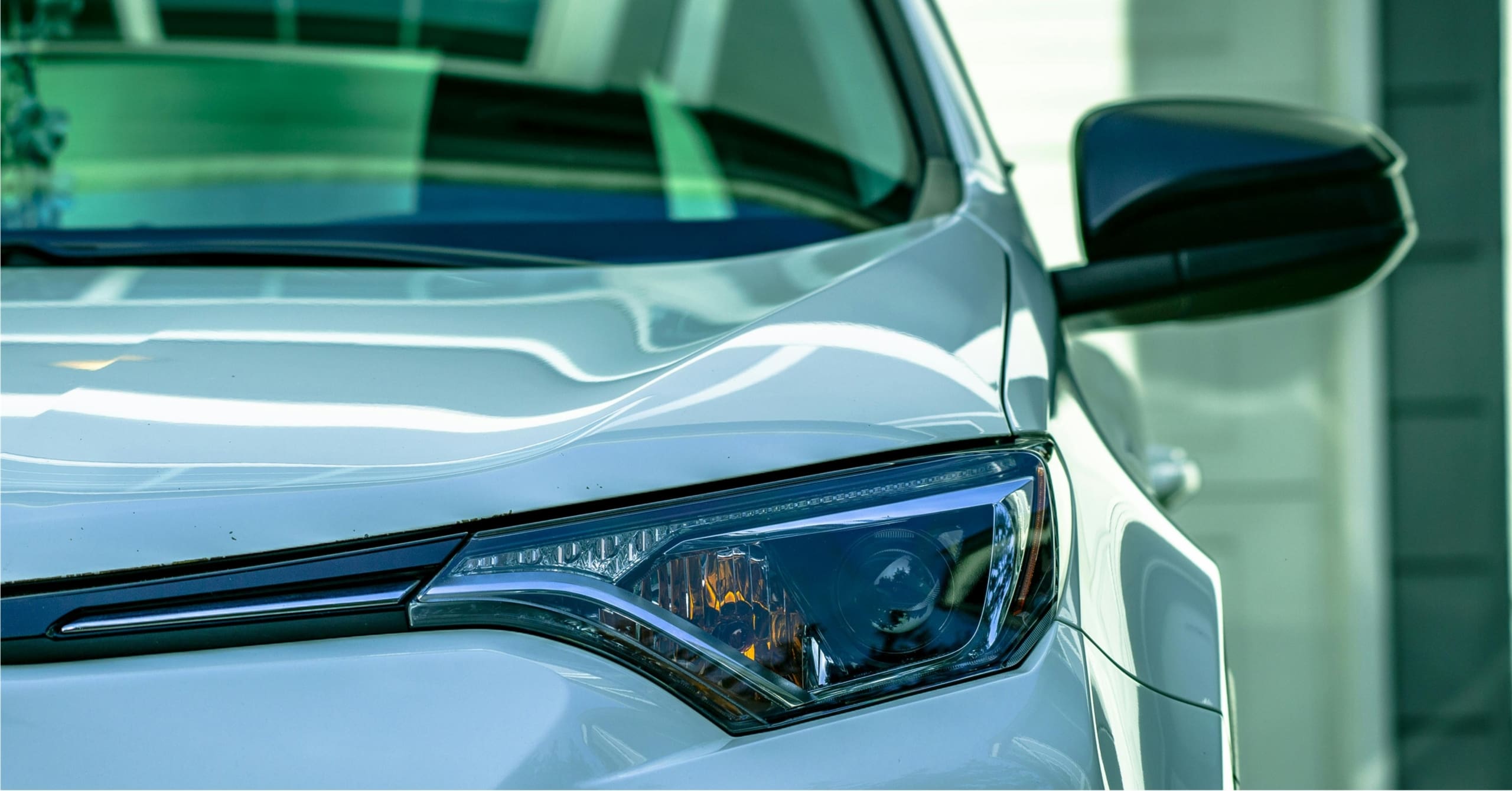
What to Do After a Hit-and-Run

Pest Prevention | Keep Your Home Pest-Free with Proactive Measures

How to Prevent Falls at Home

Outdoor Maintenance | Protecting Your Home and Enhancing Your Curb Appeal

Hot Tub Safety 101 | Protect Your Home, Guests, and Peace of Mind
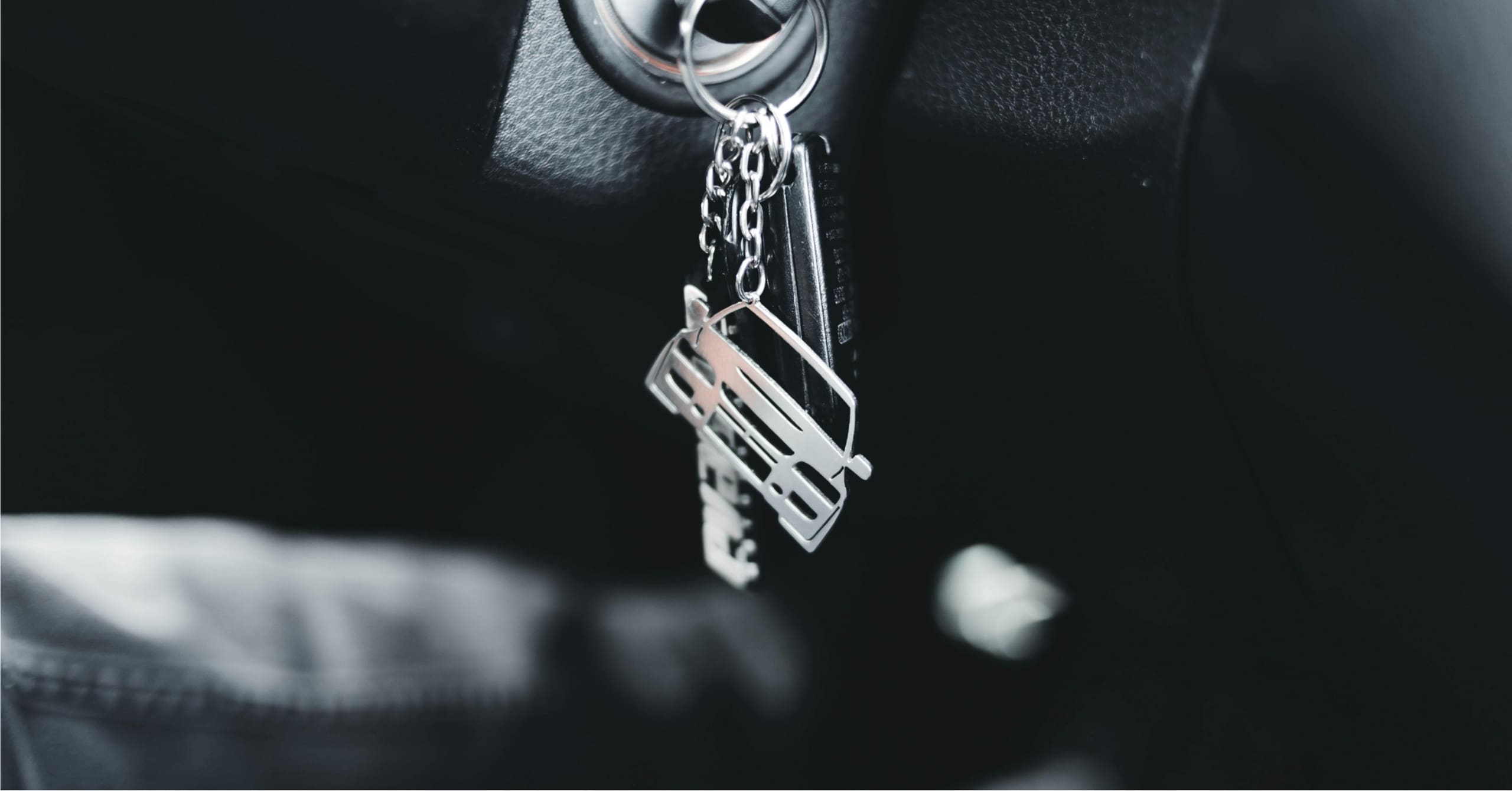
Avoiding Problems When Buying Used Vehicles

Avoiding Contractor Fraud
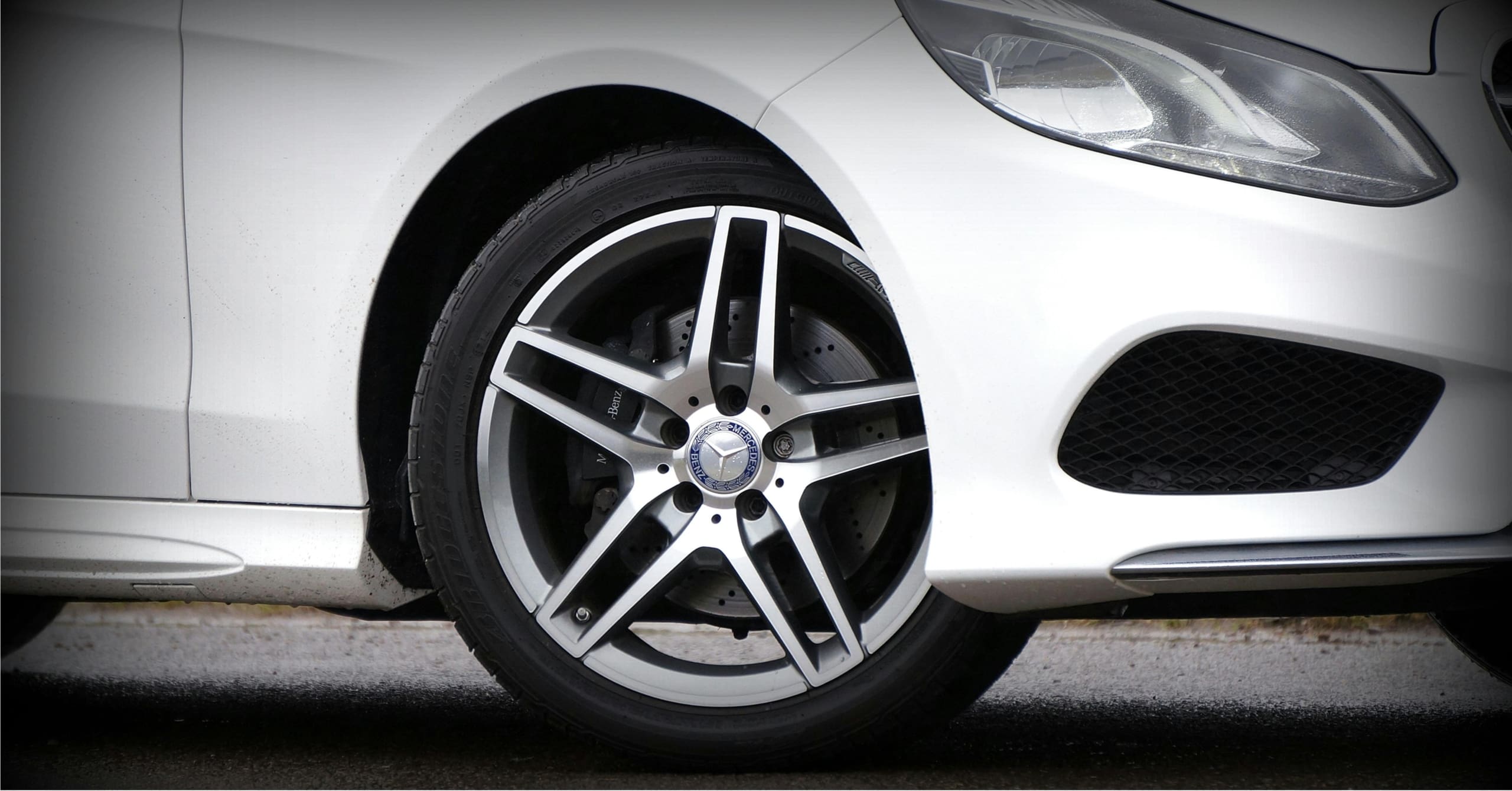
Common Auto Insurance Terms

What is Your Jewelry Worth? When Should You Update Appraisals?
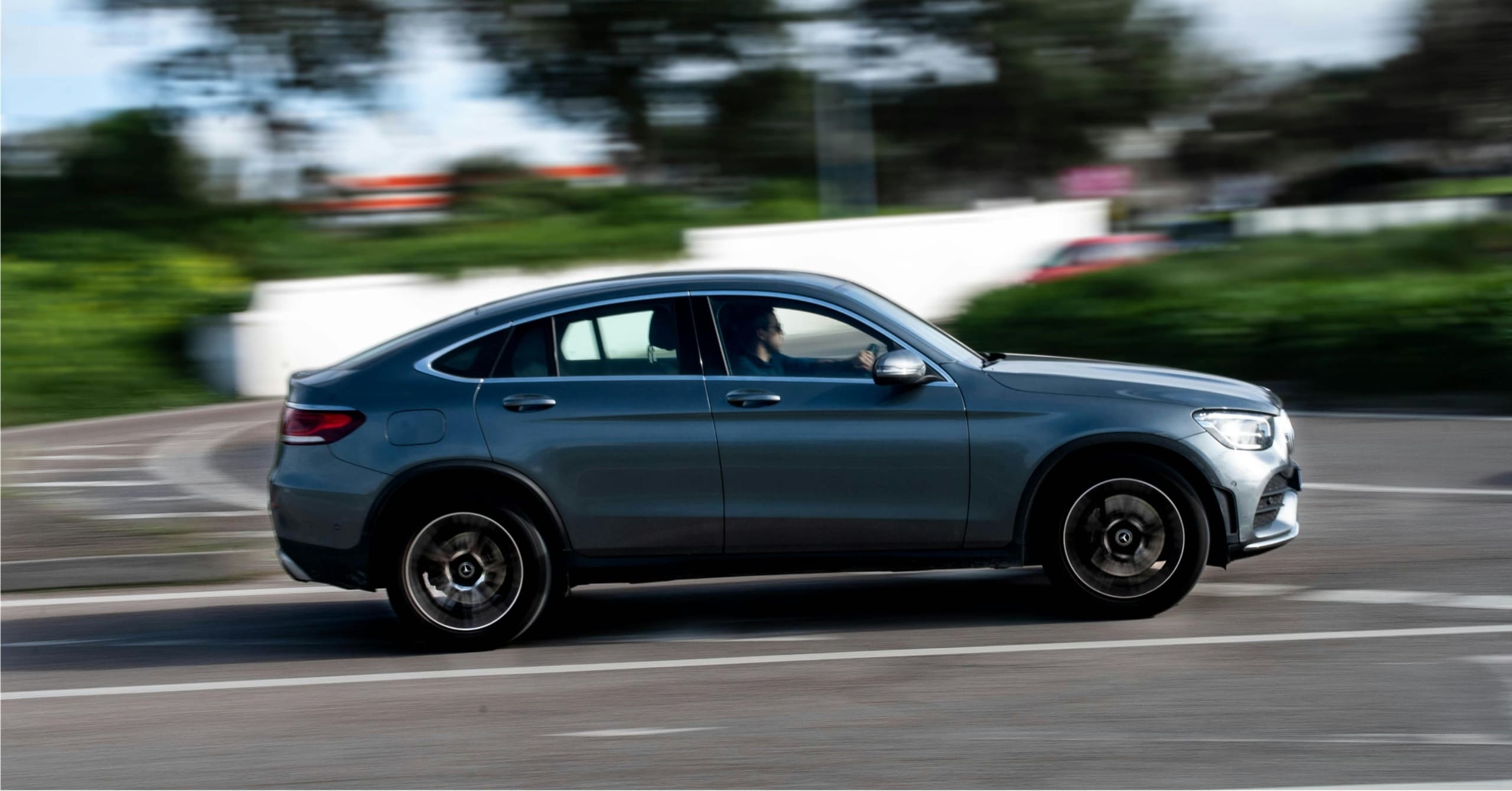
Gap Insurance
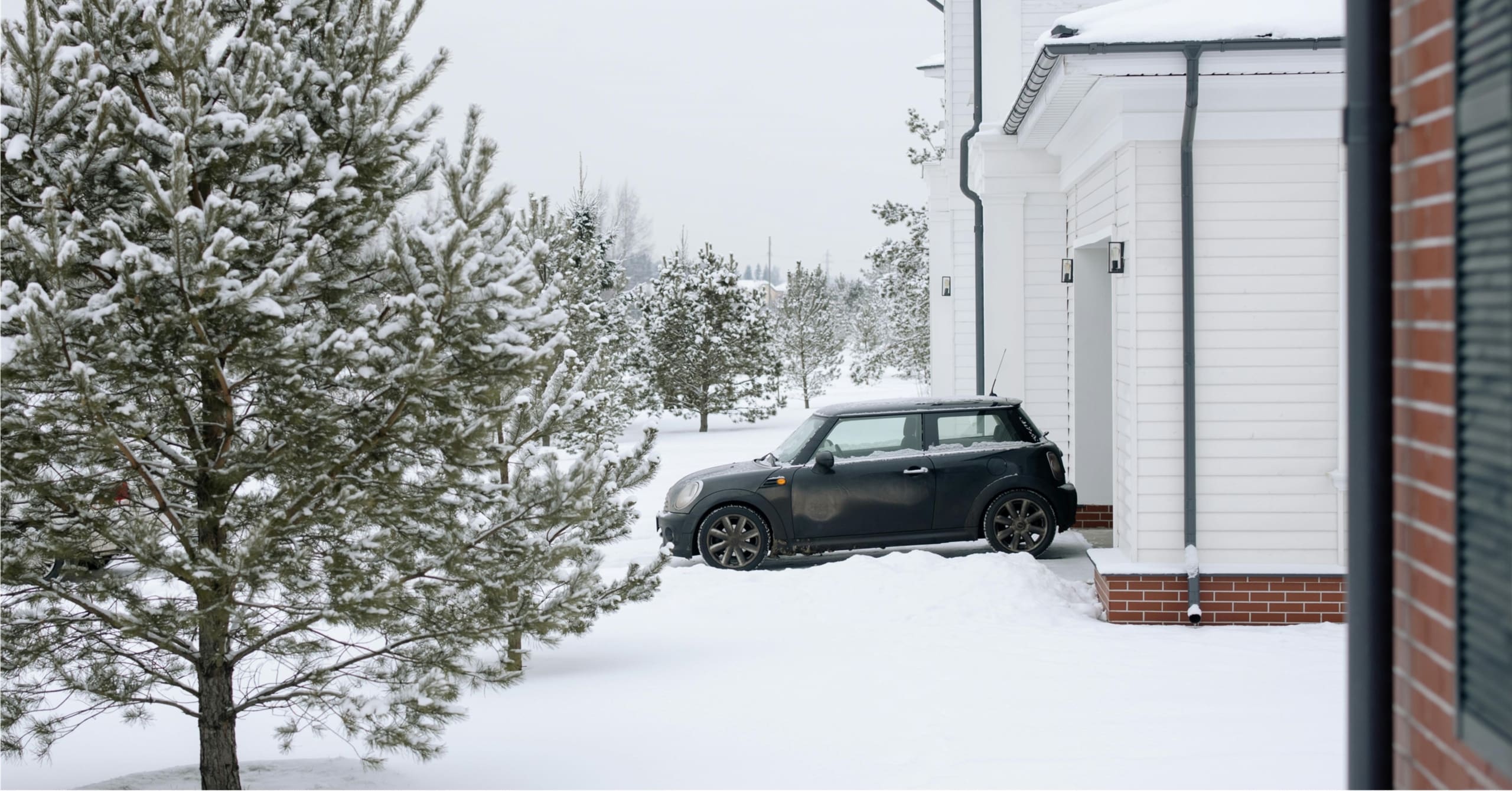
Vehicle Storage Tips During Winter

Quiet Vehicles and Pedestrian Safety
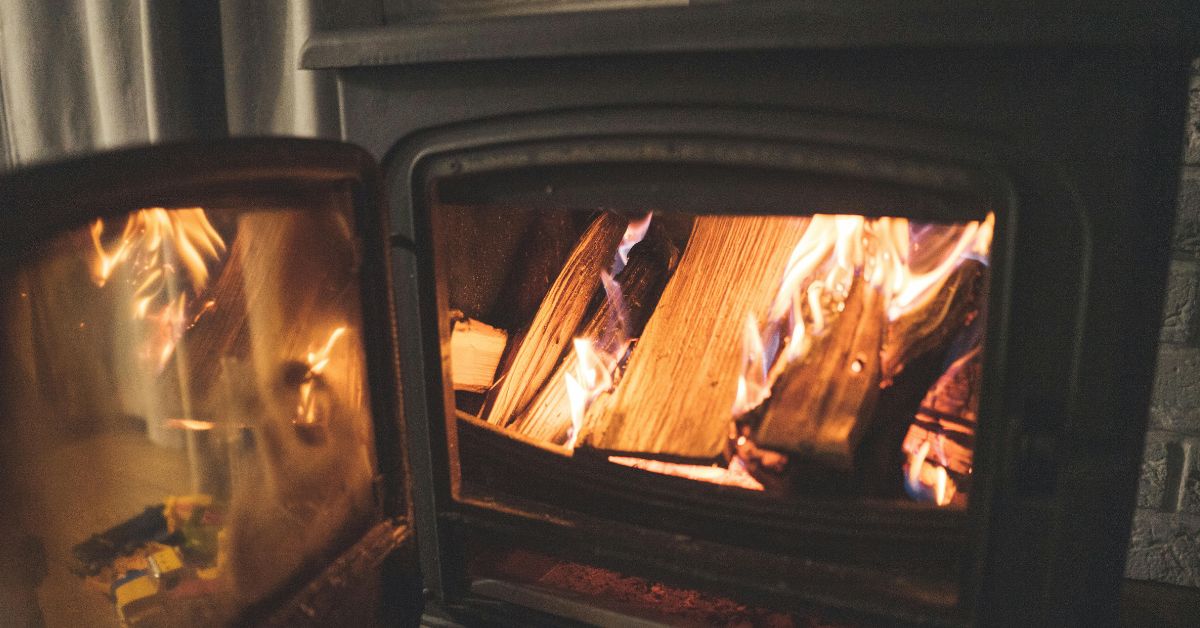
Wood-burning Stove Safety
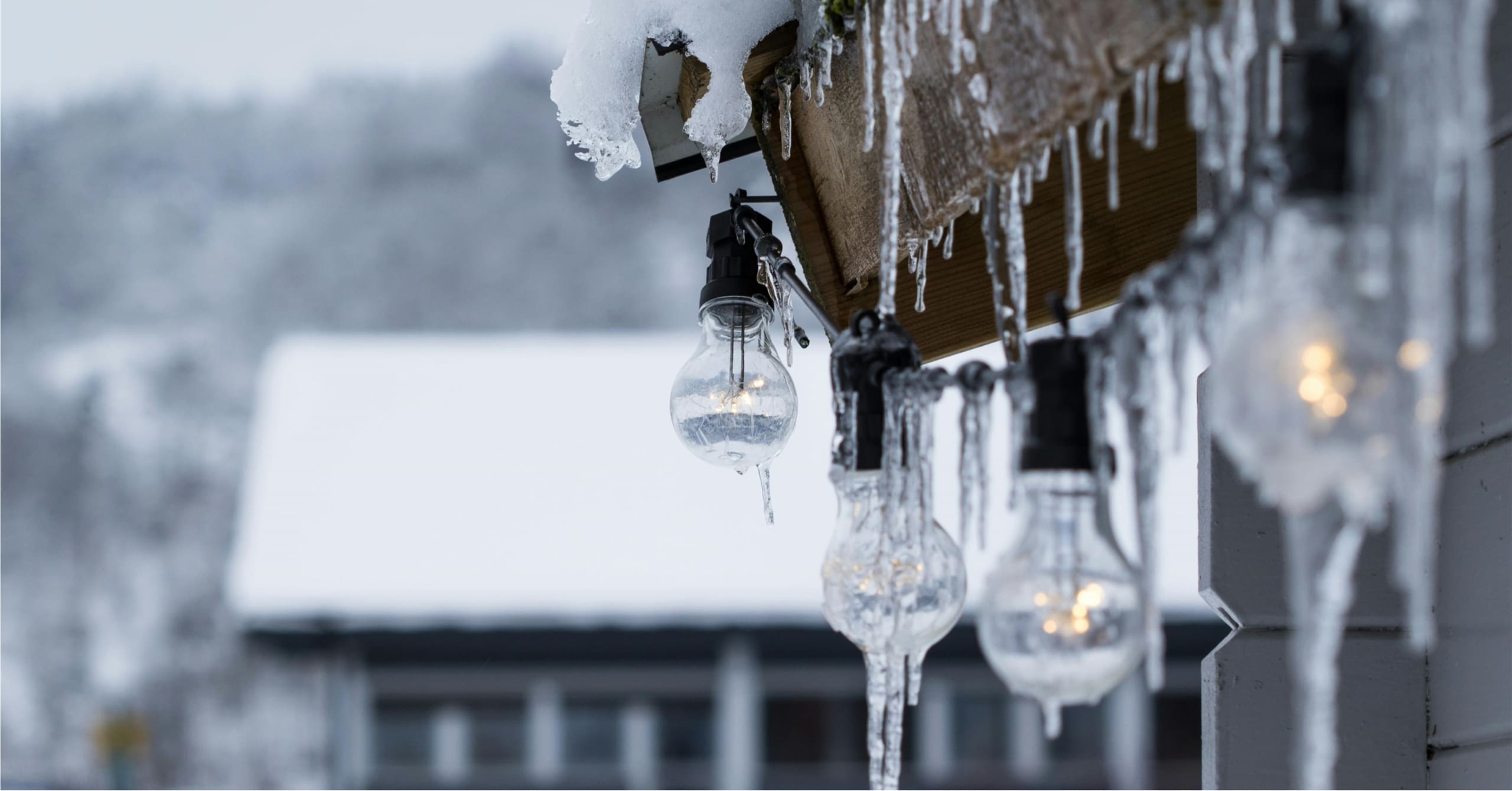
How to Reduce Winter Utility Bills
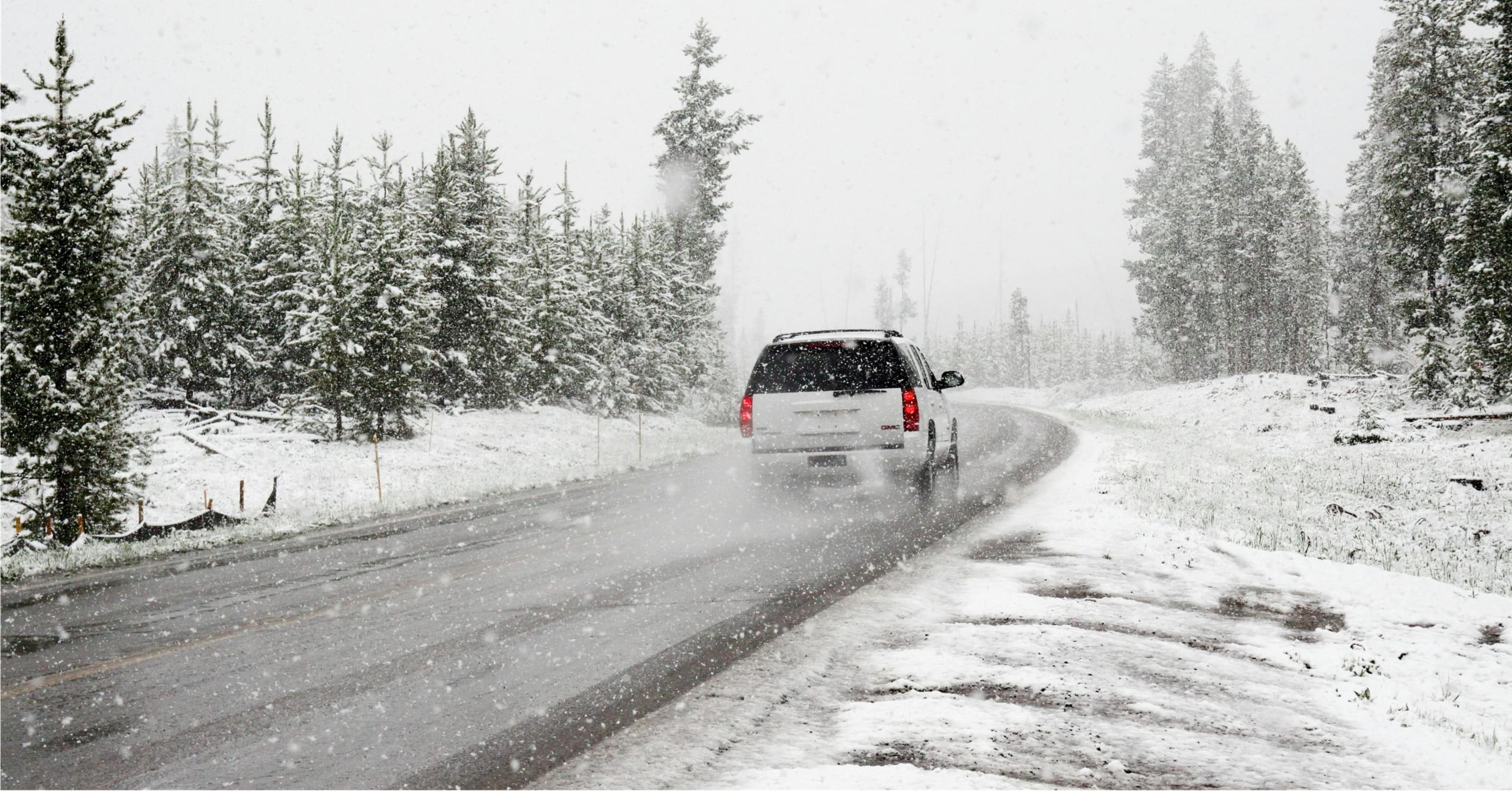
Tips for Driving in Extreme Weather
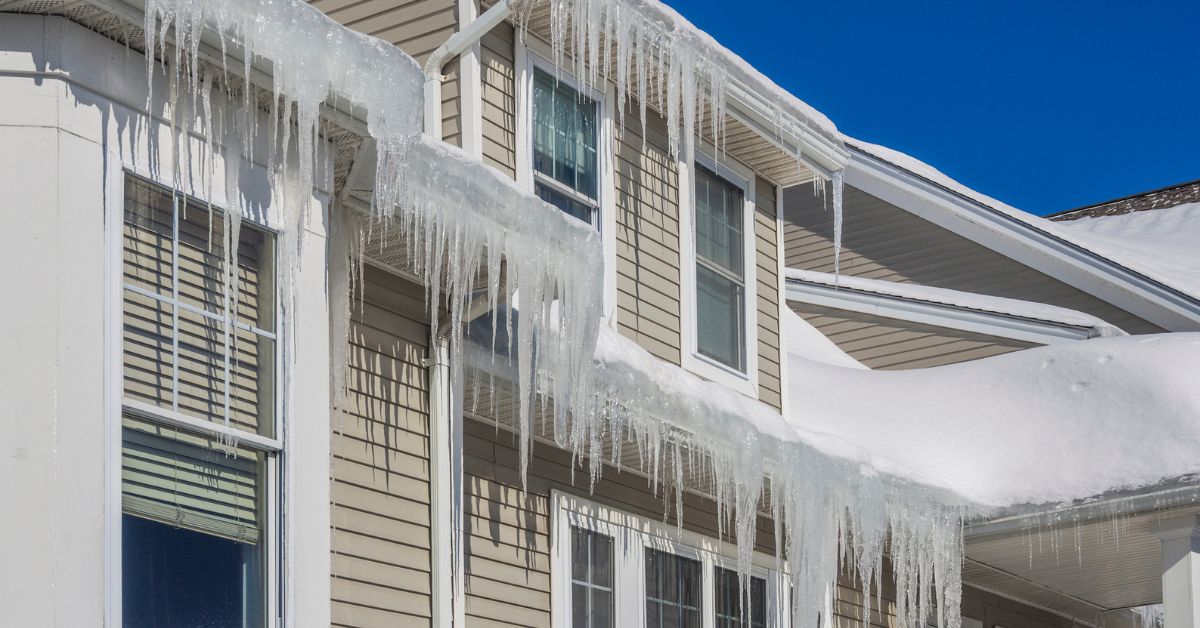
Ice Dams: A Winter Challenge for Homeowners
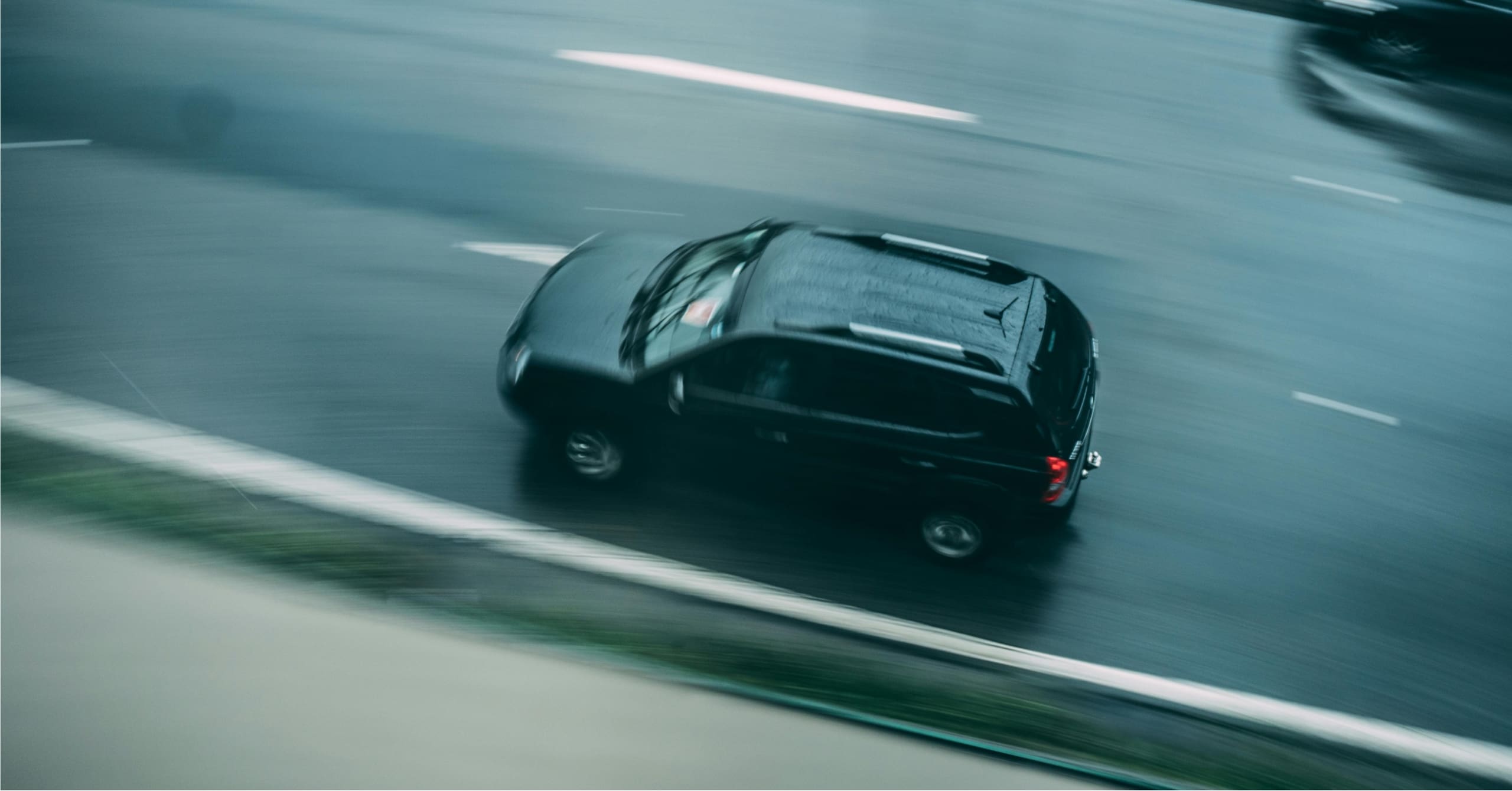
Does My Insurance Cover Pothole Damage?

How to Help Prevent Frozen Pipes

New Year, New You: Top 10 Personal Insurance Tips

Hosting Holiday Parties Responsibly: Tips for Personal & Business Gatherings

10 Tips for Disaster-Free Holidays
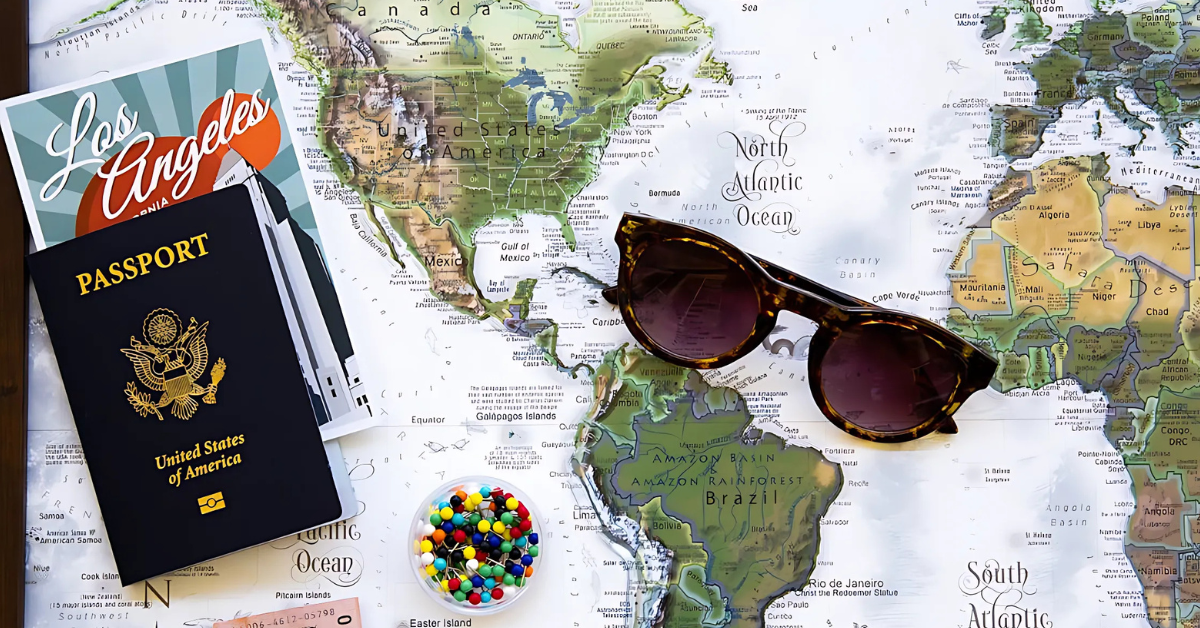
Travel Smart: Holiday Safety Tips for Your Seasonal Adventures

Holiday Party Etiquette & Serving Alcohol
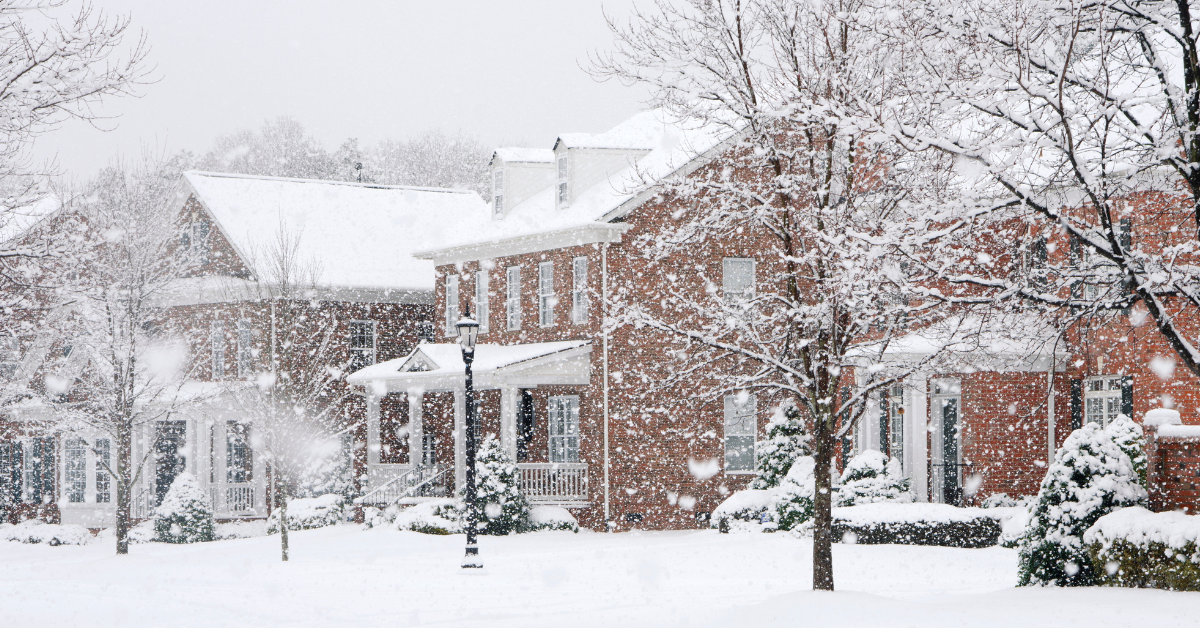
Protect Your Property This Winter: Tips to Prevent Costly Damage

Decorate Safely During the Holidays

Thanksgiving Safety Tips for a Happy Holiday
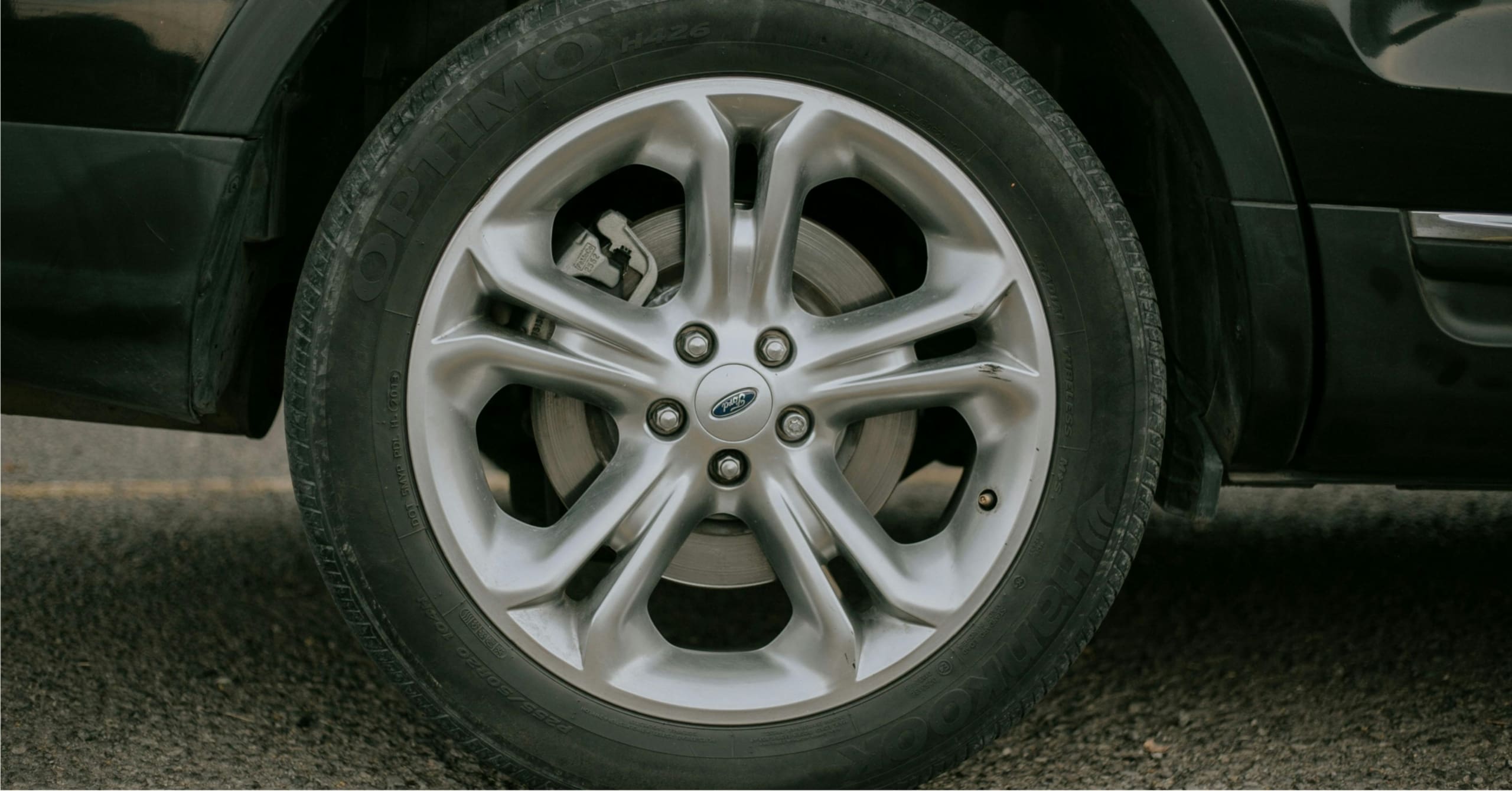
Vehicle Breakdown Safety Basics

How Insurers Calculate Premiums

Preventing Drowsy Driving
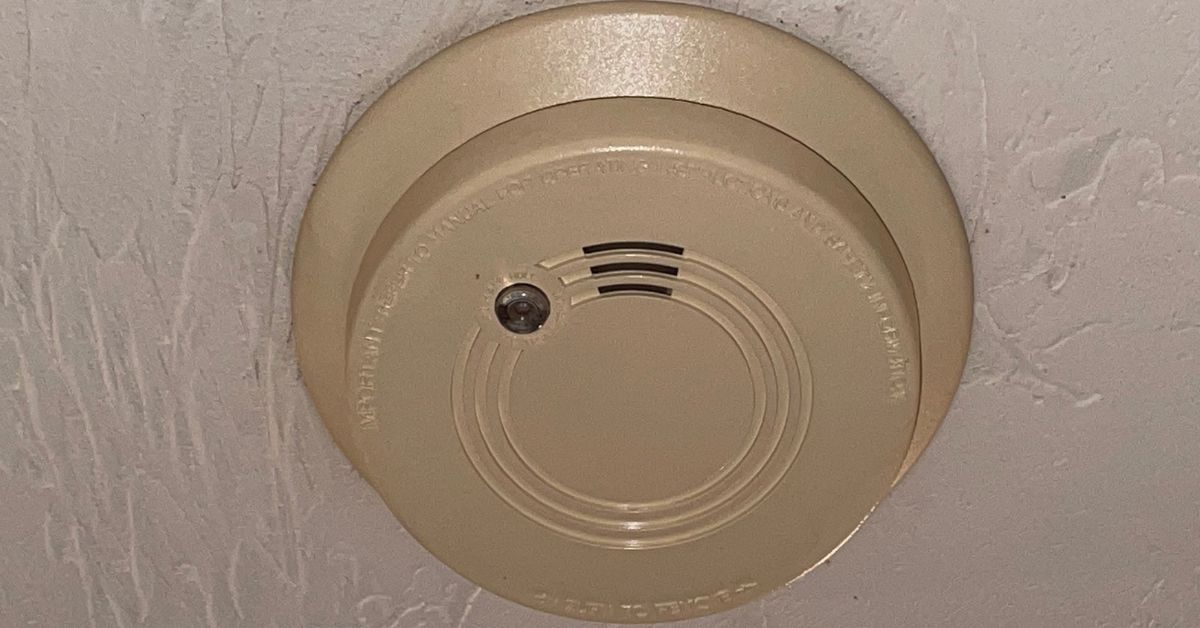
Daylight Saving Time Change: A Perfect Reminder to Check Your Smoke and CO Detectors
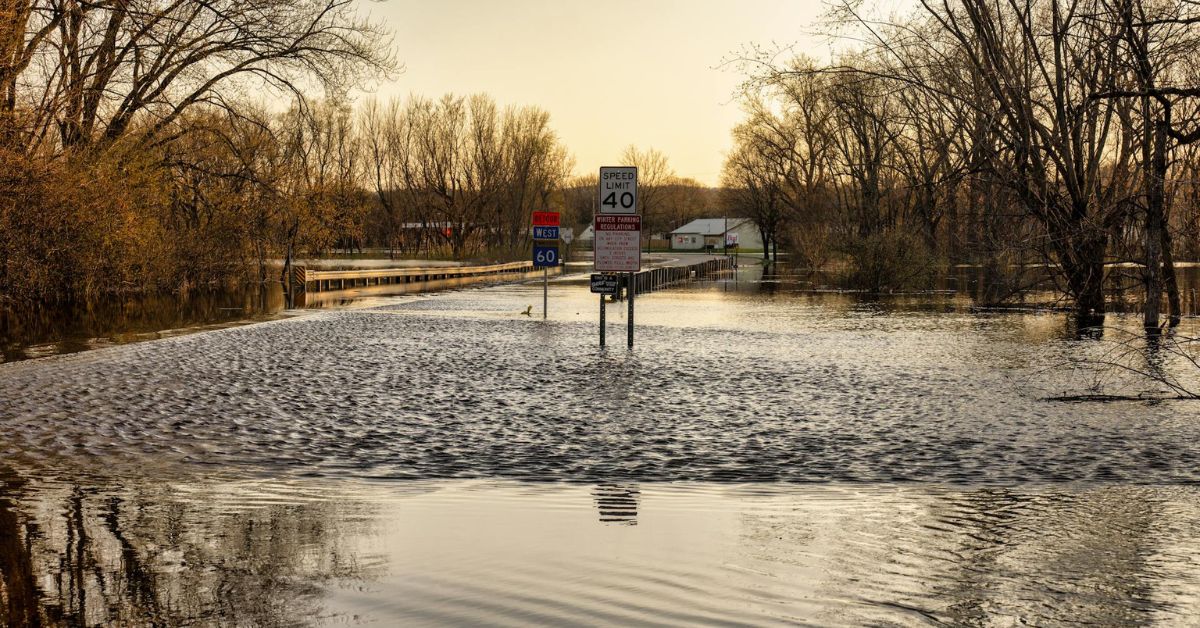
Why Flood Insurance is Essential: Lessons from Hurricanes Helene and Milton
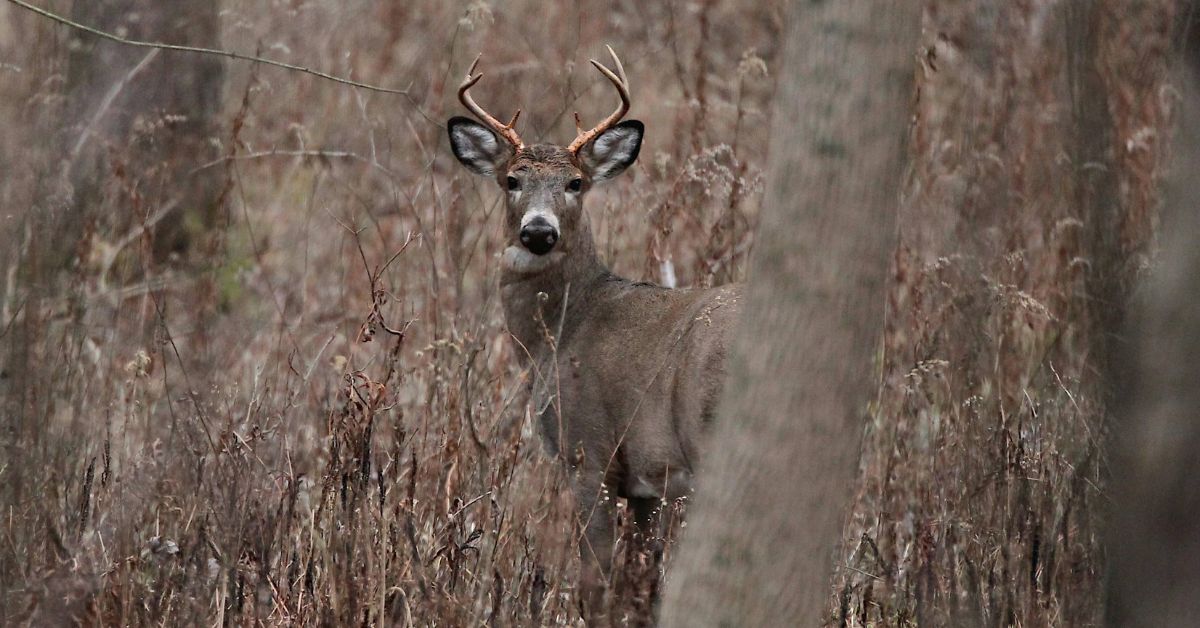
Defensive Driving to Avoid Deer Collisions

Factors Affecting Your Car Insurance Rate
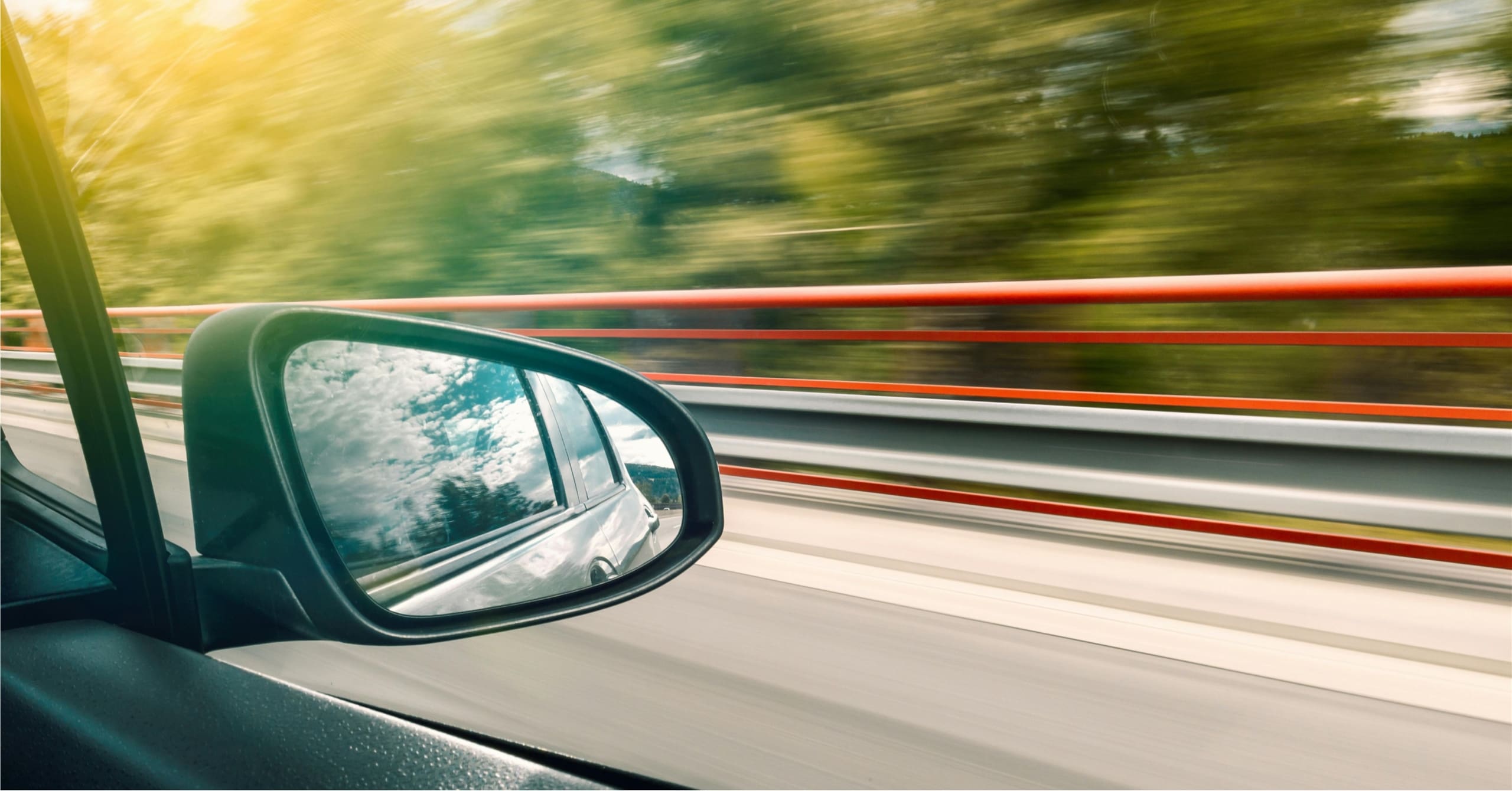
6 Types of Auto Insurance Coverage
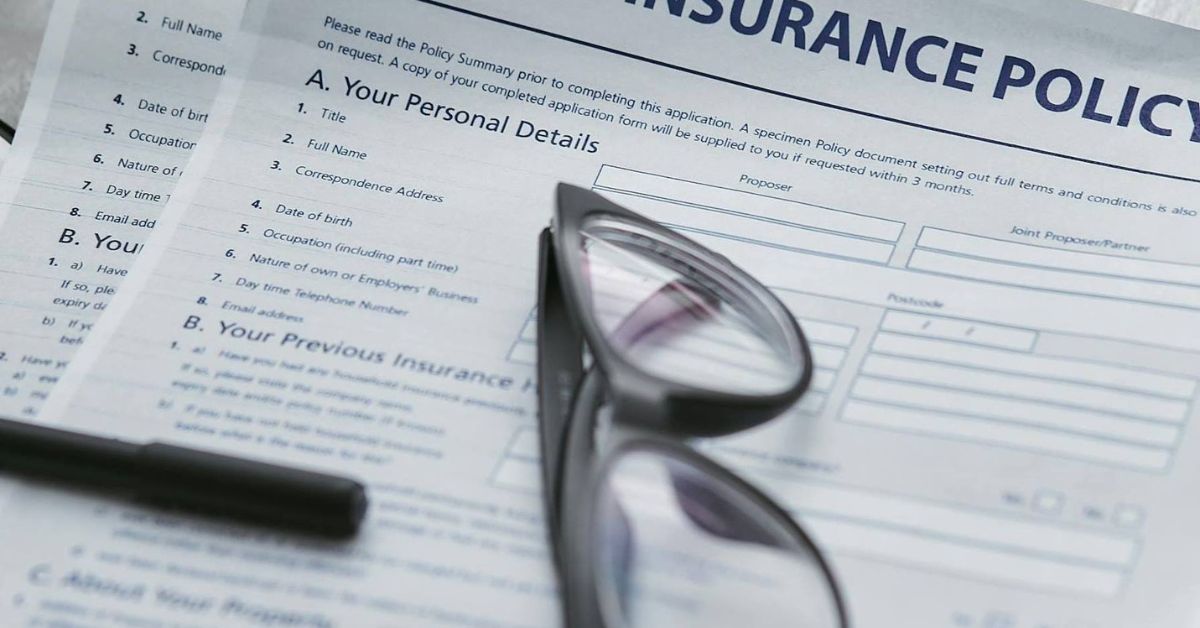
Why Personal Liability Insurance is Essential for Homeowners, Condo Owners, and Renters

Recognize Spam and Phishing Emails
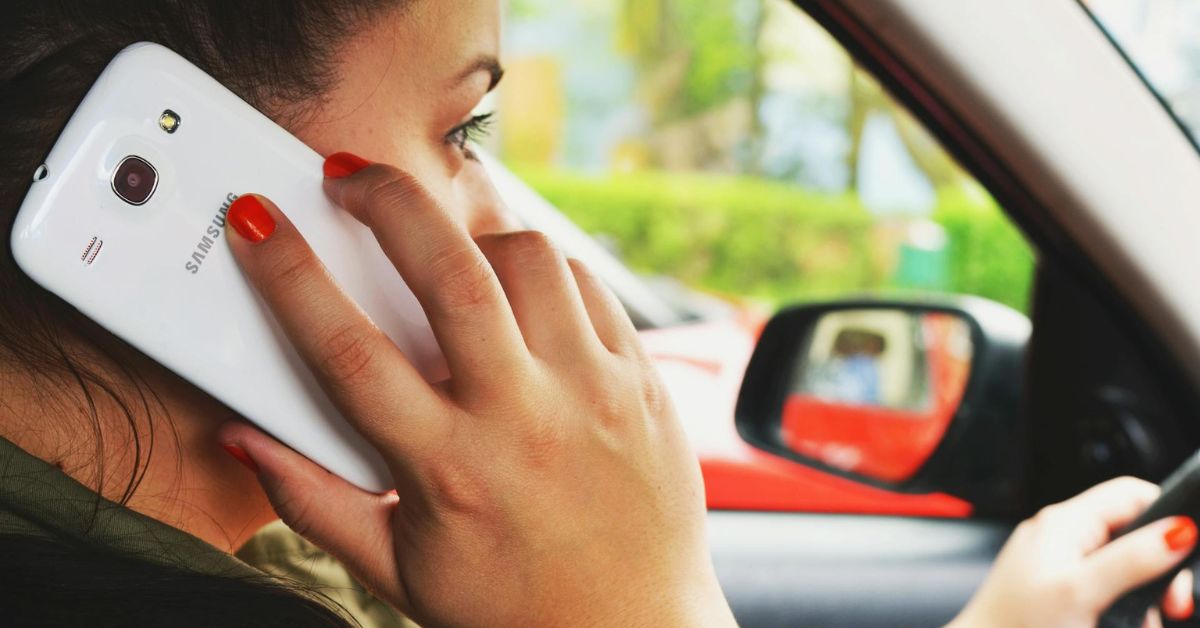
How Distracted Driving and Texting Impact Your Auto Insurance Premiums

Keep Your Home Safe While on Vacation
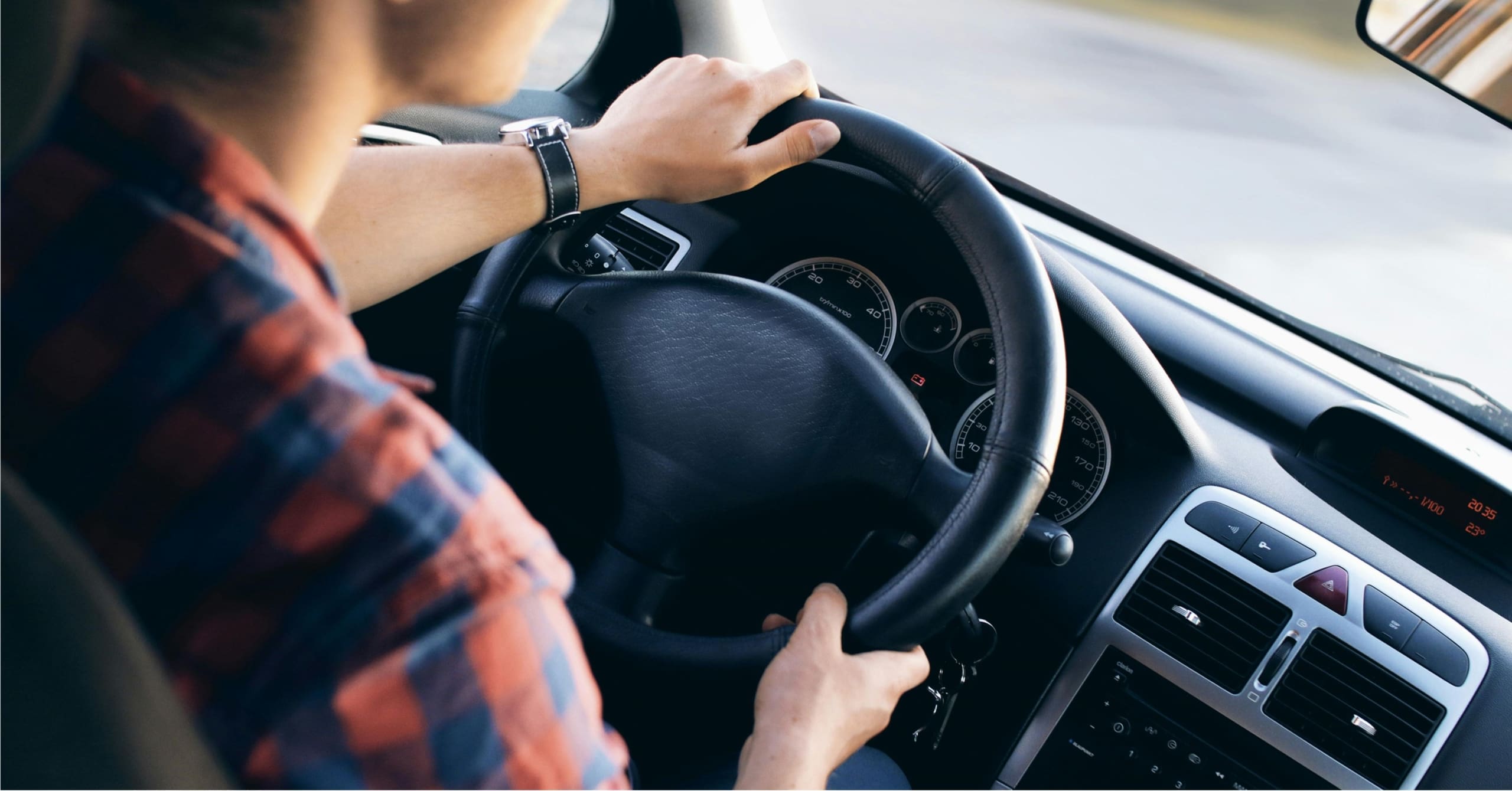
5 Tips for Adding a Teen to Your Auto Policy

Understanding the Risks of Speeding

Keeping Mold Out of Your Home
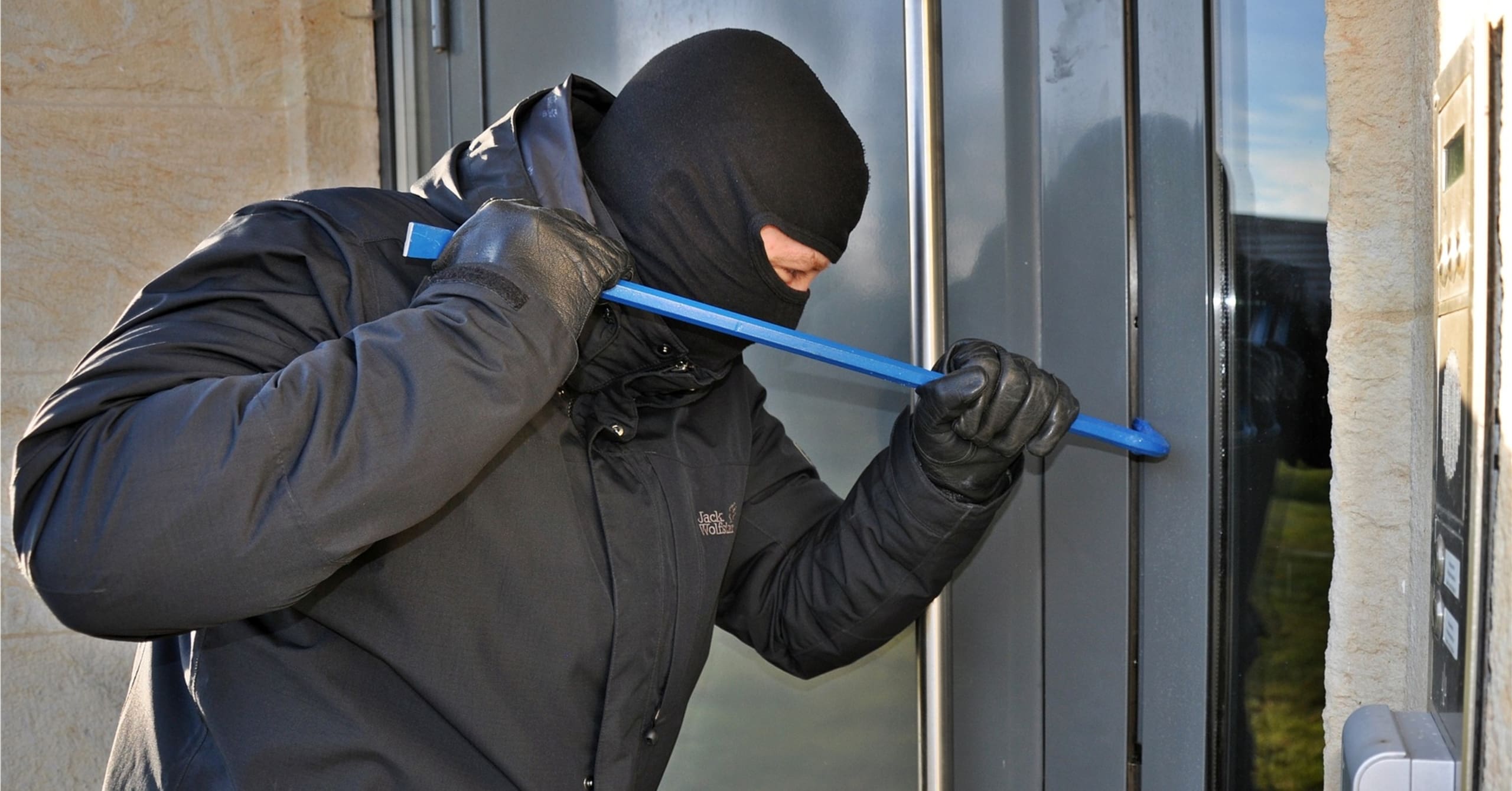
Tips for Preventing Home Burglaries

Ensuring Peace of Mind: The Importance of Wedding Insurance

Spring Cleaning for your Insurance

Mistakes to Avoid when Applying for Auto Insurance
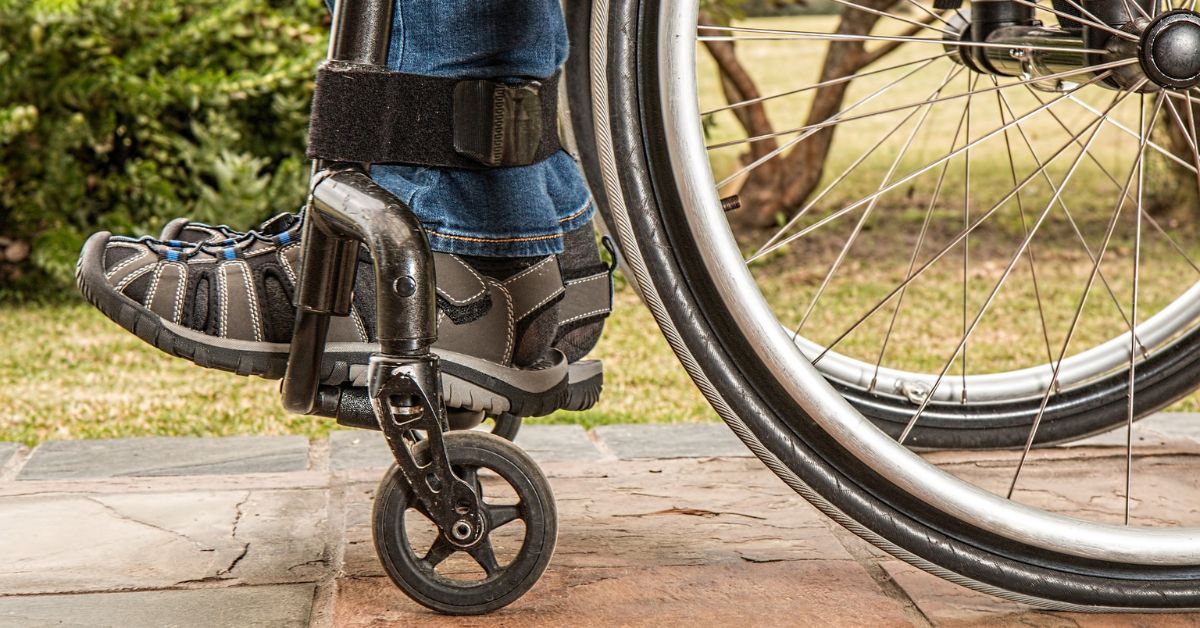
Don’t Underestimate the Risk and Impact of Disability
 Your Renters Insurance Guide
Your Renters Insurance GuideYour Renters Insurance Guide

Factors that Affect Home Insurance Premiums

Distracted Driving Awareness Month: Are You Doing Your Part?

How to Avoid Having an Underinsured Home

Protect Yourself from Underinsured and Uninsured Drivers

Even Responsible People Get Sued

Costly Insurance Mistakes to Avoid

10 Questions to Help Assess Changing Insurance Needs

A Full Insurance Review is Worth Your Time
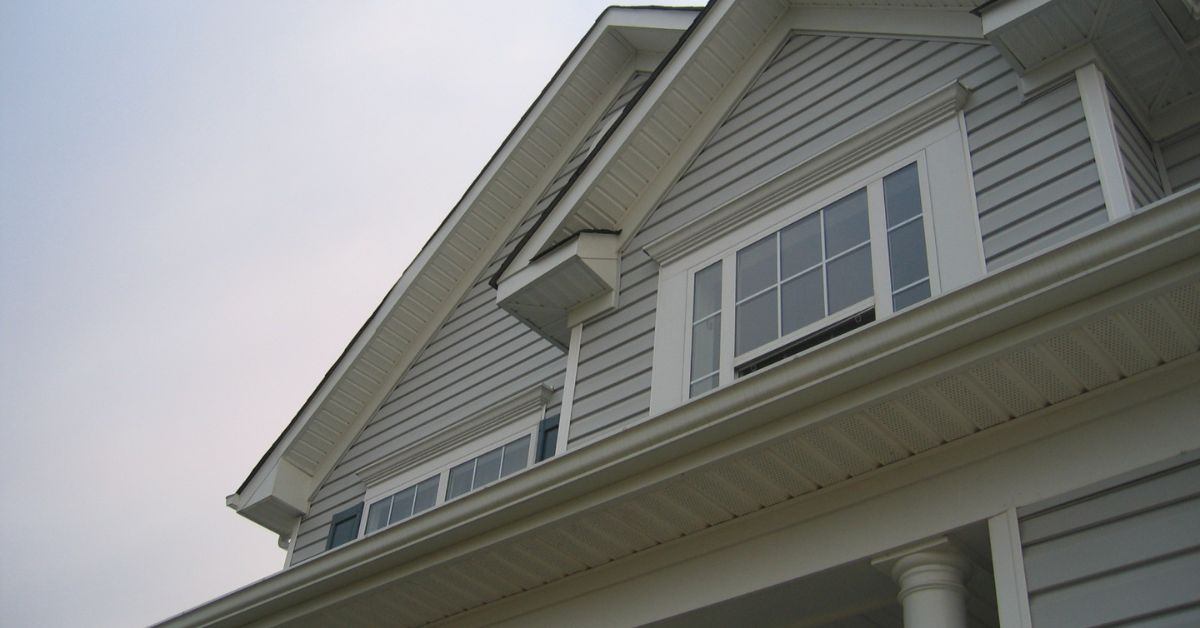
How Much Homeowners Insurance Do I Need?

4 Things to Do After Buying Life Insurance

Don’t Put Off Creating Your Home Inventory

11 Issues that Can Impact Your Insurance Coverage

Can You Afford to Replace that Ring, Bracelet, etc.?

Term vs. Permanent Life Insurance

Renters, You Need Insurance, Too!

Changing “Garaging?” Don’t Delay In Telling Your Agent

What is Identity Theft Insurance?
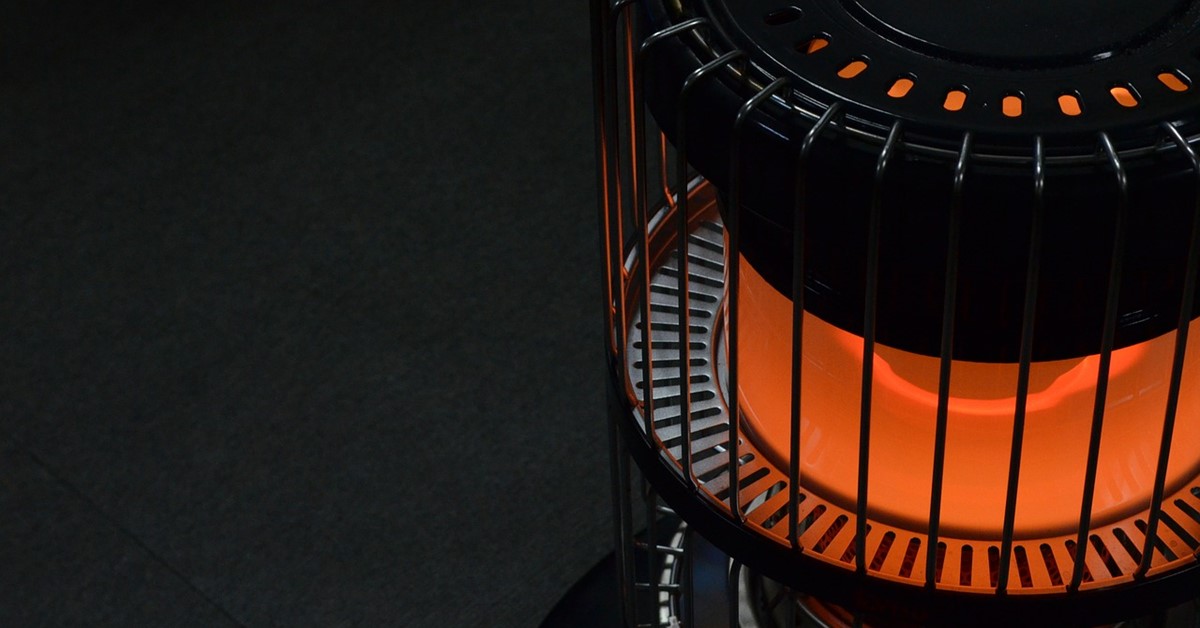
Warmth Without Worry: A Guide to Space Heater Safety
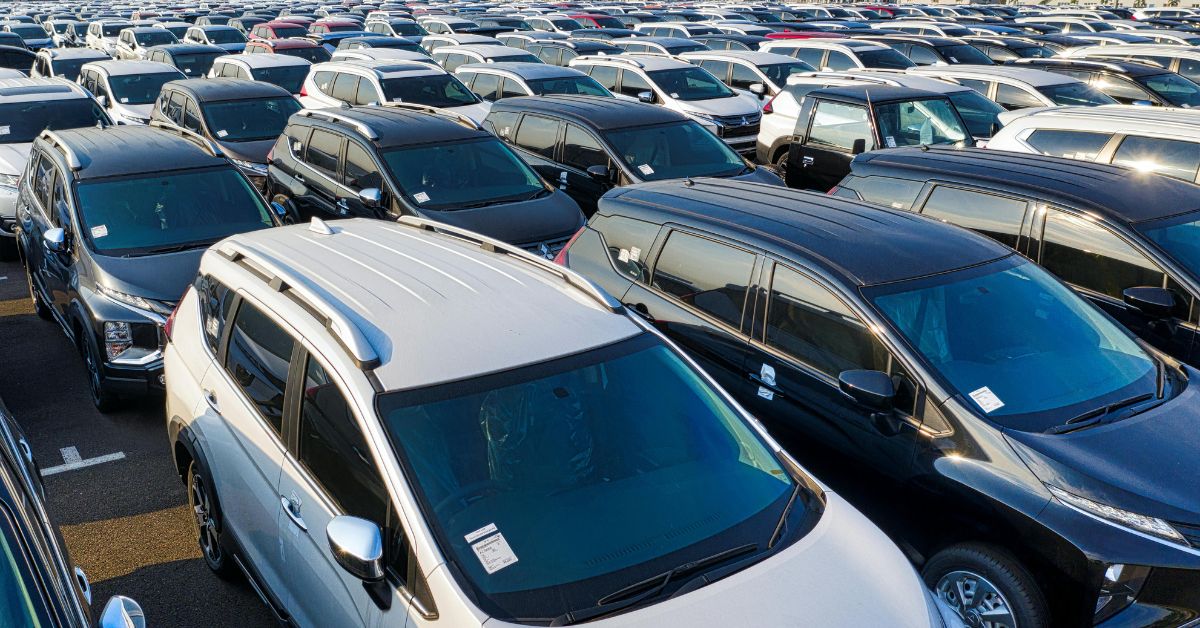
Understanding Rental Car Insurance
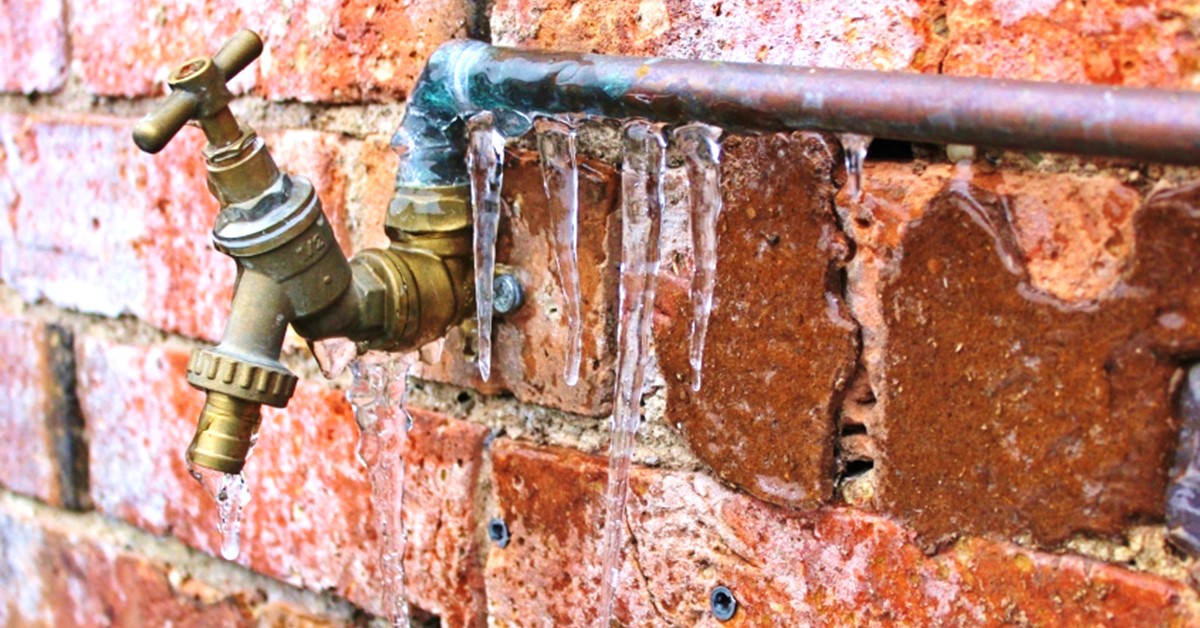
What To Do If Your Pipes Freeze

Getting Your Financial House in Order
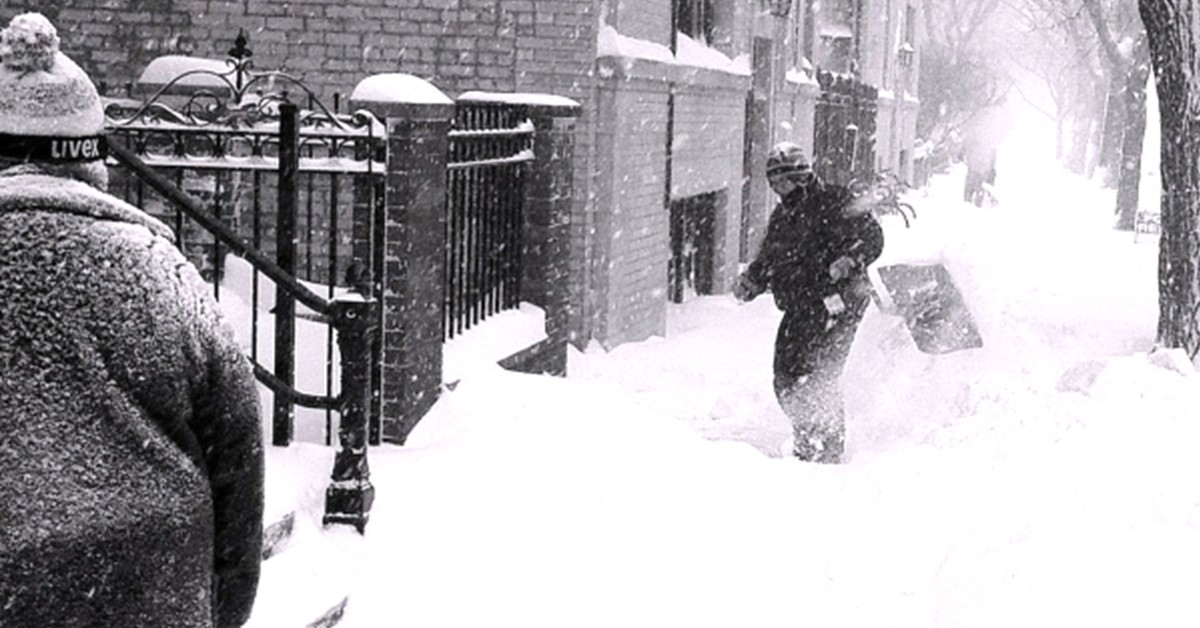
Massachusetts Snow Removal Laws and Liability
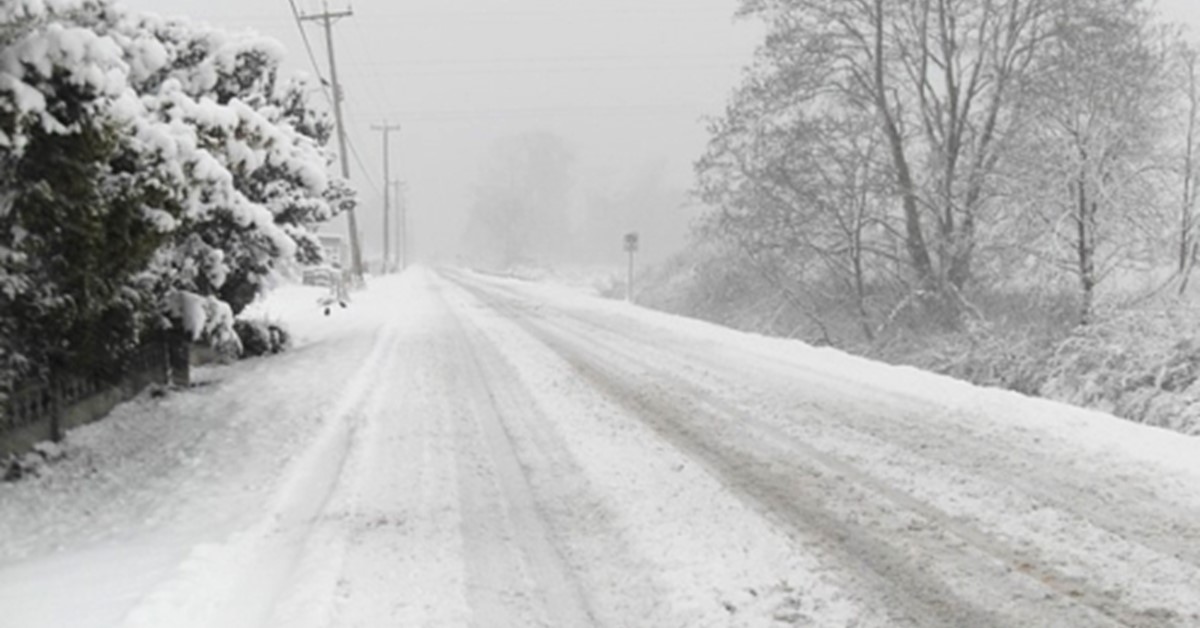
Driving in Winter…Be Prepared and Stay Safe

Fortify Your Future – A Guide to Updating Your Insurance for the New Year
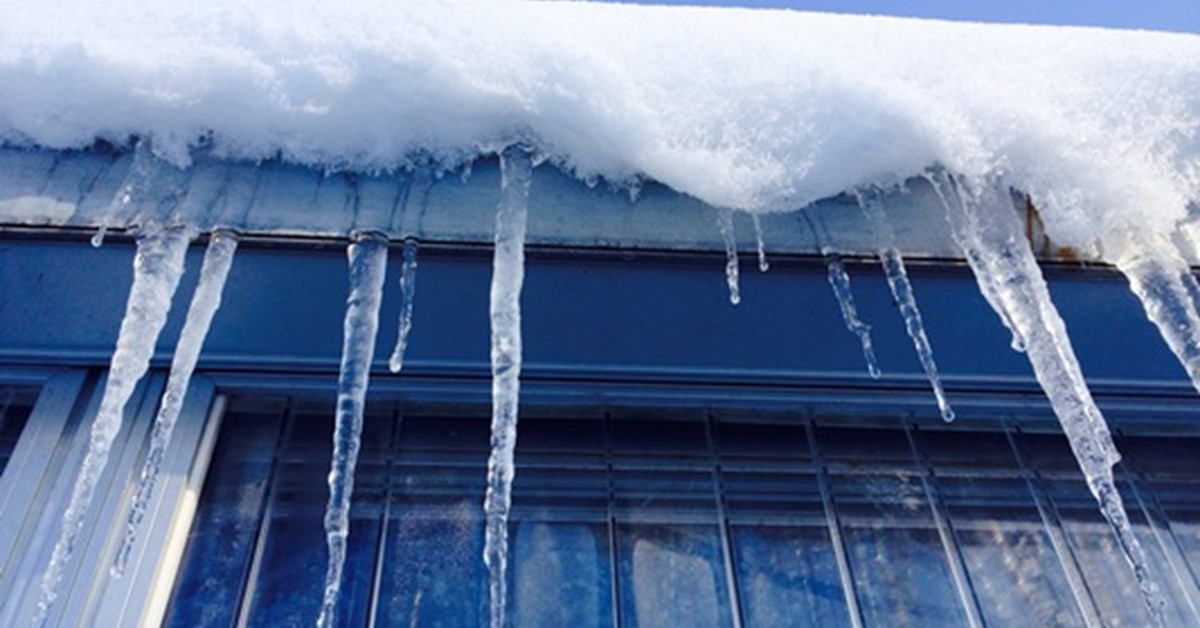
Reduce The Risk of Winter-Related Losses

8 Myths About Life Insurance

Tips for Disaster-Free Holidays

Common Questions about Water Damage and Insurance Coverage

Christmas Tree Safety

Holiday Safety Tips
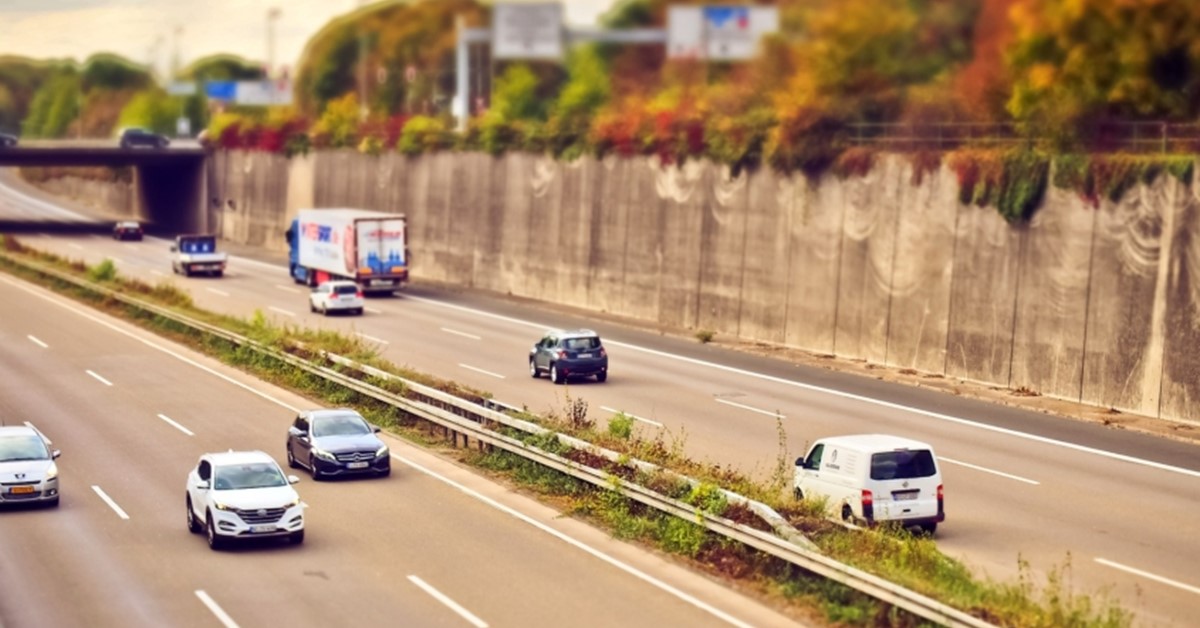
Road Safety Tips for Holiday Travel
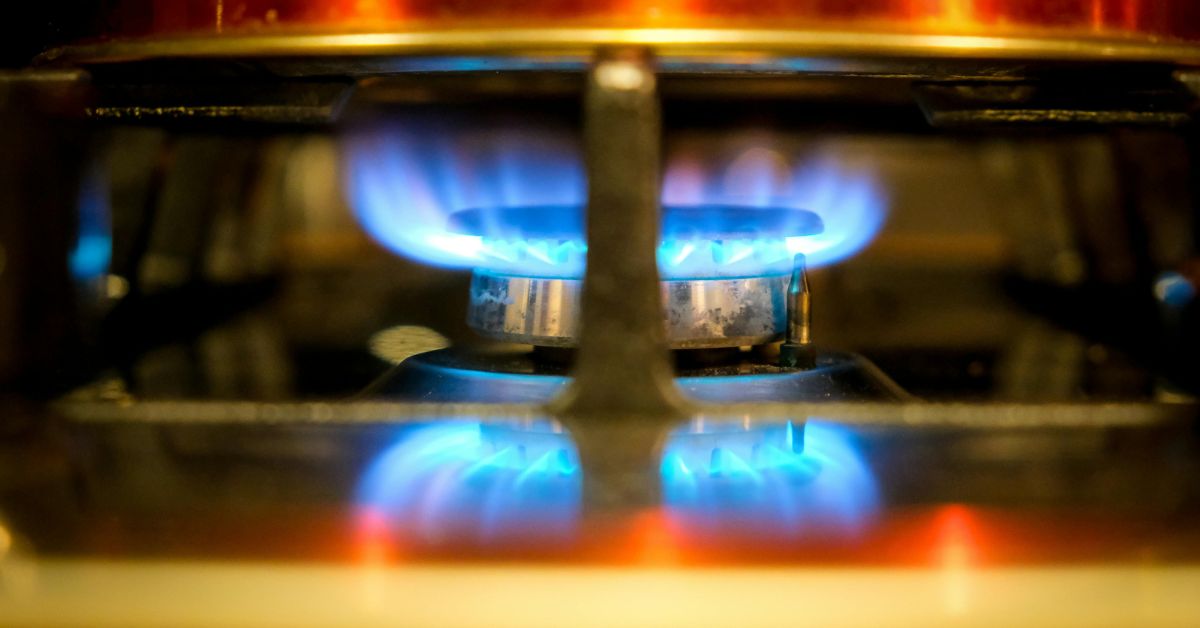
Turkey Fryer Safety

Thanksgiving Kitchen Safety Tips
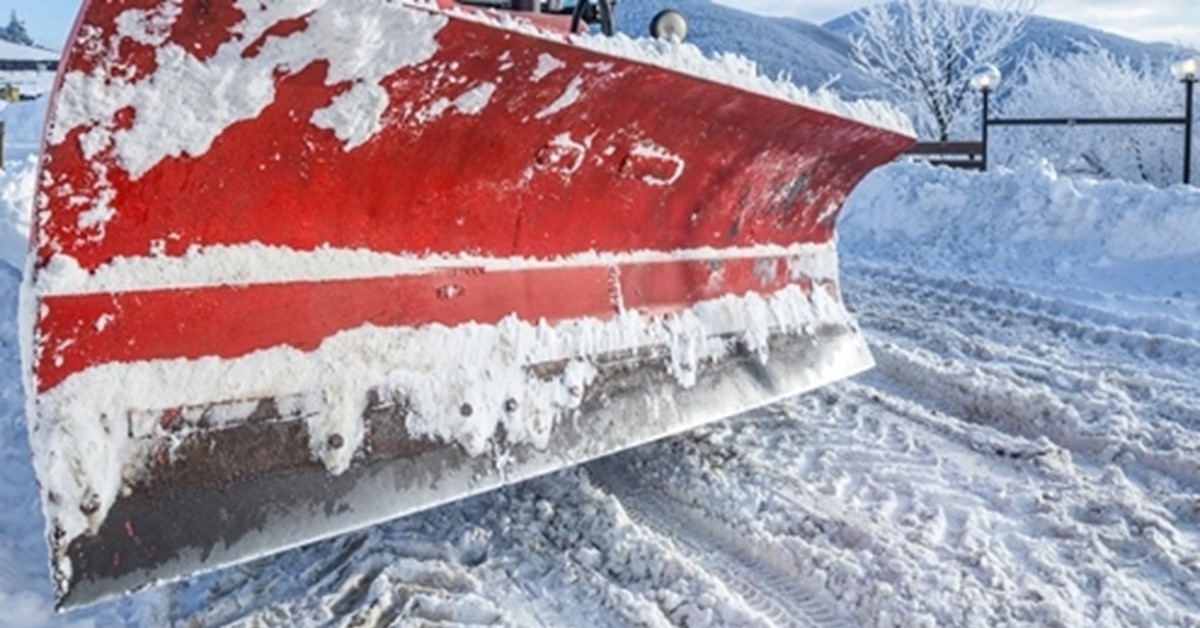
Snow Plowing Liability for Completed Operations
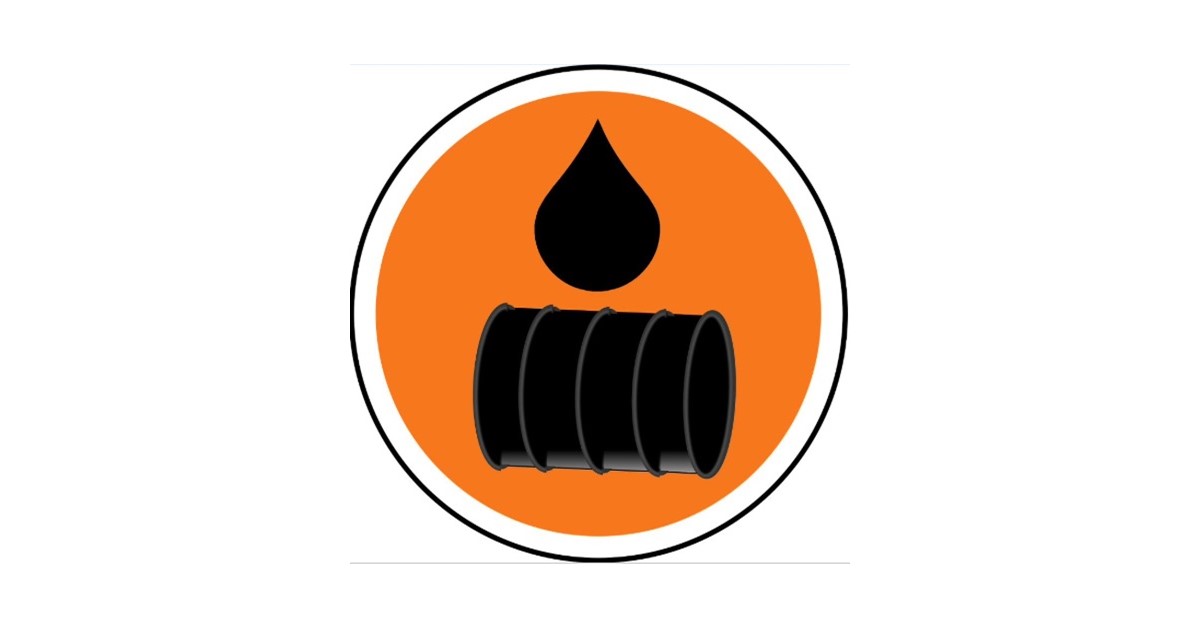
What is Oil Spill Clean-Up Coverage? Why You Should Have It.

Why You Need a Personal Umbrella Policy
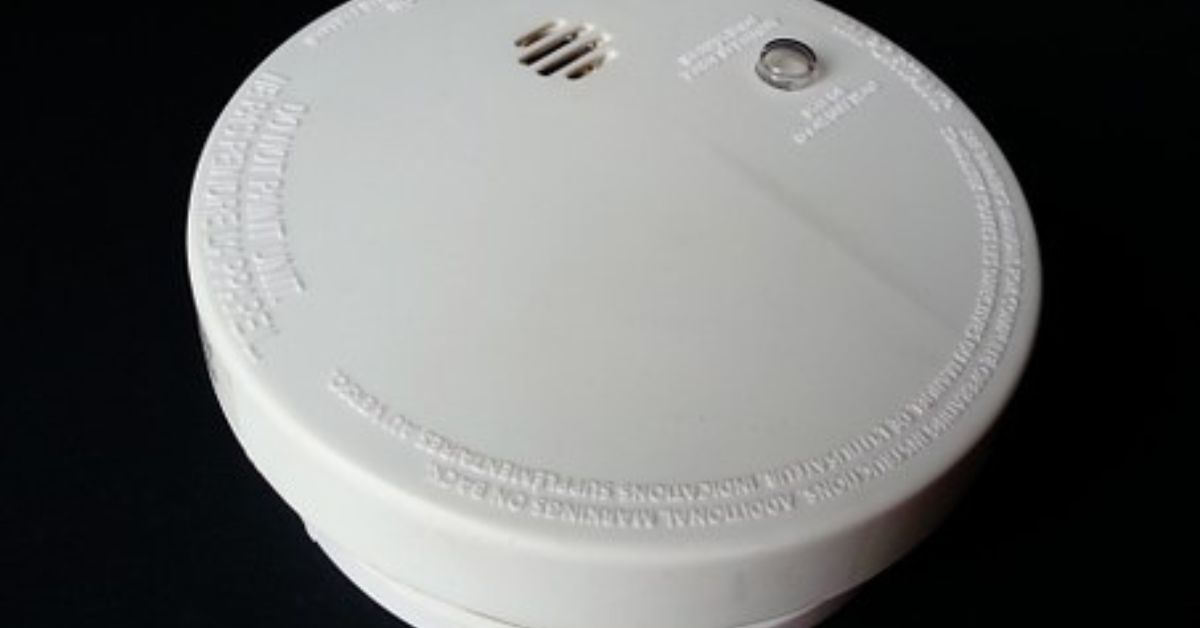
Daylight Savings Time…a Good Time to Check Alarms

Keys to Properly Insuring Your Home

Halloween Safety: Trick or Treat Tips

Halloween Safety: Home Safety Tips

Community & Volunteer-Related Liability Loss Exposures
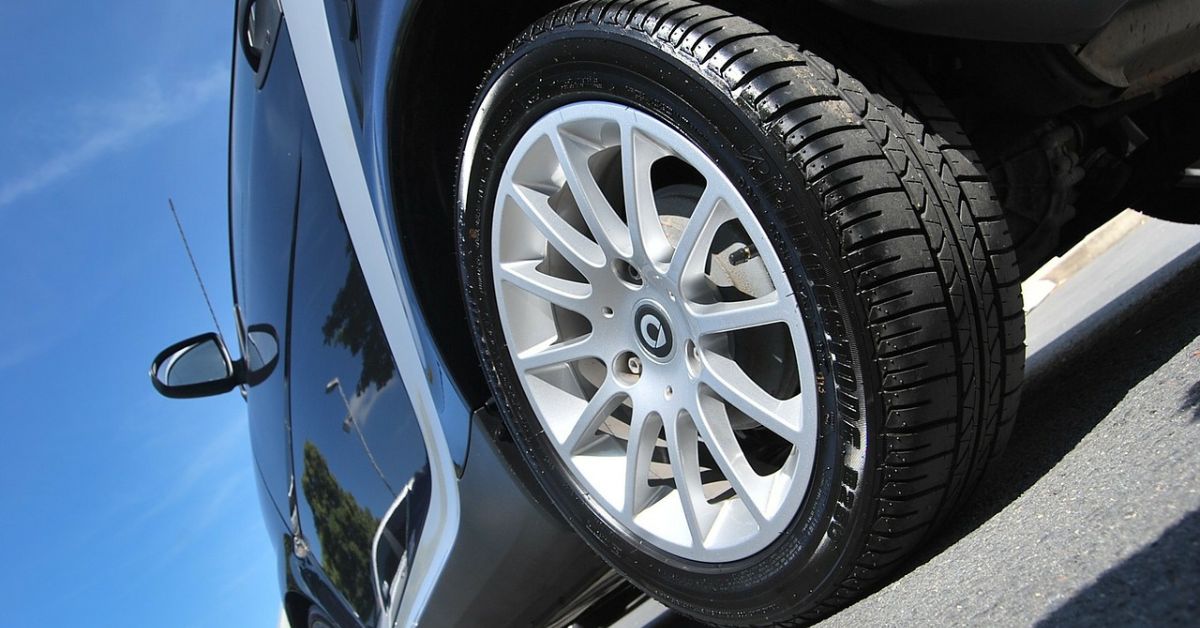
What is Gap Insurance?

Before You Say, I Don’t Need Renters Insurance..

Making Sure that Your Home is Properly Covered for a Disaster

U.S. Auto Insurer Claim Payouts Soar Due to Increasing Inflation

Home Winter Weather Preparation Tips

Steps to Take When Renewing Your Insurance

What’s the Difference Between Auto Policy Cancellation and Non-Renewal?

Avoid a Deer vs. Car Collision

Consequences of Late Insurance Payments

Understanding the Insurance Claims Payment Process

Alarming Number of Americans Unprepared for a Major Disaster

Sewer Backup & Sump Overflow: Storm Claims Q&A

Safe Driving Tips for Teens

What to Do When a Hurricane Threatens

Why Ordinance or Law Coverage Can Be Important for Home and Business Properties
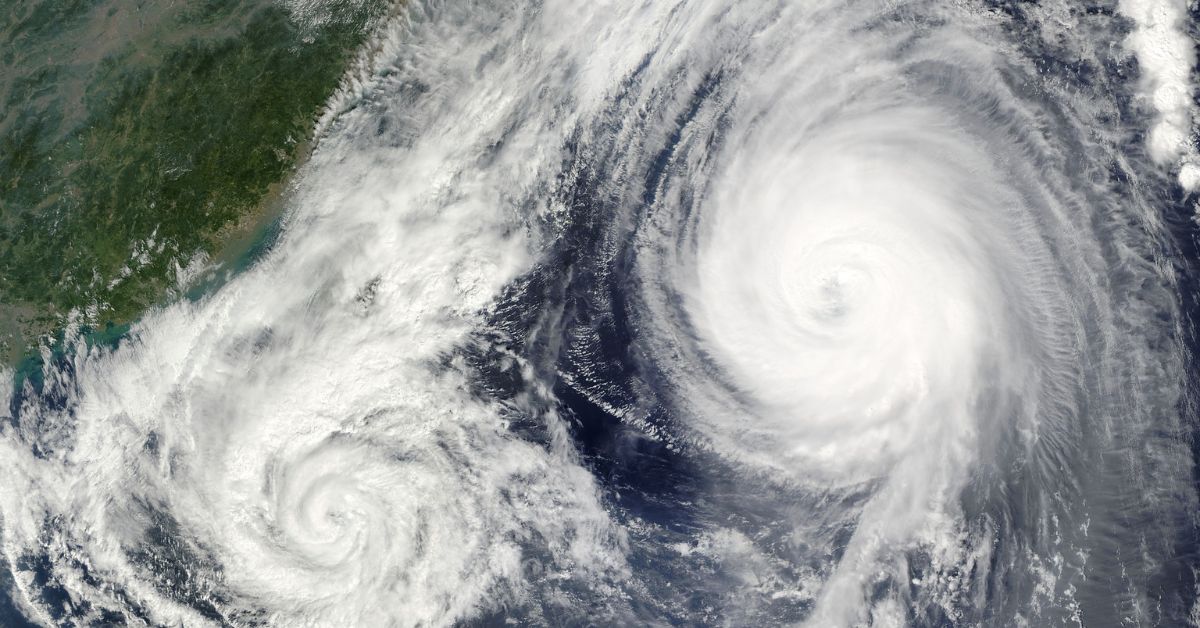
How to Keep Safe During a Hurricane

College Students: What You Should Know about Renters and Auto Insurance

Does my Home Insurance Cover Storm Damage?
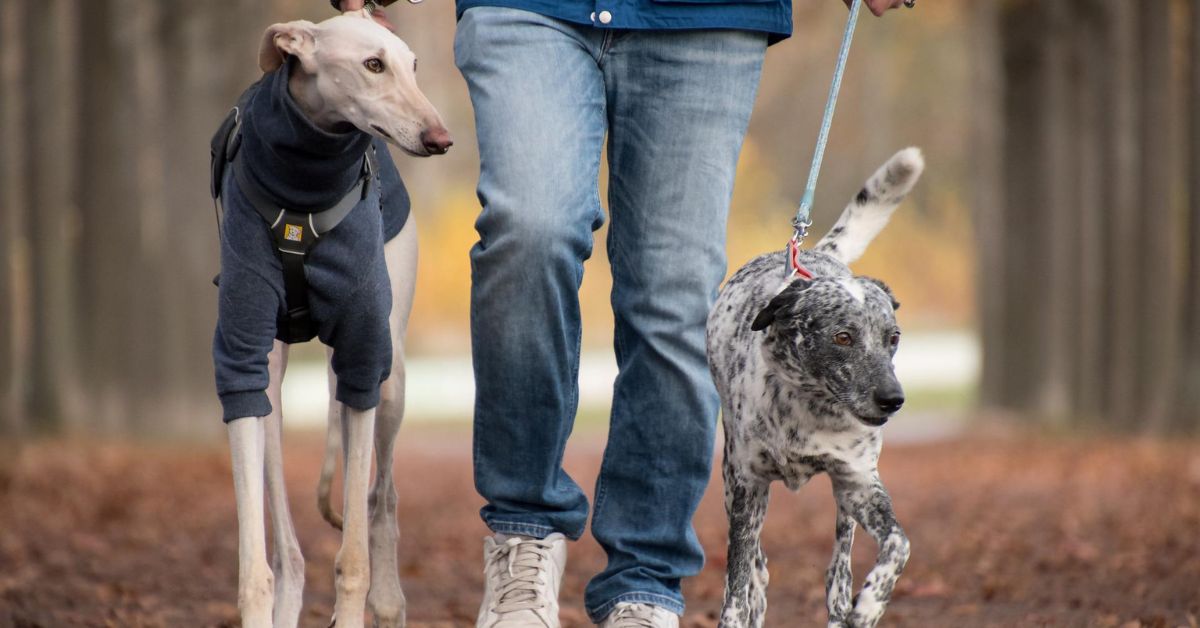
Liability and Safety Tips for Dog Owners

8 Smart Steps for Buying Life Insurance

Back to School – College Student Insurance Coverage Tips

Don’t be Confused about Multi-Policy Discounts

Cohabiters Have Unique Insurance Coverage Issues

Insuring a Leased Car
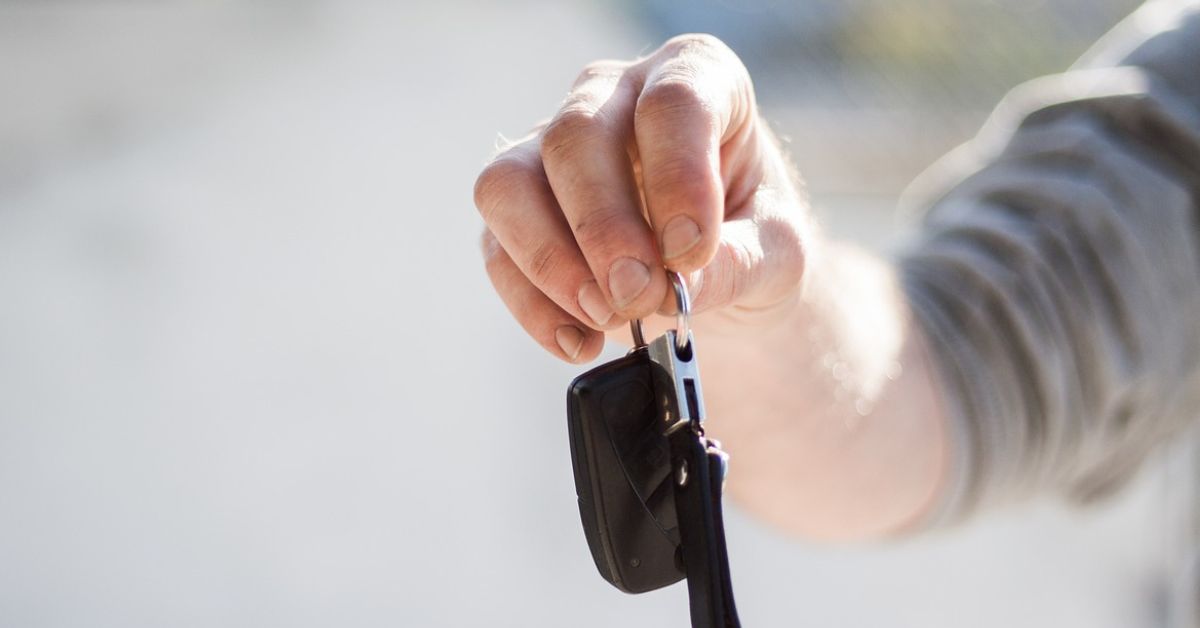
Auto Insurance for Teen Drivers

How to Prepare for Hurricane Season

Pool Safety

Self-Storage Facilities: Insurance and Safety Tips for Storing your Stuff
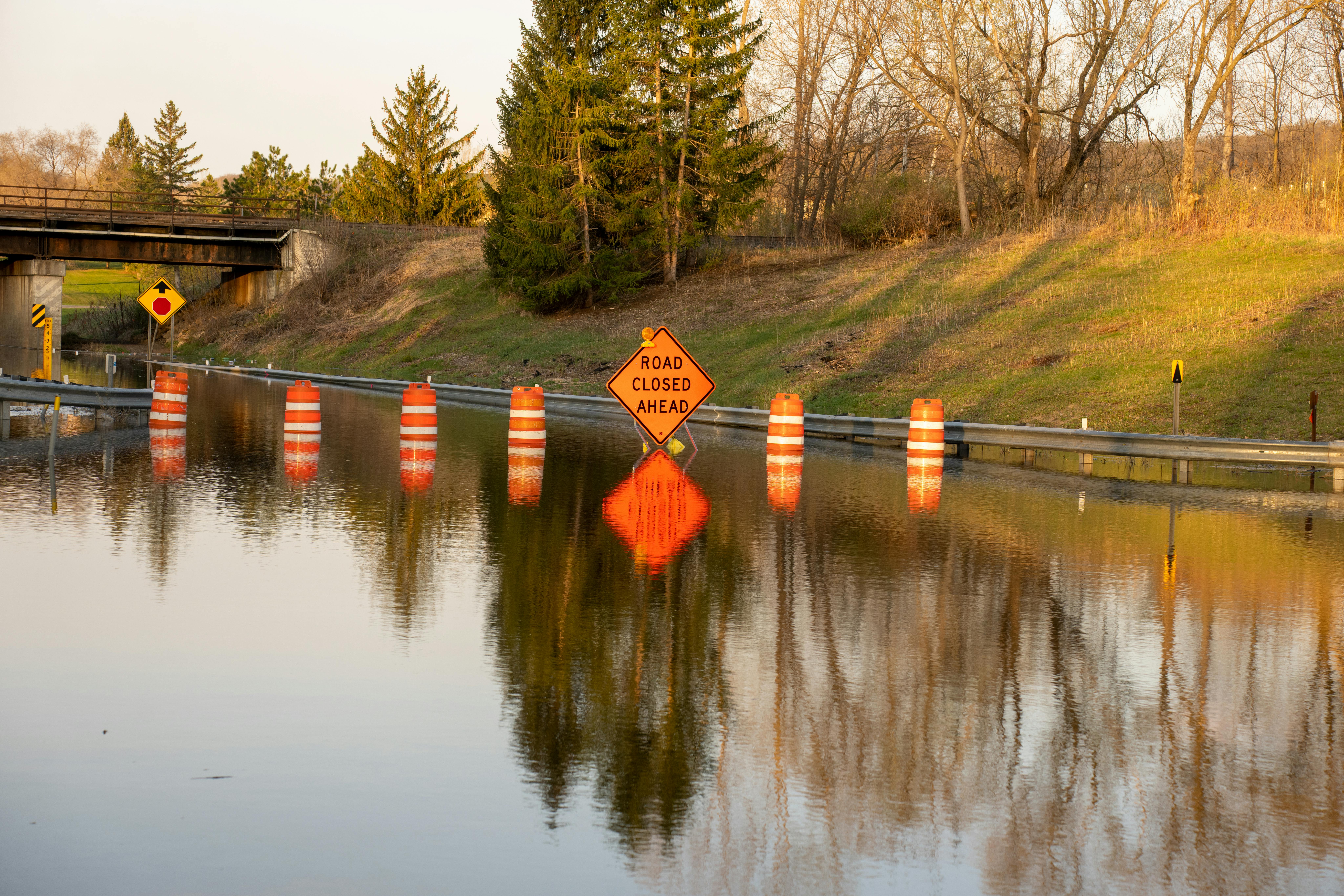
Flood Insurance: Storm Claims Q&A
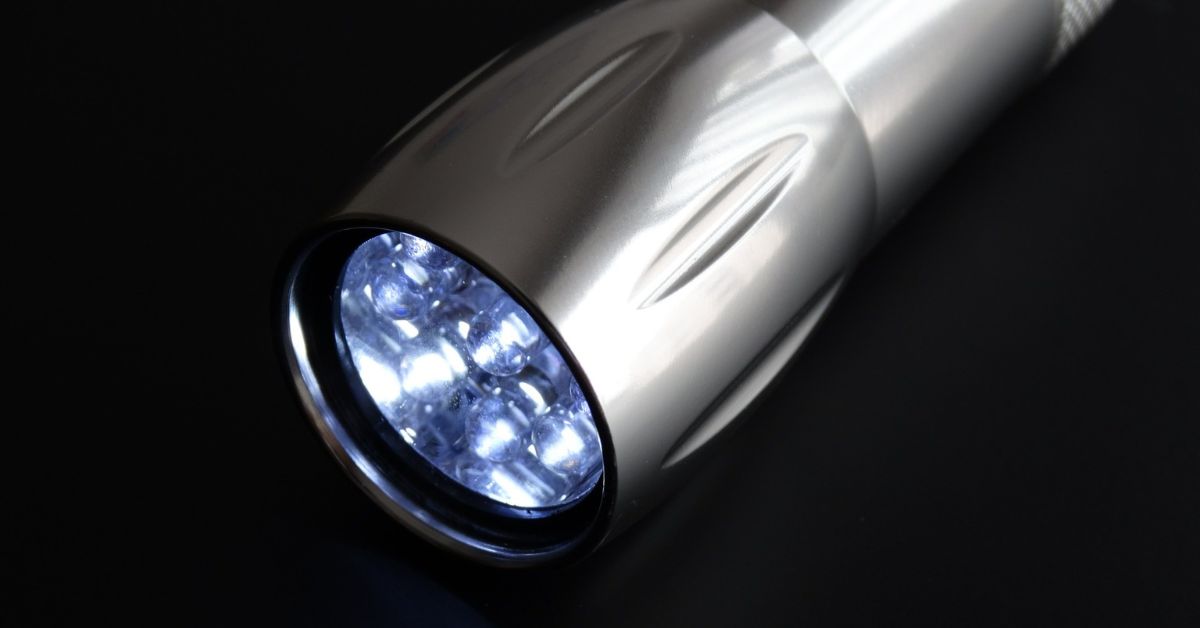
Prepare an Emergency Roadside Kit: Tips for Safe Driving

Fallen Trees: Storm Claims Q&A

Does Home Insurance Cover Mold?

Practice Good Driving Habits: Tips for Road Safety

Lightning Safety: 10 Myths—and the Facts

How Often Should I Review My Insurance Policy?

4th of July and Summer Fun Safety

Protect Your Kids: Tips for Safety In and Around Your Car

Safe Boating Checklist
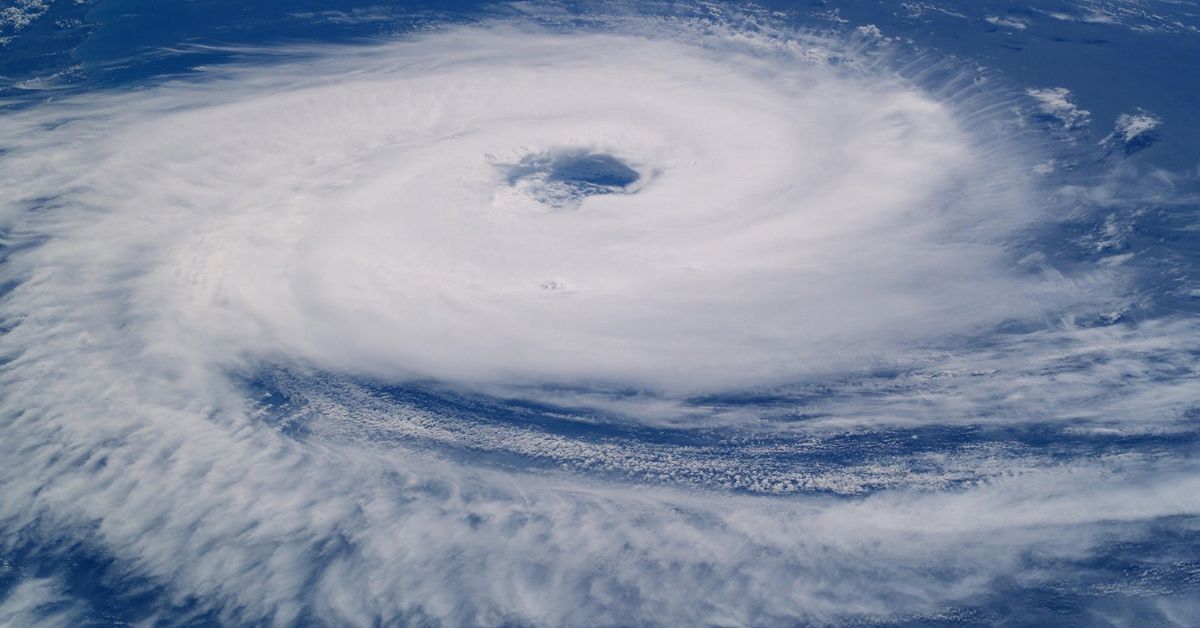
Atlantic Hurricane Season to Have ‘Near-Average’ Activity
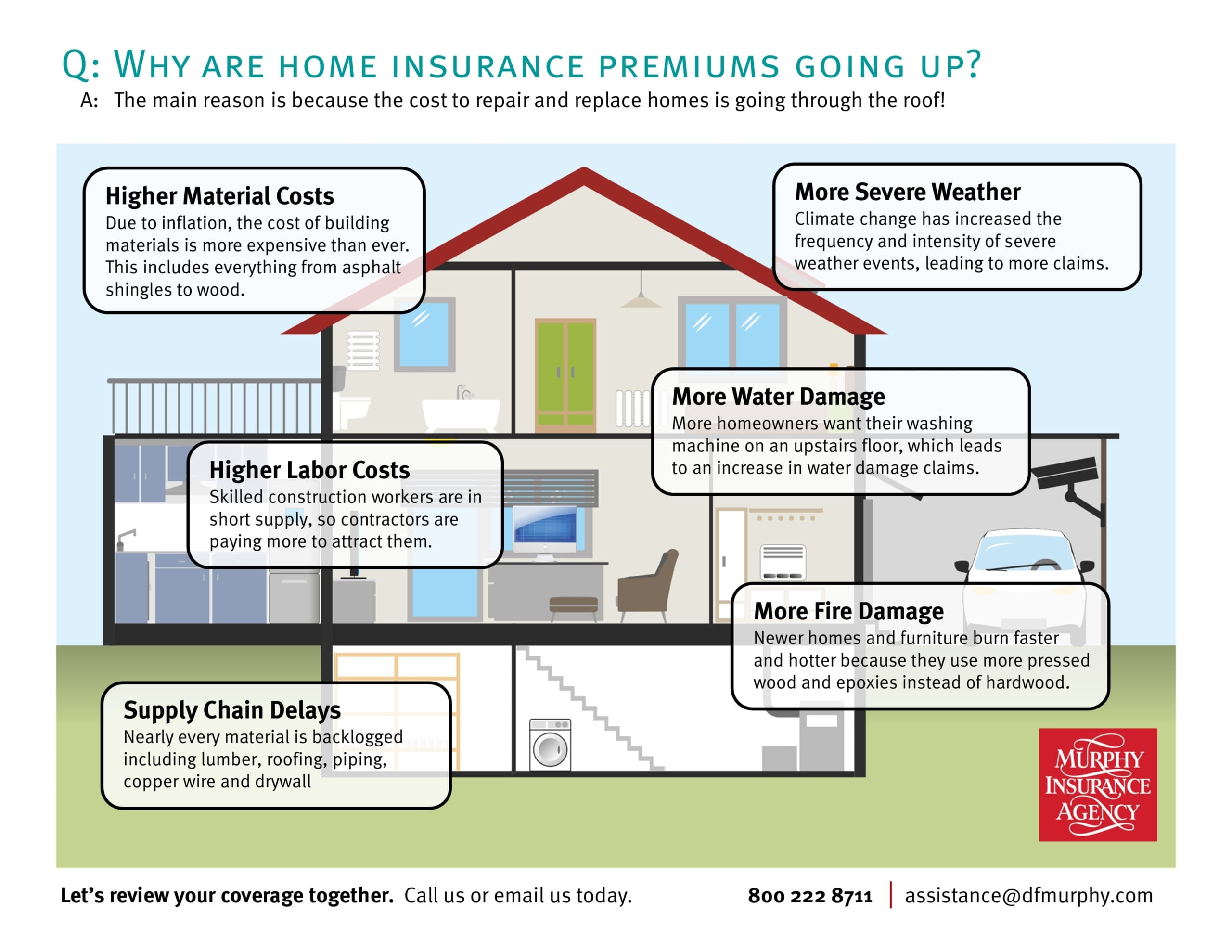
Why are Home Insurance Premiums Going Up?

Boat Insurance and Safety

Grilling Safely
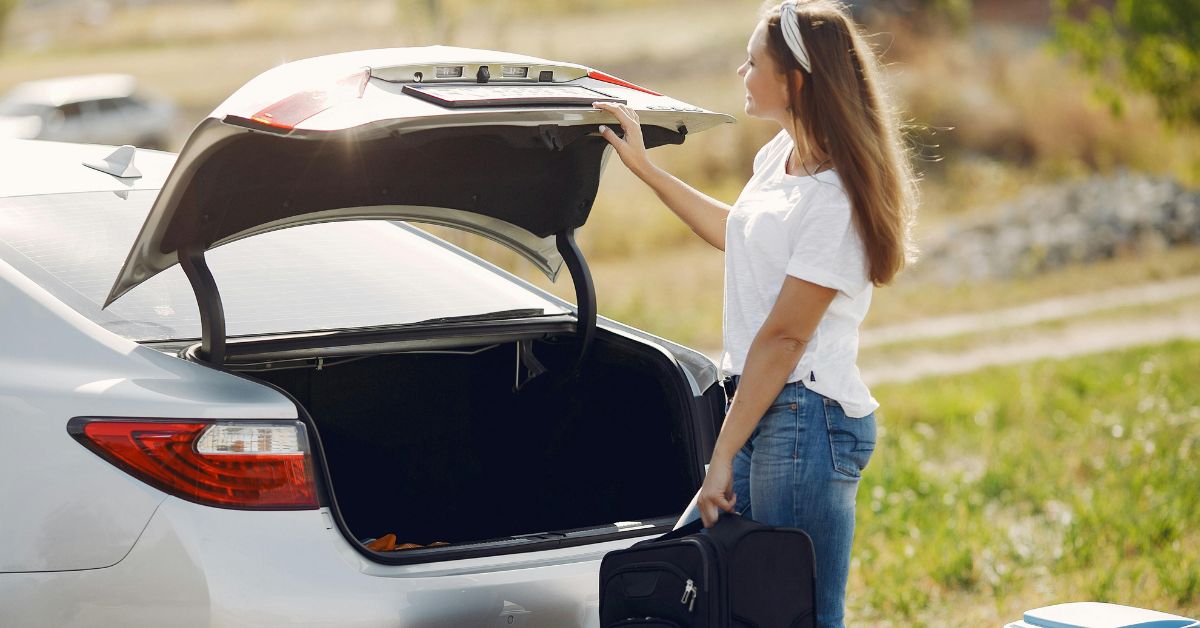
Before You Hit the Road: Tips for Vehicle Maintenance

Buying Disability Insurance

Motorcycles are Everywhere…Share the Road

Do You Really Know What You Have in Your House? Tips for Creating a Home Inventory

Car Care Tips

Cyclist Protection Tips

Hurricane Season Insurance Checklist
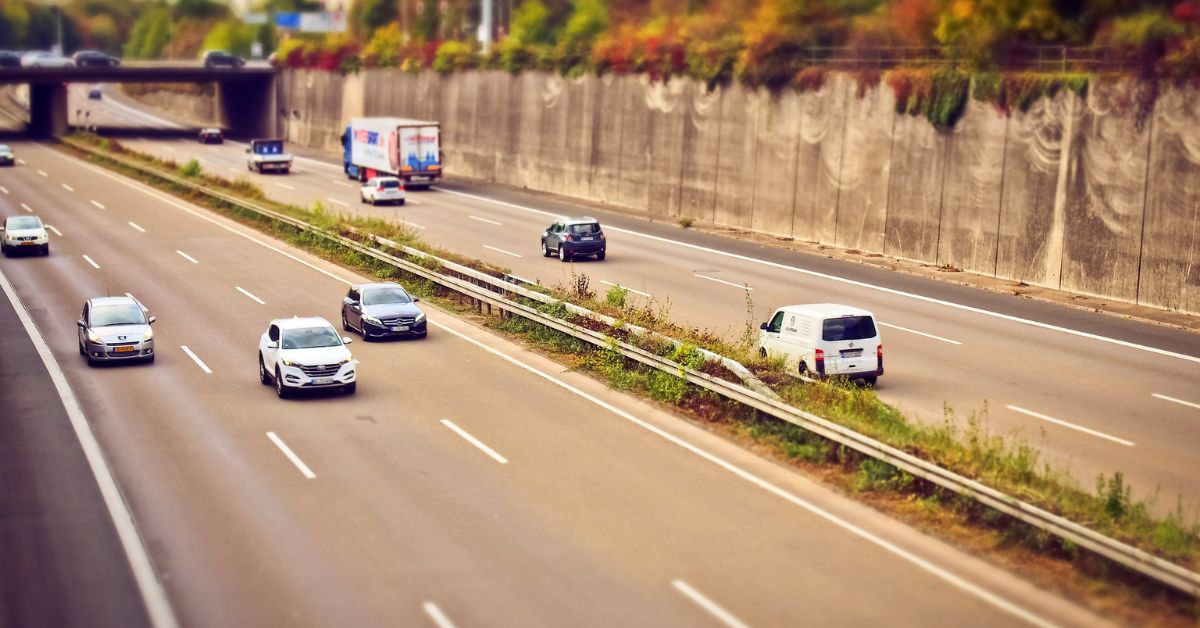
Does Your Auto Insurance Policy Cover a Rental Car While Traveling?

Weighing the Pros and Cons of Travel Insurance

Reasons to Purchase Permanent Life Insurance

Spring Cleaning for Your Insurance Policies: Update and Eliminate

Mitigate your Sewer Back-Up Loss Exposure

April is Distracted Driving Awareness Month

10 Tips for What to Do at an Accident Scene

Insurance Checklist for Getting your Motorcycle Back on the Road

Protect Yourself Before, During & After a Blizzard
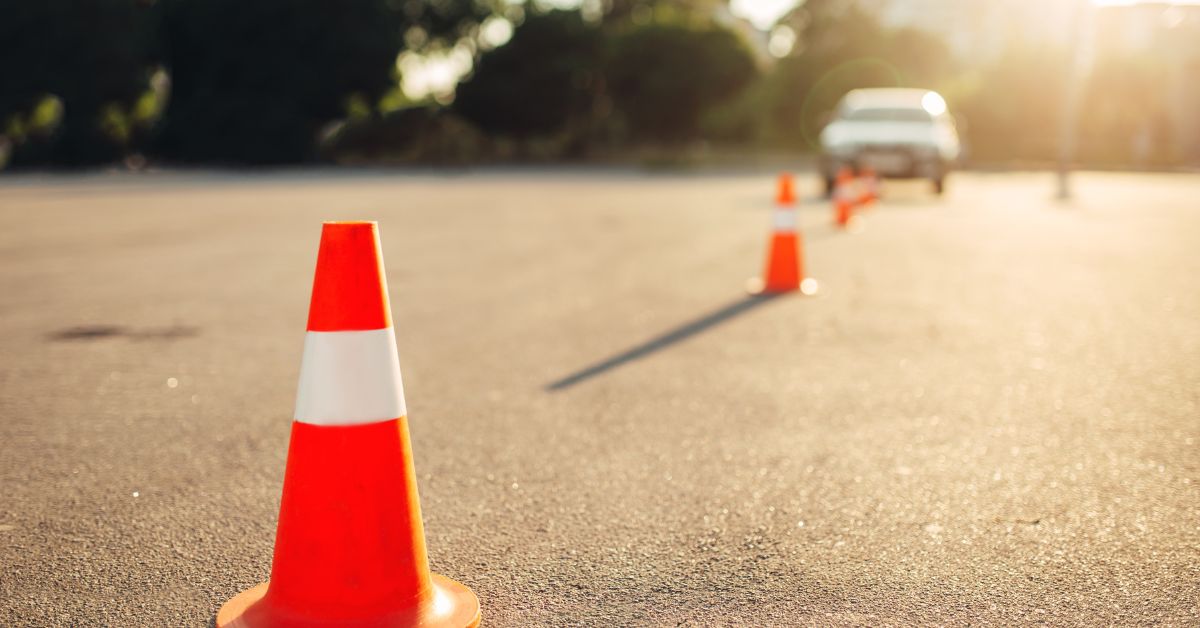
In Control Advanced Driver Training Program

New Year Traditions and Superstitions
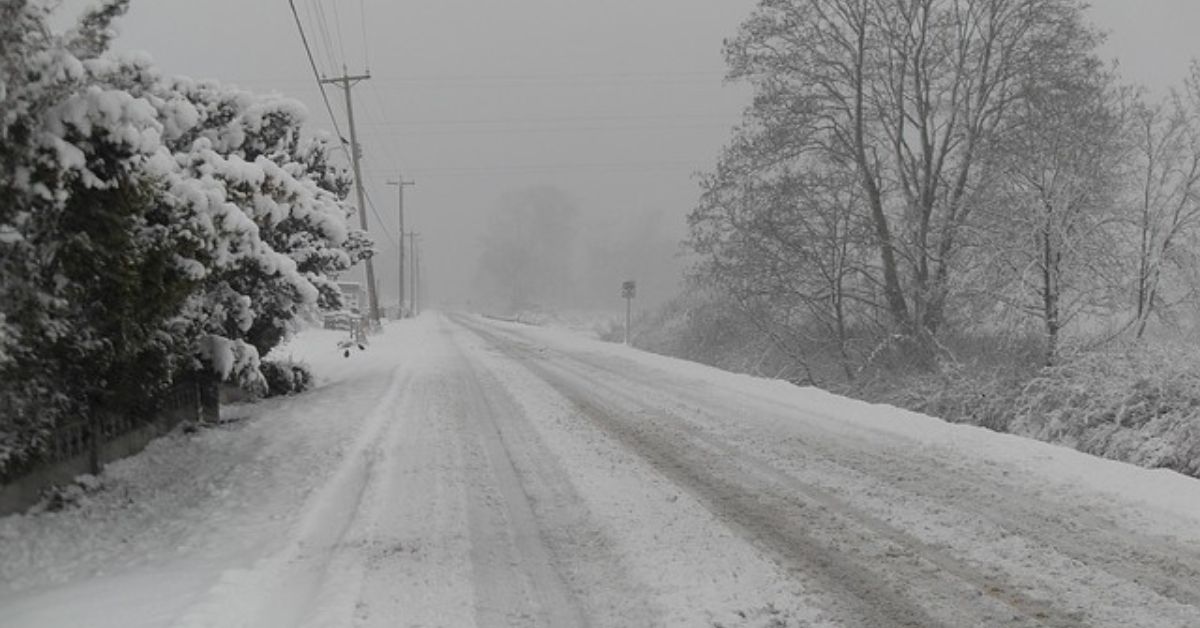
10 Tips for Safe Winter Driving

Start Your Engines – MA Low Plate Lottery 2022

How to Stop Receiving Mail Addressed to a Deceased Person
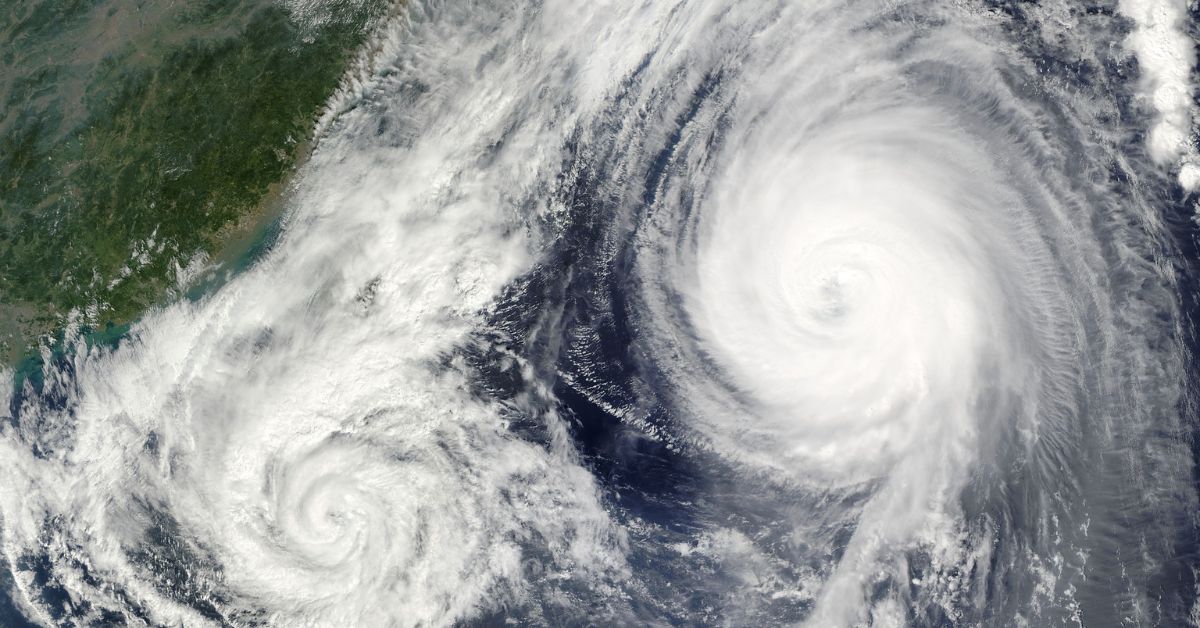
2022 Atlantic Hurricane Season Forecast to be ‘Above-Normal’
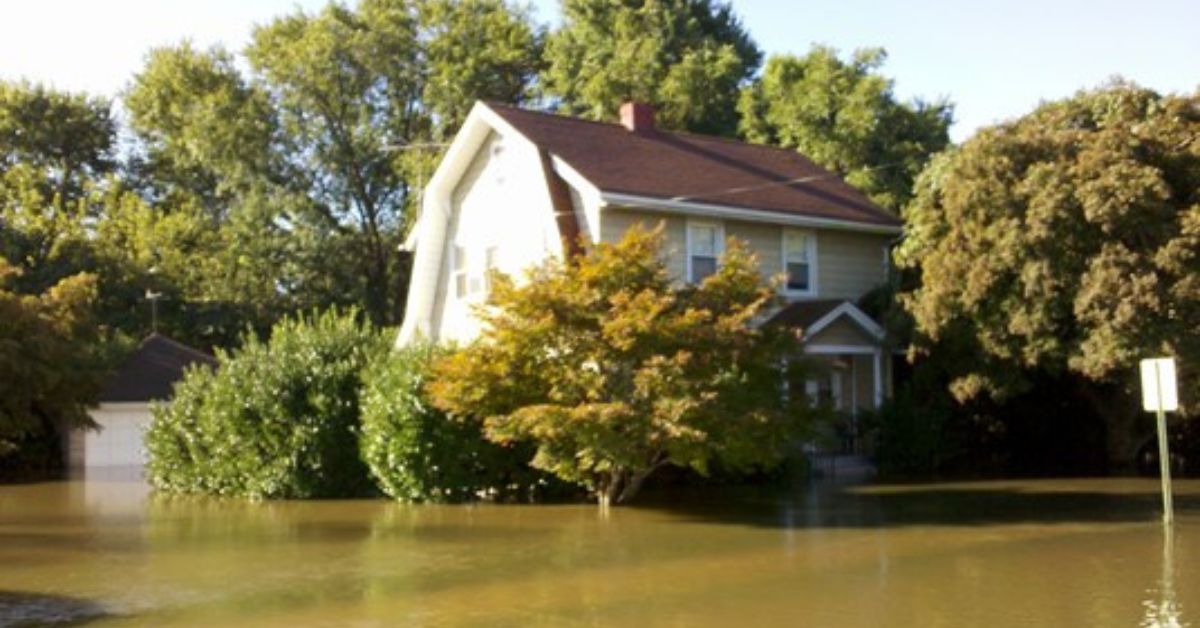
Flood Insurance Issues for Home Buyers & Sellers

How to Prevent Ice Dams
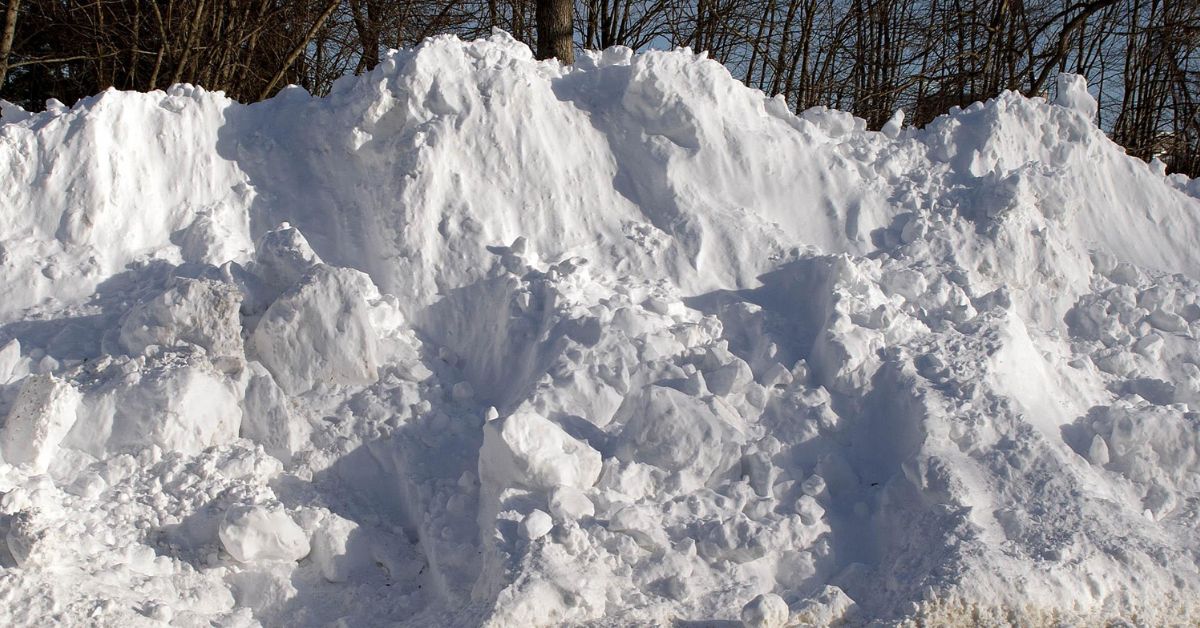
Prevent Flooding from Snow Melt
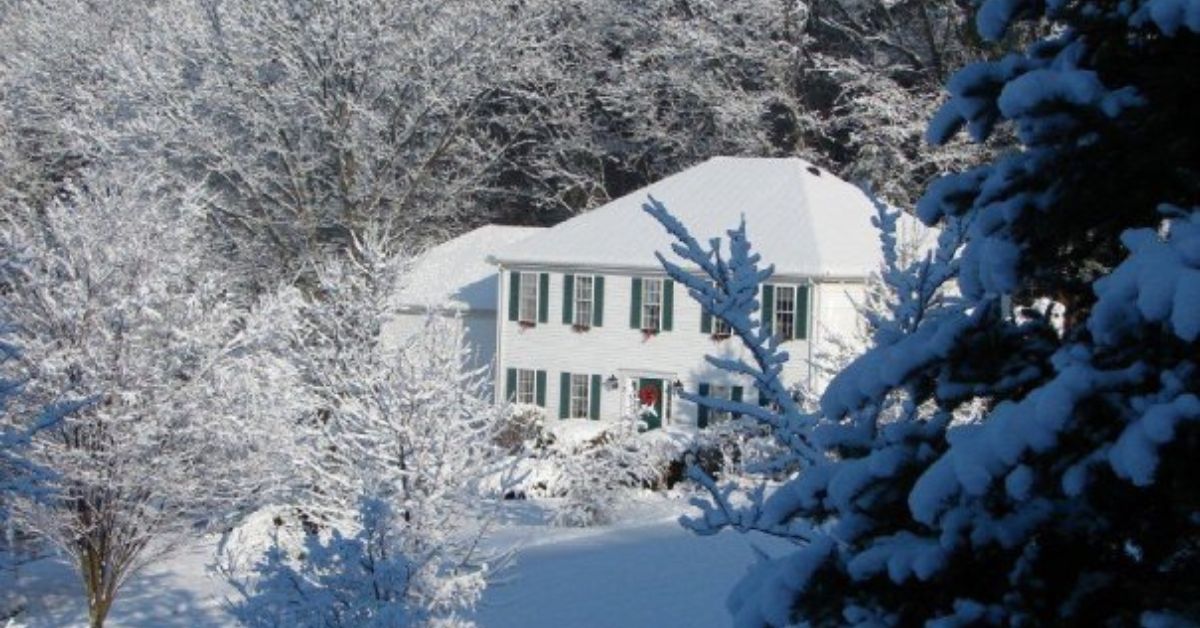
Is Your House Properly Winter-Proofed? Good Maintenance Can Prevent Damage to Your Home

Take the Scream Out of Halloween by Having the Right Type and Amount of Insurance Coverage

COVID Lessons About Life and Insurance

Mass RMV’s Low Plate Lottery For 2021…Deadline August 27

Hurricane Season to Have ‘Above-Average’ Activity

Murphy Insurance Offices Open to Visitors on June 1, 2021

Massachusetts RMV Extends Designated Wednesday Appointment Hours for Customers 75 Years of Age or Older Through February & March

Toys for Tots 2020 Needs Your Help!

Havoc Caused by Ghosts, Goblins and Halloween Trickers is Covered by Homeowners and Renters Insurance

Prepare Your Home for Old Man Winter

COVID-19 Update Message from Dennis Murphy Regarding RMV Backlog
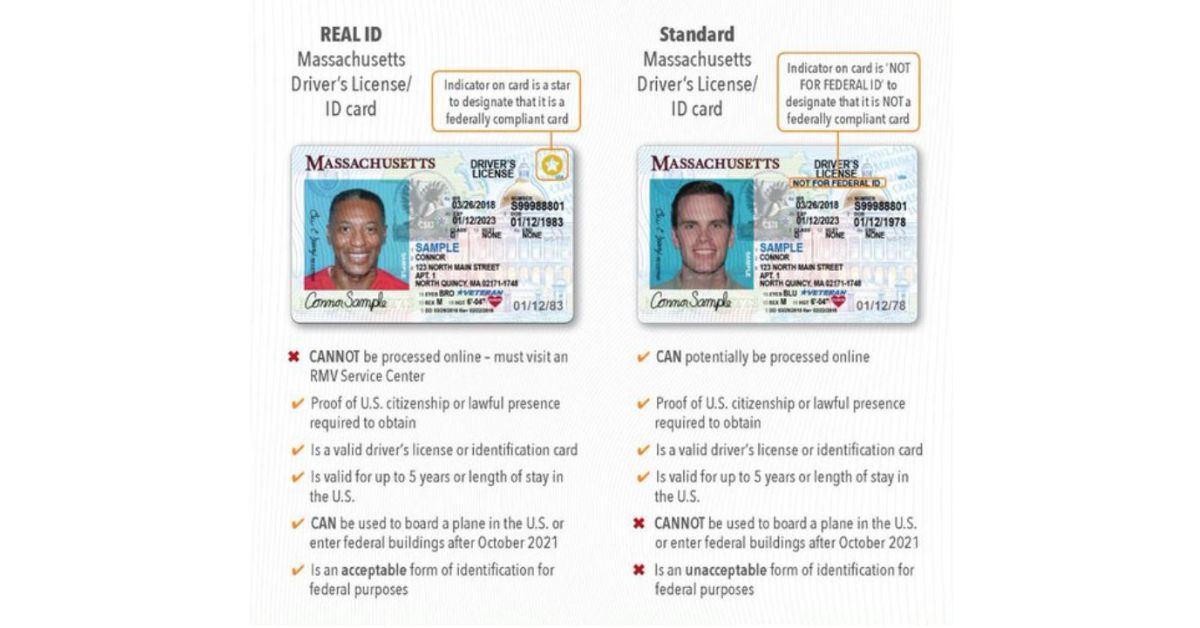
MA RMV: Online Renewals for Standard Driver’s Licenses & ID Cards in 2020

Insuring Your Classic Car
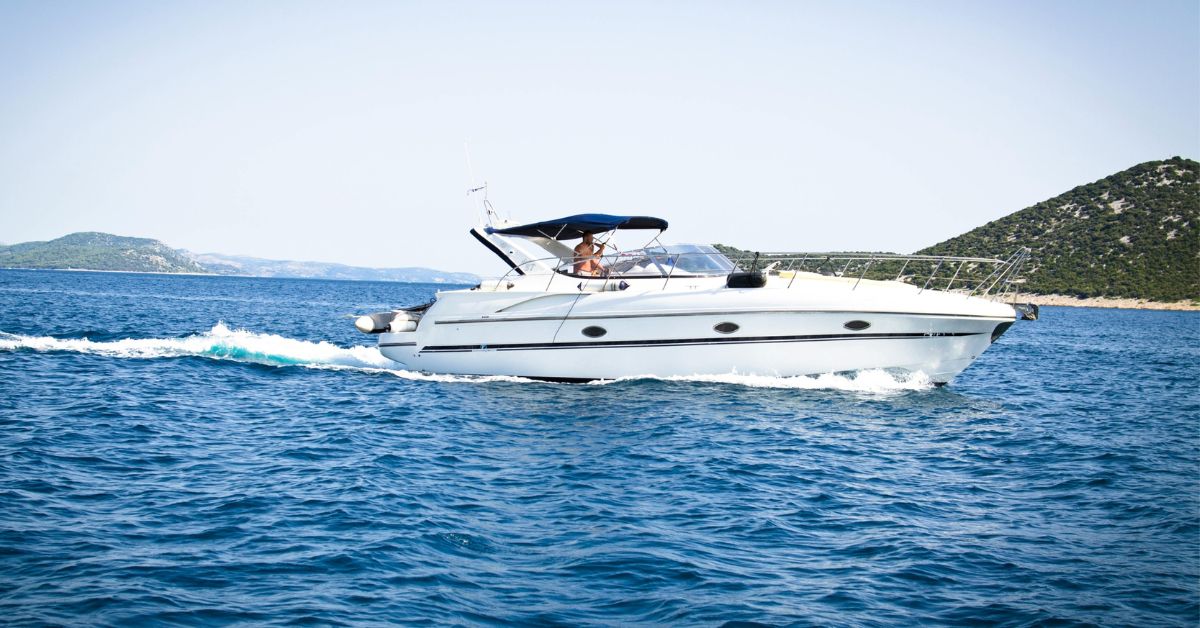
Boat Insurance – Make Sure You’re Covered on the Water

Massachusetts Phased Reopening Starting May 18: No Immediate Changes to Agency Services

Personal Auto Insurance COVID-19 Premium Return

Auto Insurance Issues Created by COVID-19 Crisis: Deliveries & Students Home Early

COVID-19 FAQs: Premium Payments & RMV Questions

COVID-19 – Insurance Related FAQs

COVID-19 Update: Agency is Open, but Offices Closed to Visitors

COVID-19 Coronavirus Notice

New Massachusetts Hands-Free Cell Phone Driving Law: What You Need to Know

5 Tips for Disaster-Free Festivities

Safe Travels on Thanksgiving

Toys for Tots Drive 2019…Please Donate by December 10

Why You Should Have Oil Spill Clean-Up Coverage

Carbon Monoxide Detectors…It’s the Law!

Tricks for Making your Halloween Party a Safe One

Deer Collision Risk Peaks in November and December

Social Host Liability: Serving Alcohol at a Party? Be a Responsible Host

Motorcycles: Properly Insuring Your Bike

Stay Safe: Don’t Let an Accident Ruin Your Fun Out on the Water
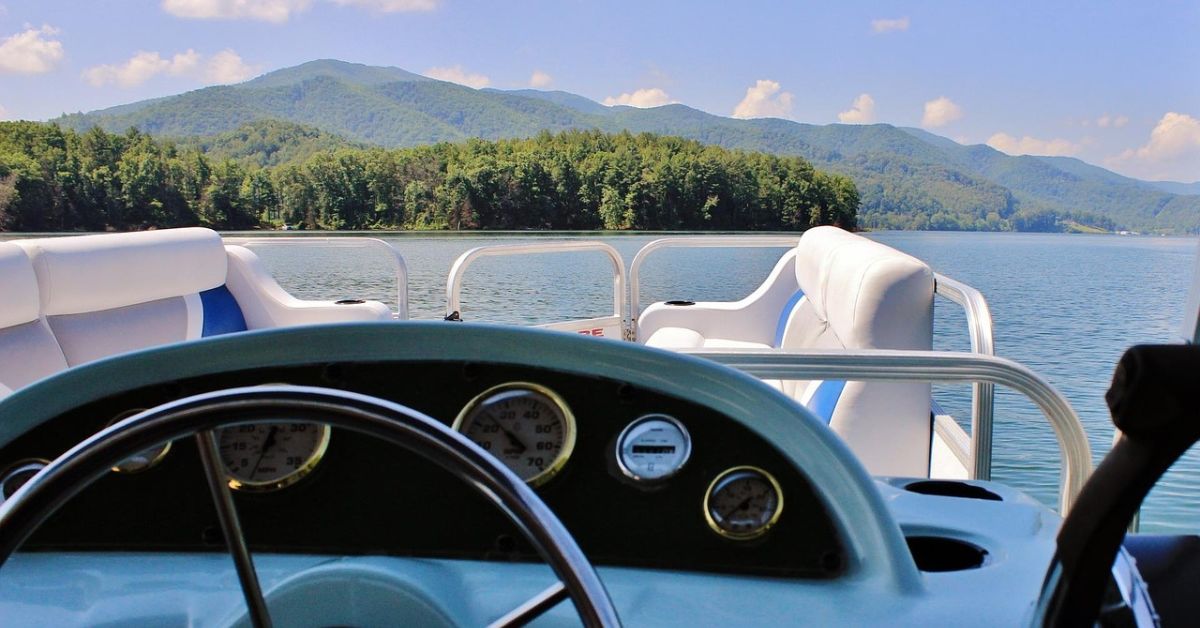
Is the Protection You Have for Your Watercraft Underwater?
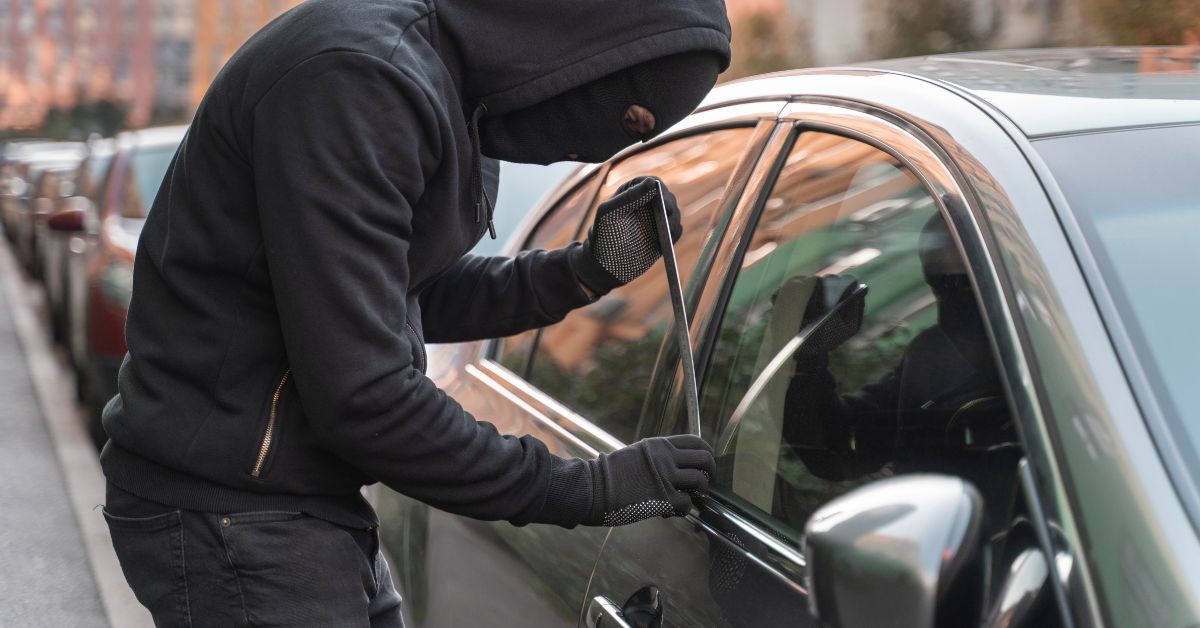
Top 10 Most Frequently Stolen Vehicles 2017

12 Steps for Locating a Lost Life Insurance Policy
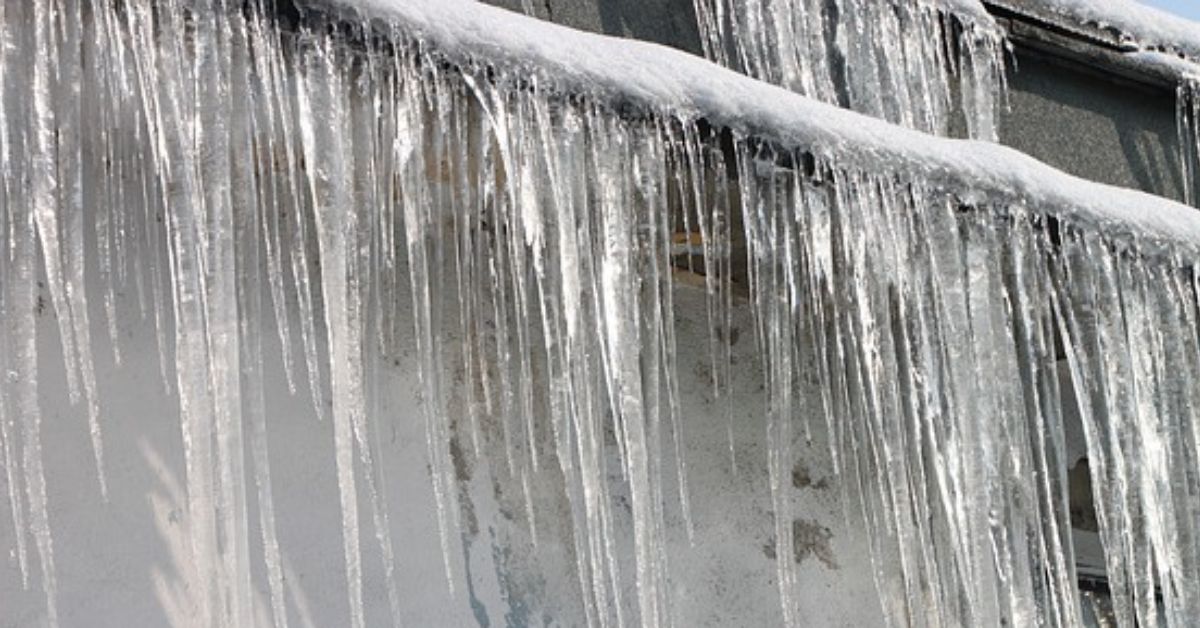
How To Protect Your Home From Water Damage

Understanding Your Insurance Deductibles

5 Tips for Solid Auto Insurance Coverage
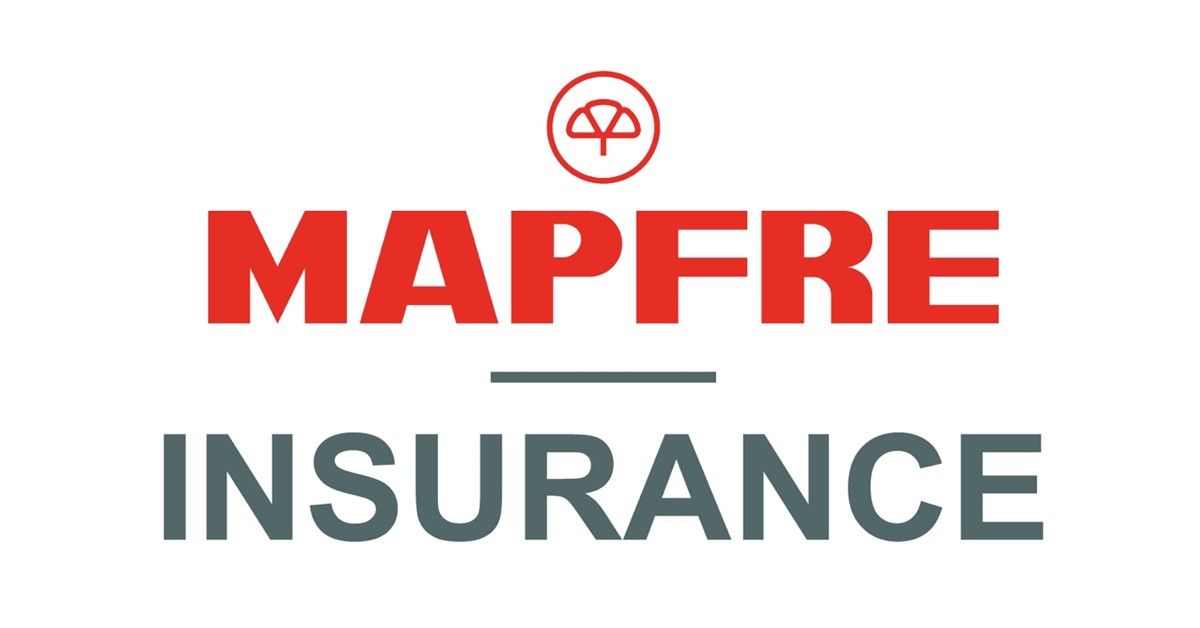
Proud to be a MAPFRE agent! MAPFRE Insurance named auto insurance #1 Best Value in MA

How Often Should Jewelry or Other Scheduled Valuable Appraisals be Updated?

E-Signature Via DocuSign Makes Doing Business With Us Even More Convenient

MA RMV Closed and No RMV Services For 3 Days Starting March 22 at 7PM
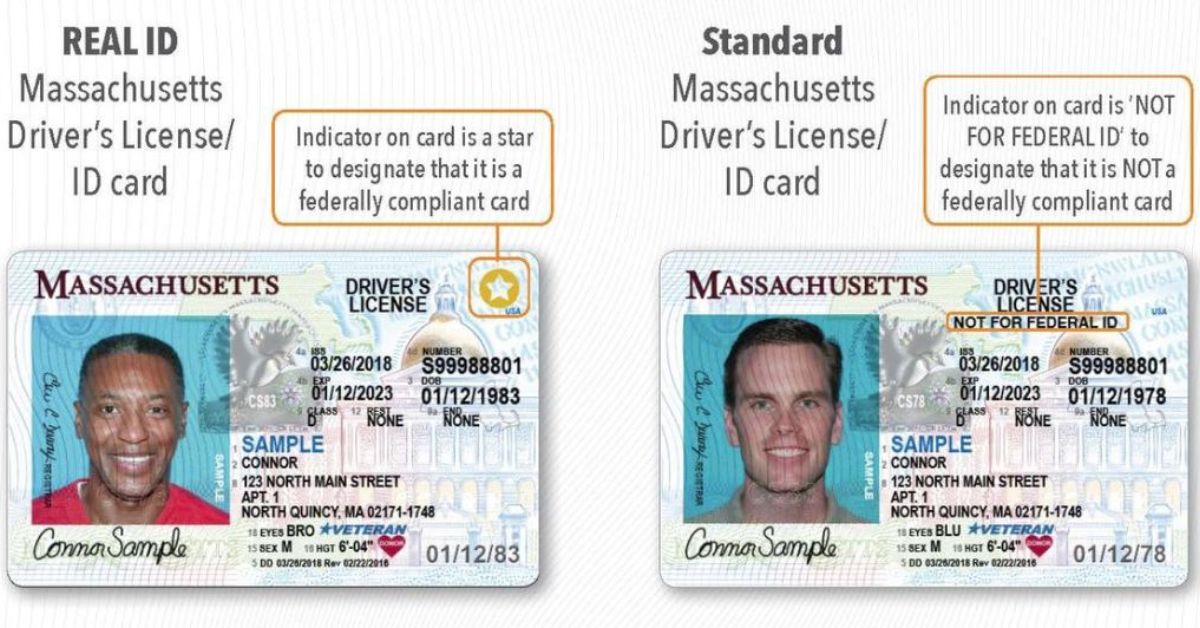
New MA Real ID & Driver’s License Documentation Requirements Starting March 26, 2018
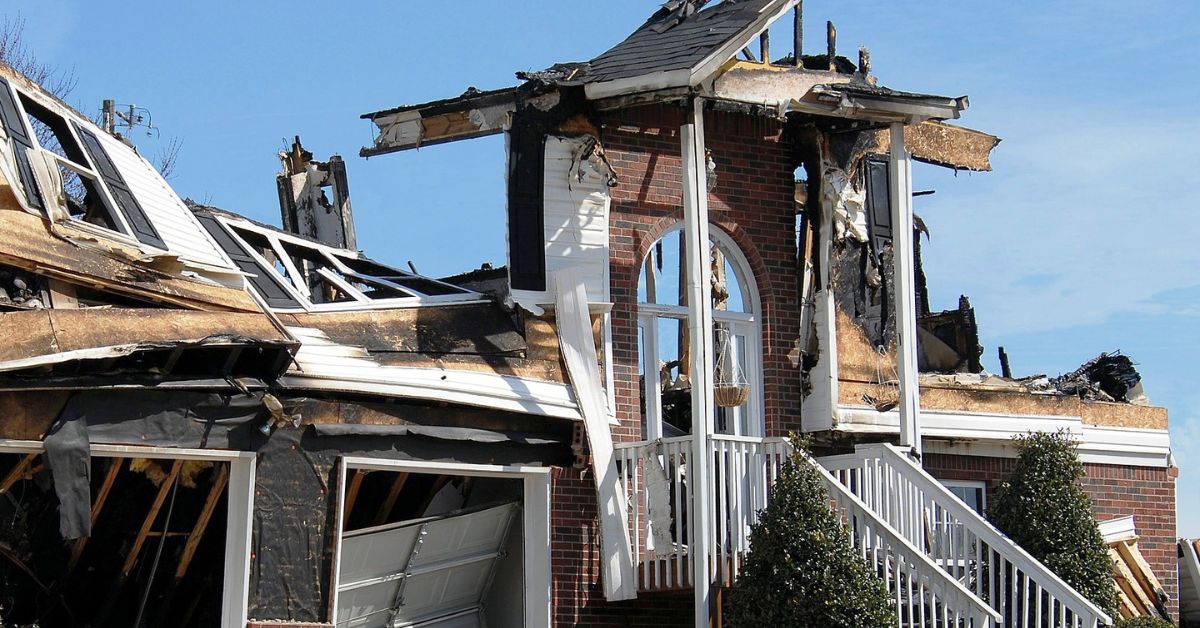
Settling Insurance Claims After a Disaster

Who We Are…Learn a Little More About Murphy Insurance

What Affects the Cost of Your Auto Insurance?

Court Hearing Filing Fee Refunds for Civil Motor Vehicle Infractions

Meet Our Toys for Tots Champion…Dawn Penzone

We’re Celebrating Our 80th…Stop by December 5th – 7th

Toys for Tots Drive 2017…Please Donate by December 11

Thanks and Please Be Safe In the Kitchen & On the Road

Equifax Breach – Freezing Your Credit May Impact Your Insurance

Uber, Lyft and Other TNC Drivers…New Endorsement Covers Insurance Gap
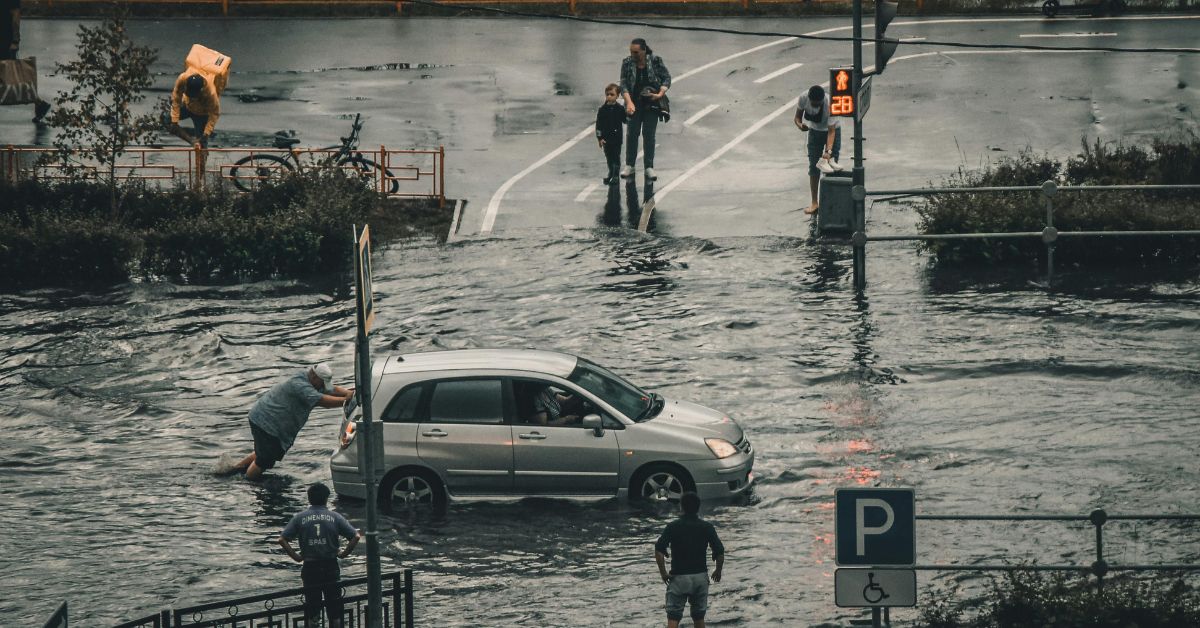
Flood Cars: How to Avoid Purchasing a Washed-Up Vehicle

80 Years Young…80 Years Strong
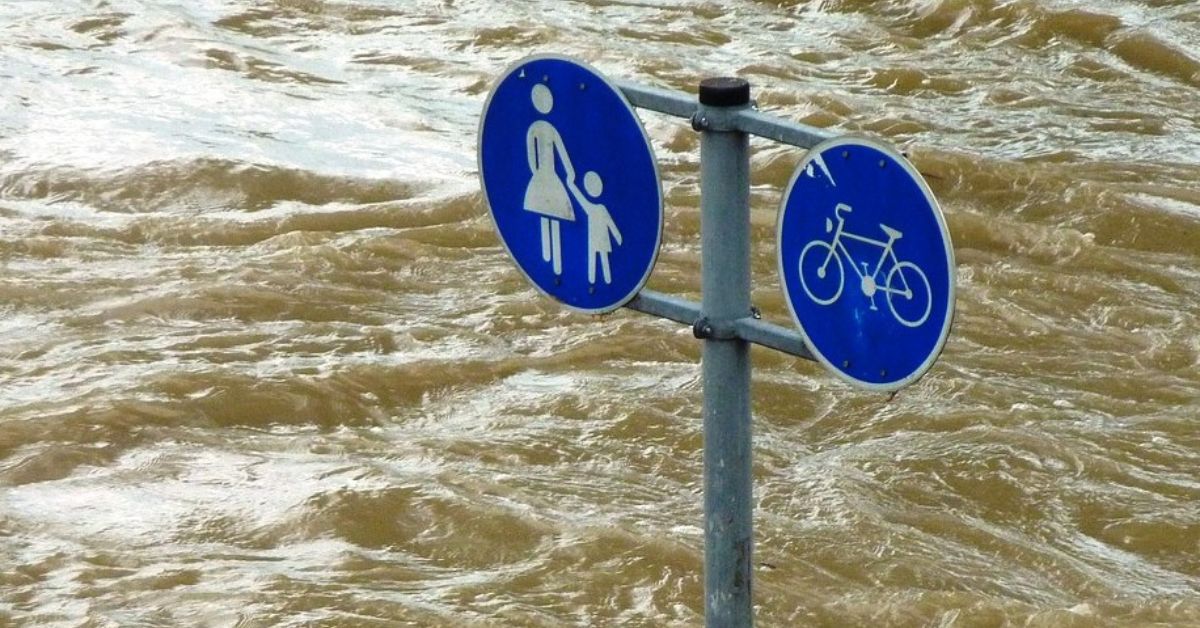
In Case of a Flood

6 Tips to Mitigate Potential Water Damage

Insurance for Uber, Lyft and Other TNC Drivers – Close the Gaps
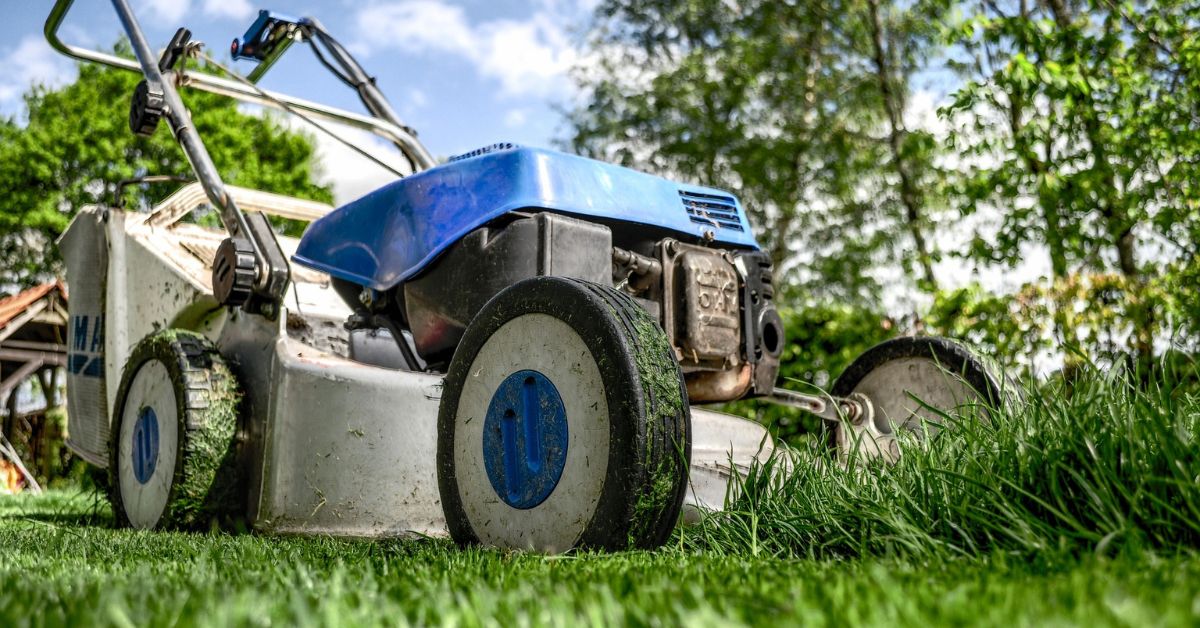
Lawnmower Safety

Update – Movie Filming in Downtown Hudson, May 2017

Hollywood Comes To Hudson…May 2017
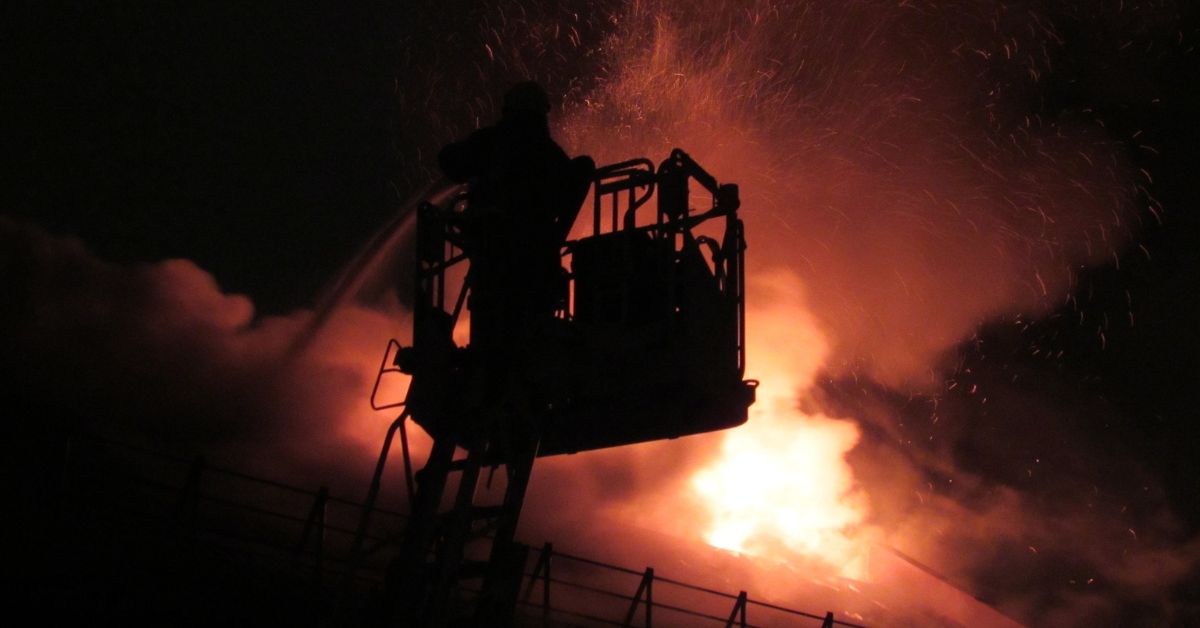
There’s a Fire at Your Apartment. Are You Insured?

Be Careful what you “Say” Online… Cyber Libel

NFPA Encourages Prompt Disposal of Christmas Trees and Safe Removal of Lights

All Electronic Tolling on Mass Pike – October 28
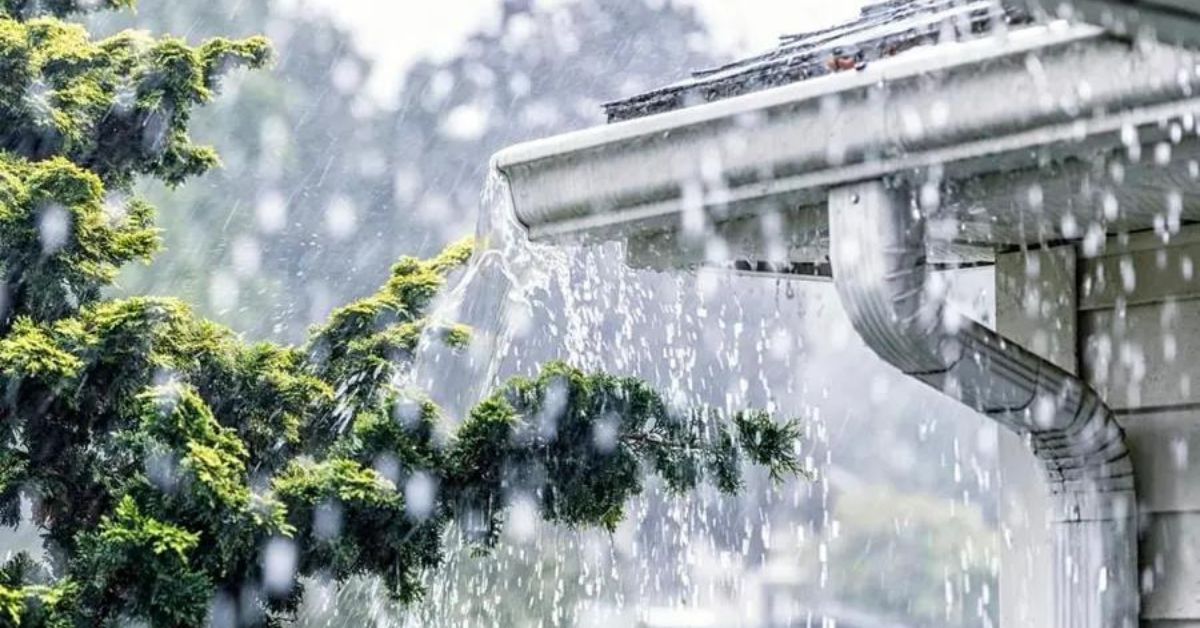
Summer Storm Resources to Help Mitigate Risks

Pokémon Go App Takes Millions of Players to Exciting New Worlds; Insurance Can Help Make Those Worlds (and This One) Safer
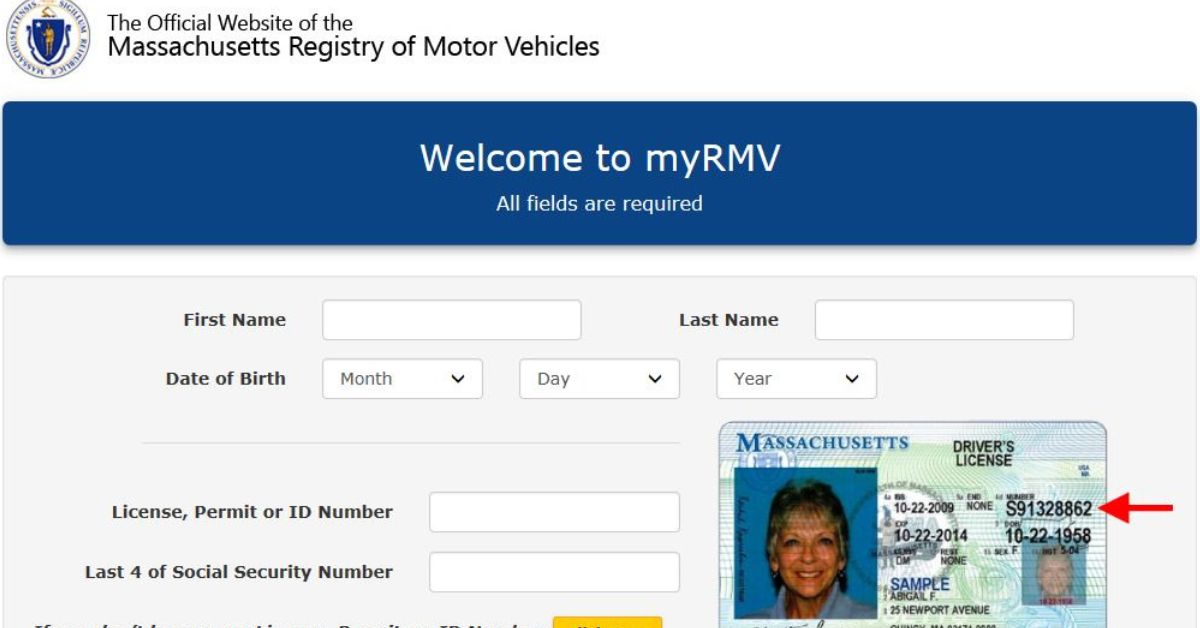
MA RMV Announces myRMV Web Feature

Cover Personal Injury Loss Exposures

Massachusetts 2016 Low Number License Plate Lottery Applications Now Being Accepted
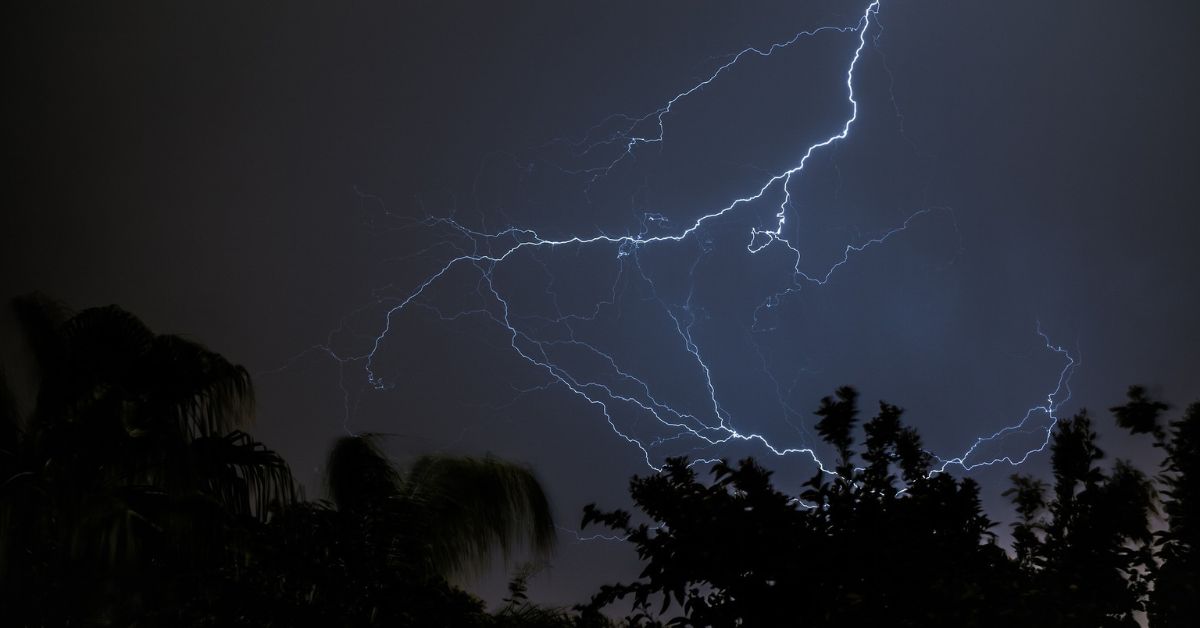
Be Lightning Safe…Include a Lightning Protection System in your Building or Remodeling Plans
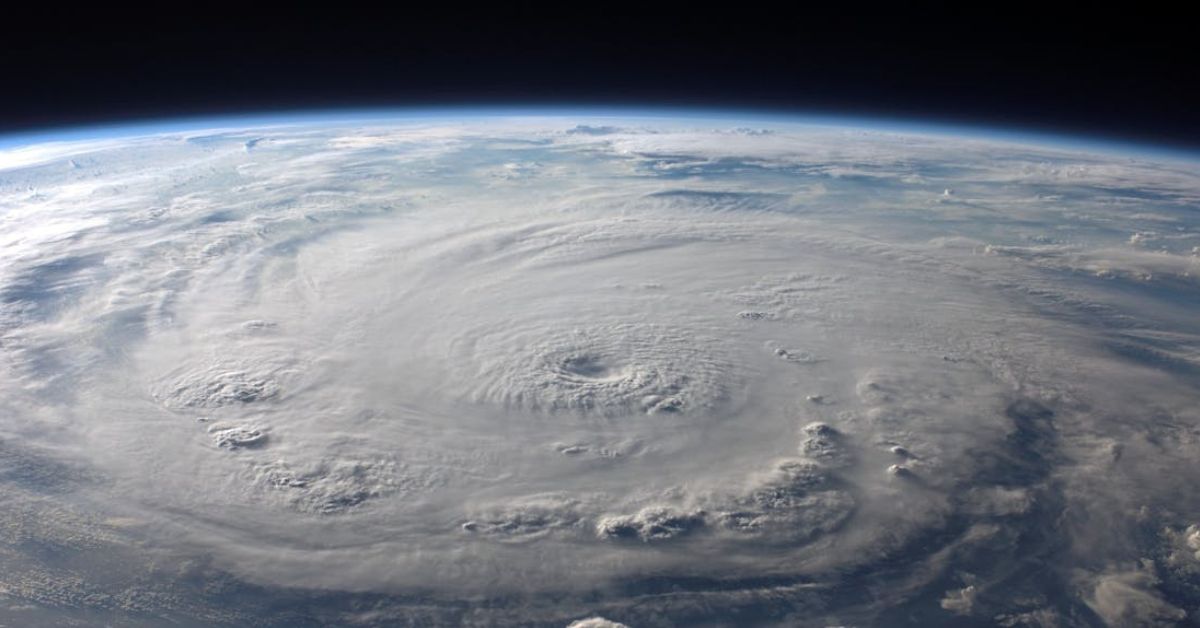
2016 Hurricane Season is Here, Be Prepared

Mitigate Rental Property Coverage Gaps
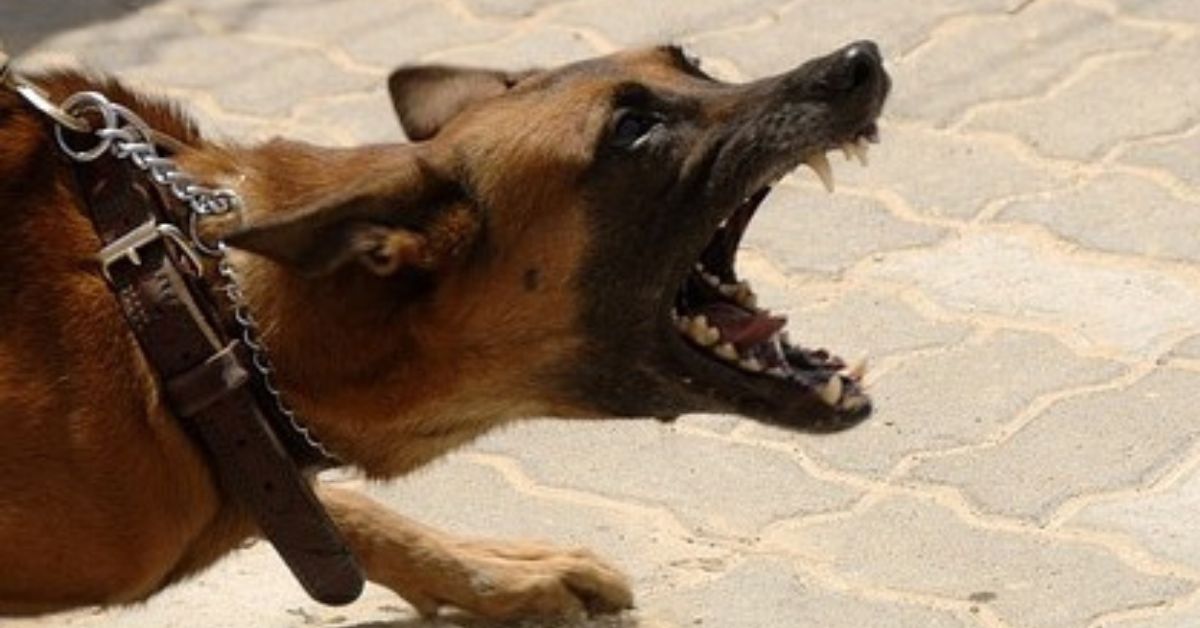
Dog Bites Accounted for More than 1/3 of All Homeowner Liability Payouts Last Year

Why You Need Uninsured Motorists Coverage

Home Insurance Checklist…Getting the Best Value
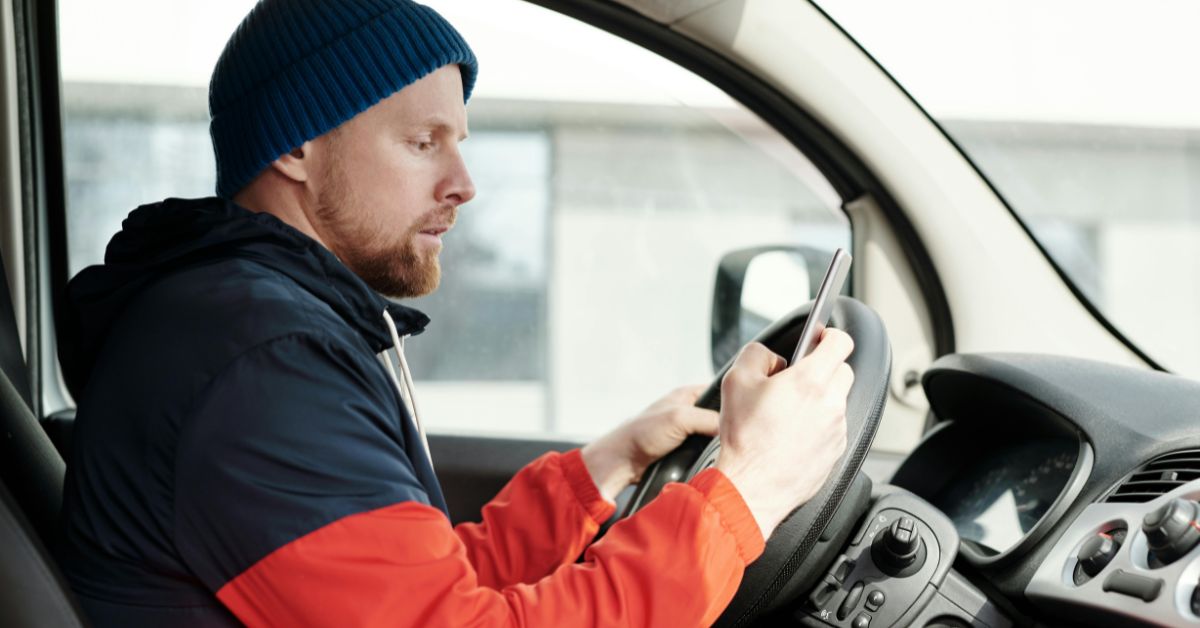
House to Consider Legislation Regulating Transportation Network Companies for Ride-for-Hire

Be Aware of Uber and Airbnb Insurance Gaps

Managing Insurance Costs…Understanding Deductibles, Frequency and Severity

Murphy’s Corner…Delivering Value For You

Fending Off Home Burglars

Get Proper Protection for your Home Business
 https://www.dfmurphy.com/wp-content/uploads/Untitled-design-2024-05-08T102825.106.jpg
628
1200
Murphy Insurance
https://dfmurphy.wpenginepowered.com/wp-content/uploads/Murphy-Insurance-Logo-Header.jpg
Murphy Insurance2015-12-31 09:00:412025-02-18 10:46:33MA RMV Announces Grace Period for December 2016 Registration Renewals
https://www.dfmurphy.com/wp-content/uploads/Untitled-design-2024-05-08T102825.106.jpg
628
1200
Murphy Insurance
https://dfmurphy.wpenginepowered.com/wp-content/uploads/Murphy-Insurance-Logo-Header.jpg
Murphy Insurance2015-12-31 09:00:412025-02-18 10:46:33MA RMV Announces Grace Period for December 2016 Registration Renewals
Are You Covered When You Borrow Someone’s Car?

Establish Online Precautions and Rules for Kids

Bump Up that Deductible!

Exercise Care on Freeways
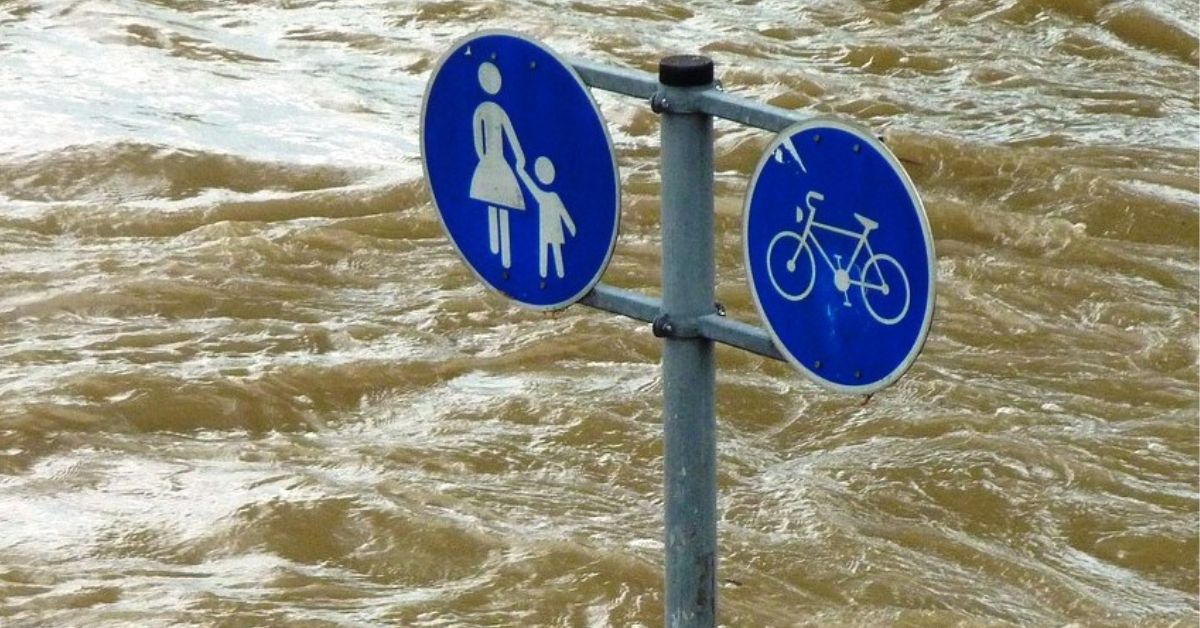
It’s Peak Hurricane Season…Are You Financially Prepared?

Avoid Those Cell Phones While Driving
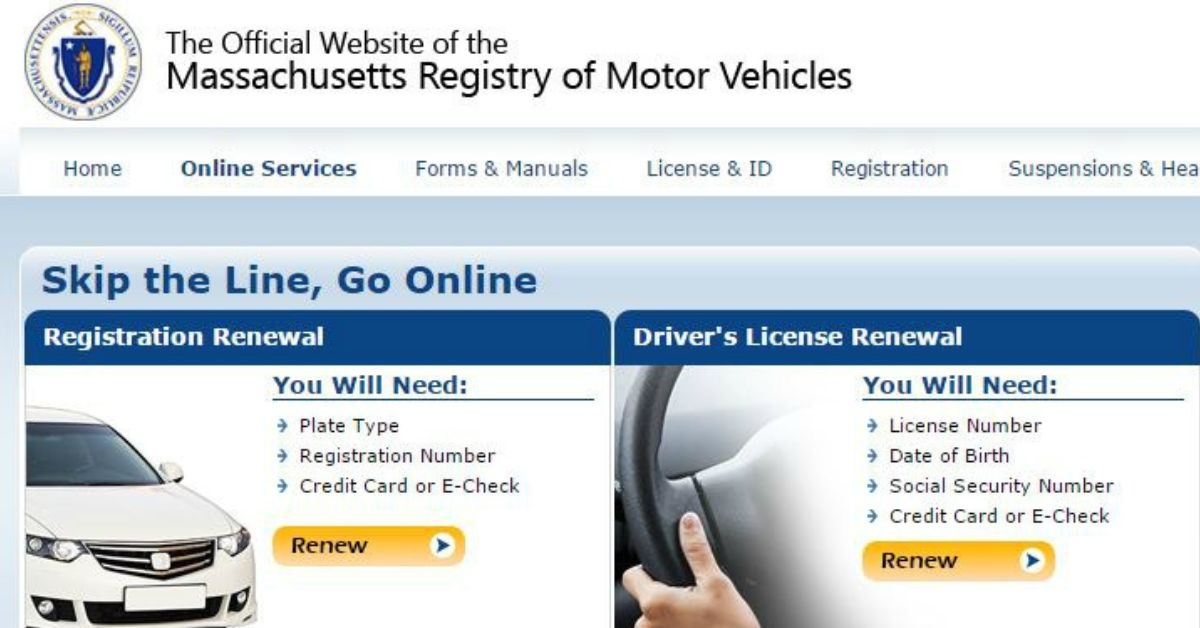
RMV: Skip the Line…Go Online!
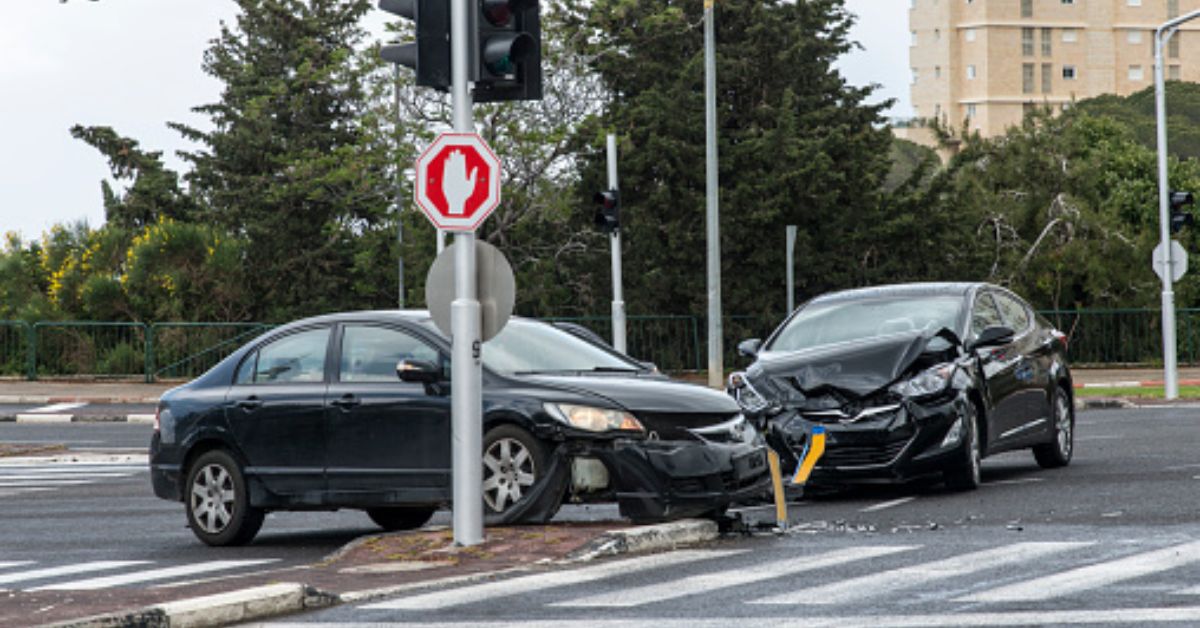
Reduce Your Exposure to Intersection Auto Accidents

RMV Introduces Free In-Branch WiFi at Eight Busiest Branches
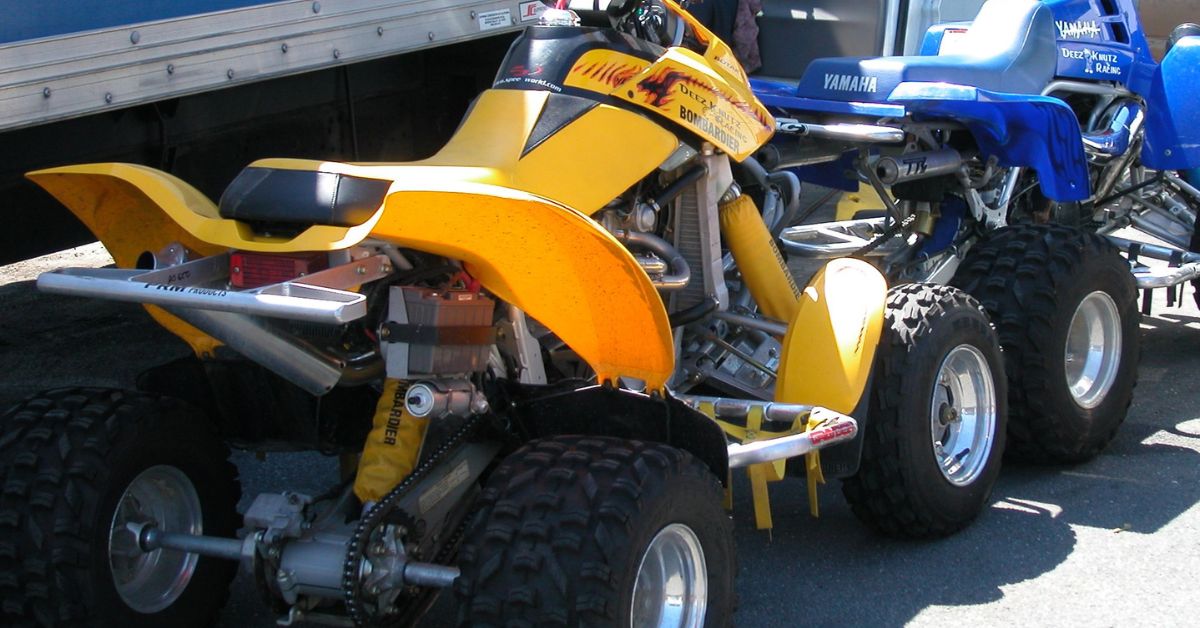
Risk Management for ATV Owners

MassRMV: FasTrack License Renewal Self-Service Kiosks

New Public Record Request Procedures in MA
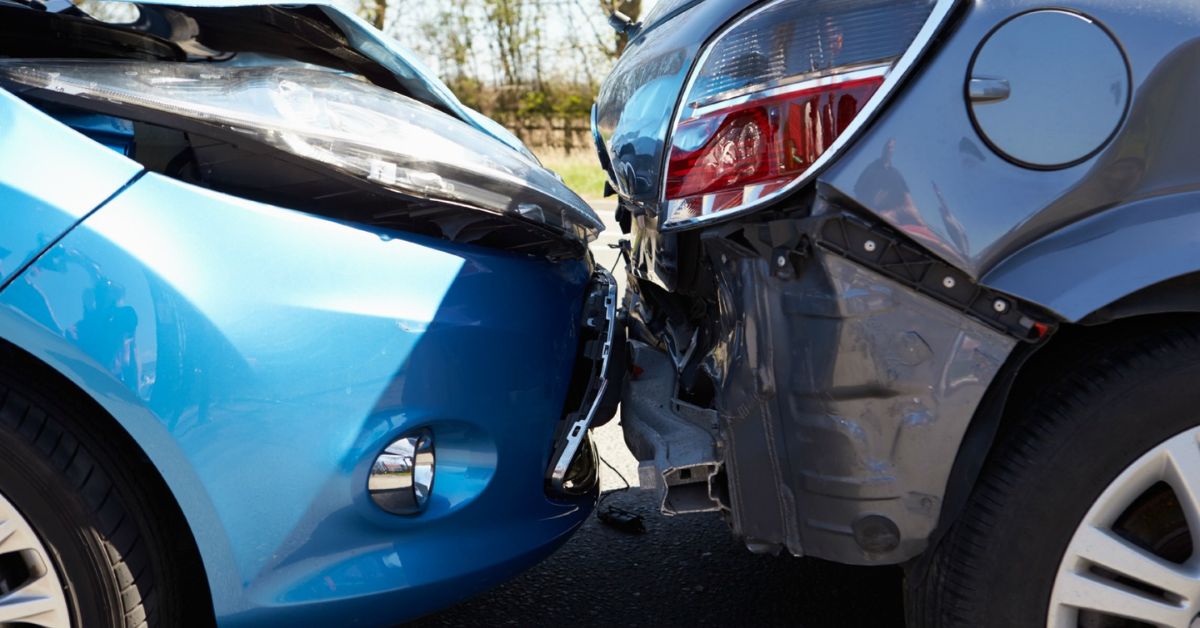
Increase to Accident Surcharge Thresholds Limits Effective July 1, 2015

Headlight & Windshield Wiper Law No Longer a Surchargeable Offense – July 17, 2015

Have You Heard? NH New Hands-Free Electronic Device Law in Effect July 1, 2015

Massachusetts Senate Attempts to Increase Accident Surcharge Threshold Limits

Check Your Sump Pump
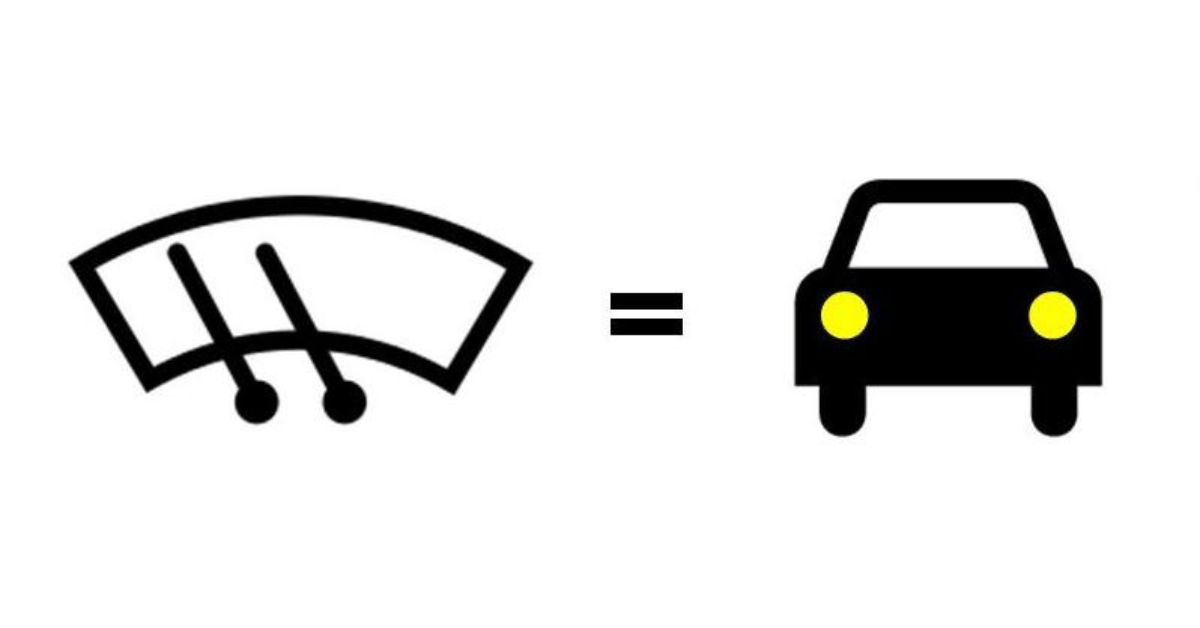
New MA Law Requires Use of Headlights Effective April 7, 2015

10 Things You Should Know About Insurance

Coaching Your Teenage Driver

Car Insurance Checklist…Getting the Best Value

The Evolution of Insurance Products

Tips for Protecting Property in Winter Weather
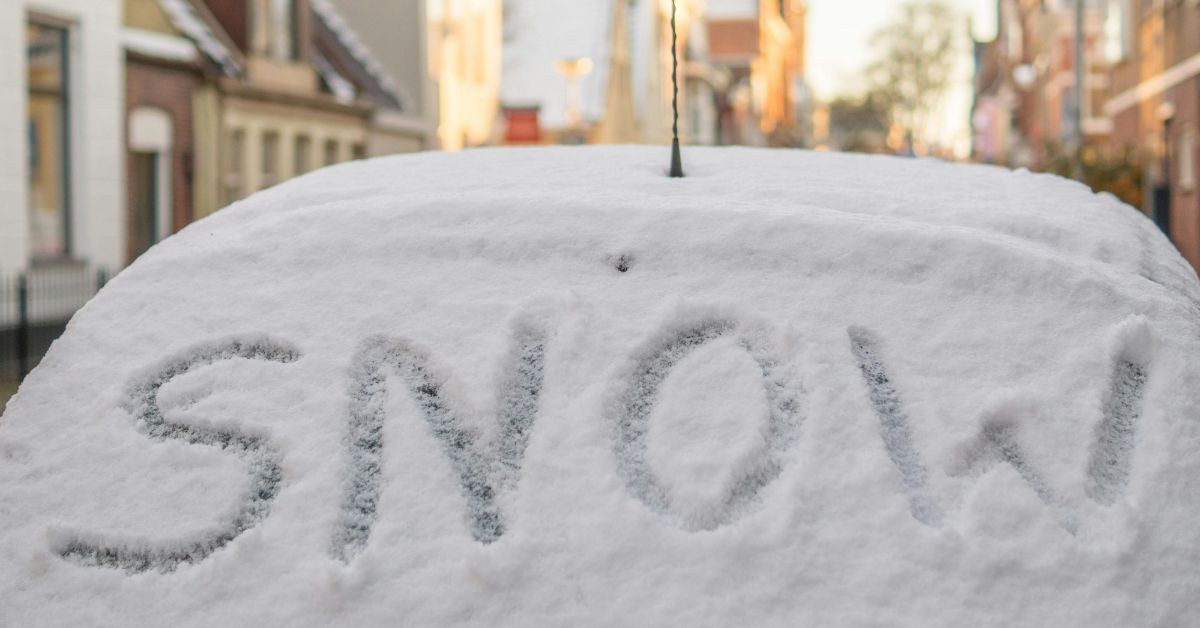
Snow Removal from Vehicles Laws
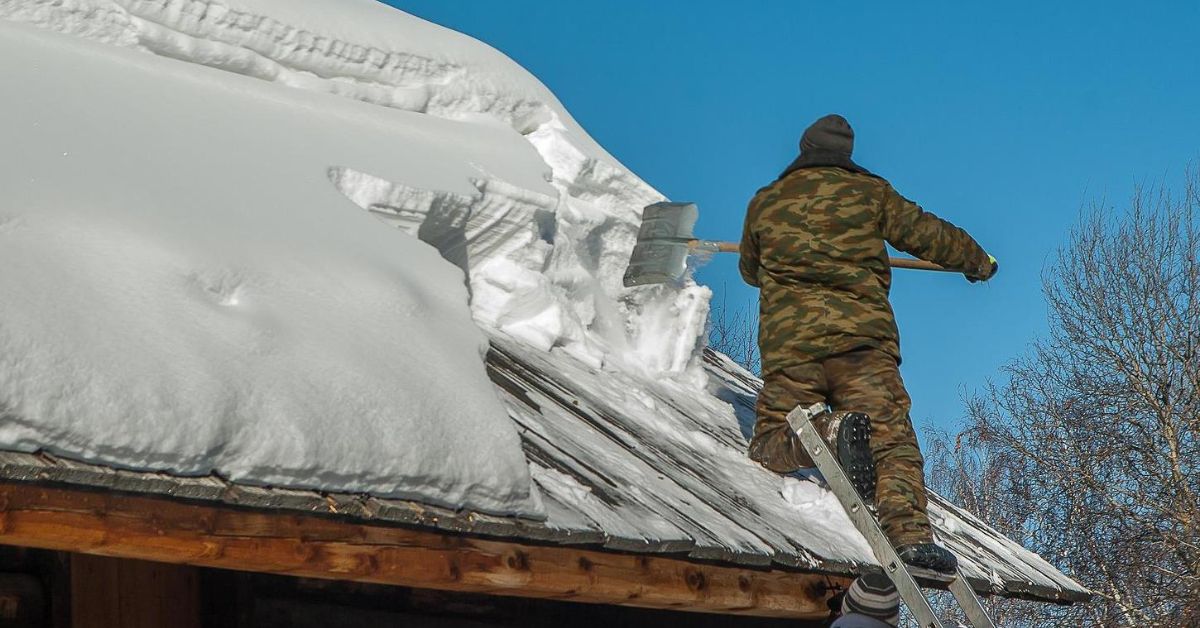
Snow Load Alert…Protect Your Roof and Building
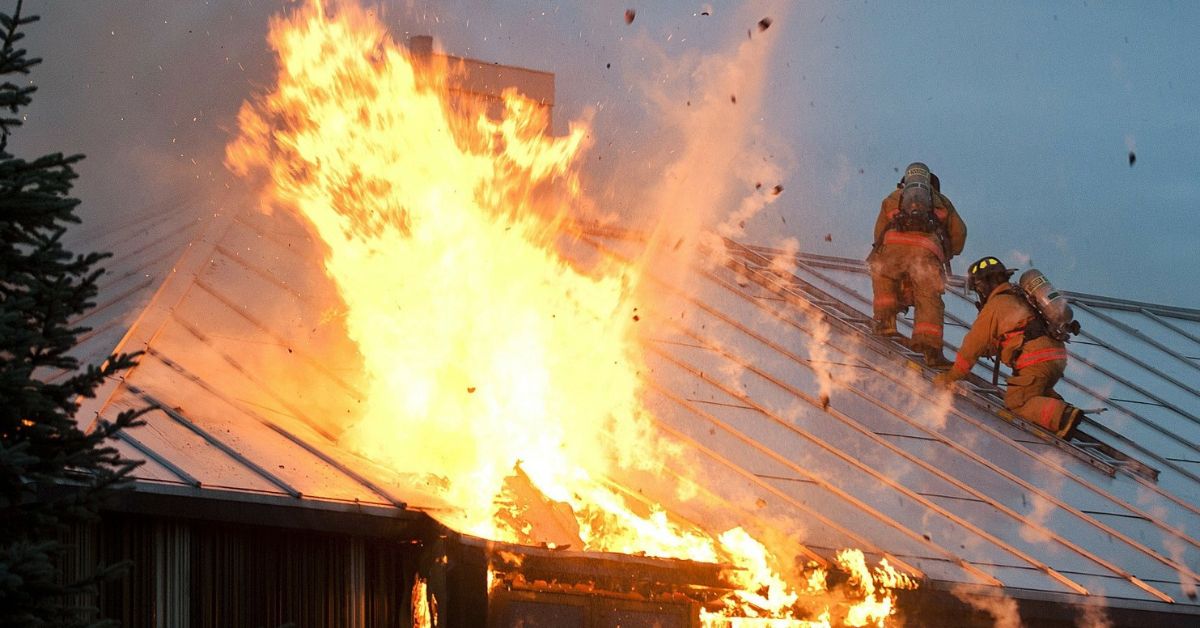
Smother Residential Fire Losses
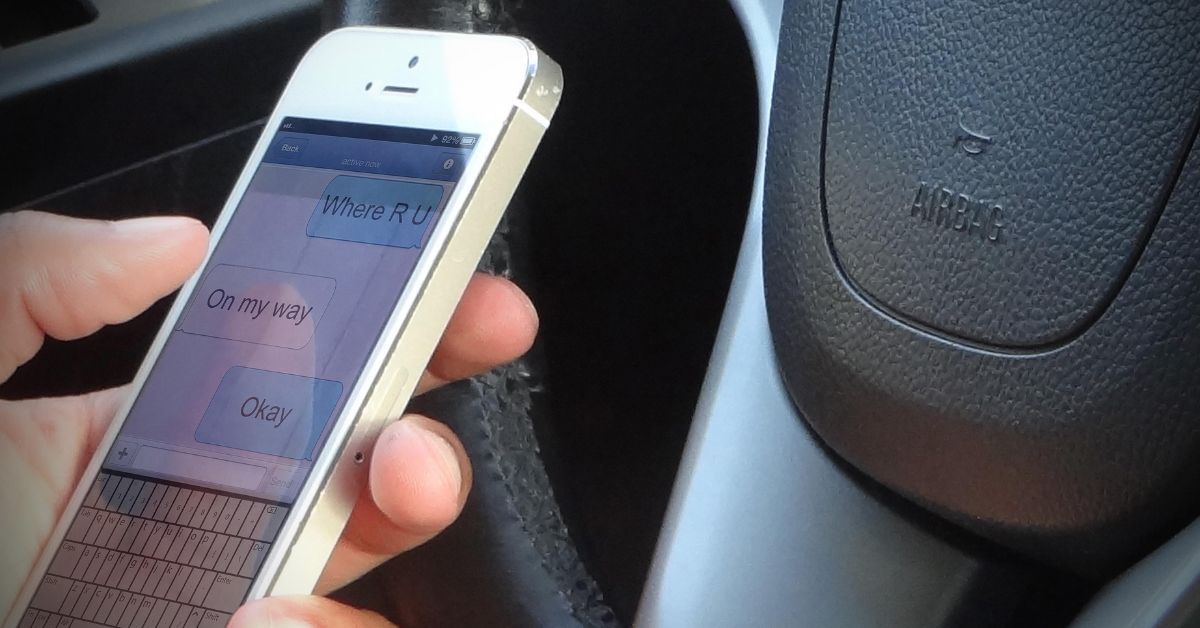
Vermont Cell Phone Ban for Drivers Begins October 1, 2014

Gender Related to Type of Car Crash

Most Stolen Cars in 2013

Is Insurance a Commodity?
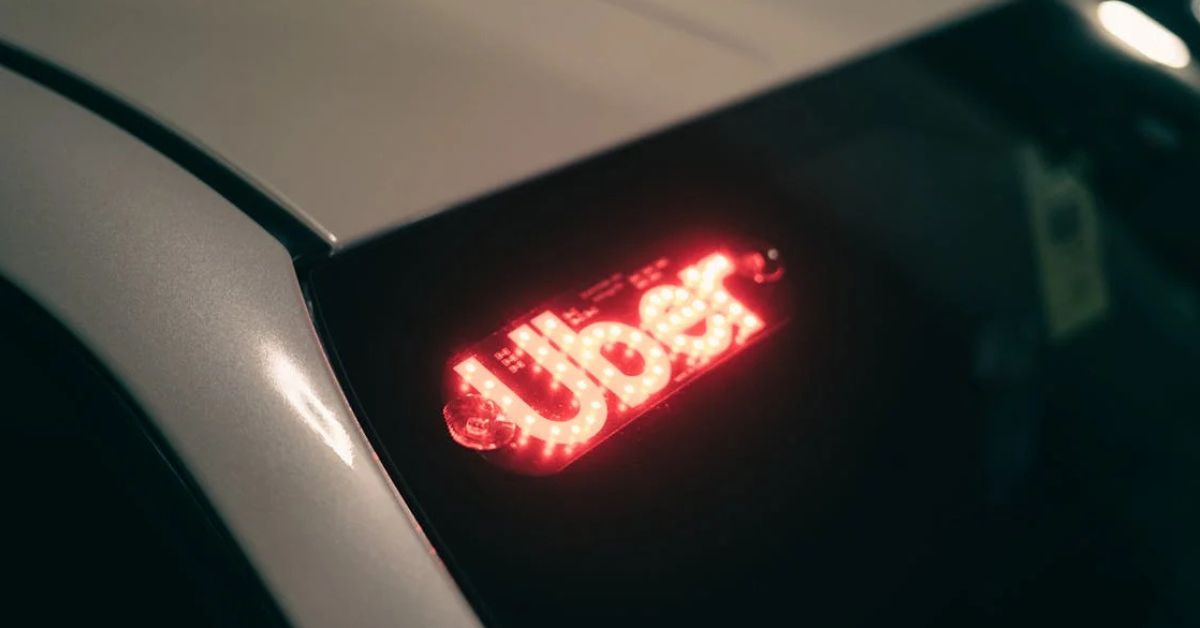
DOI Issues Alert on Car-Sharing and Ride-Sharing Services

Flood Insurance Bill Signed Into Law in 2014
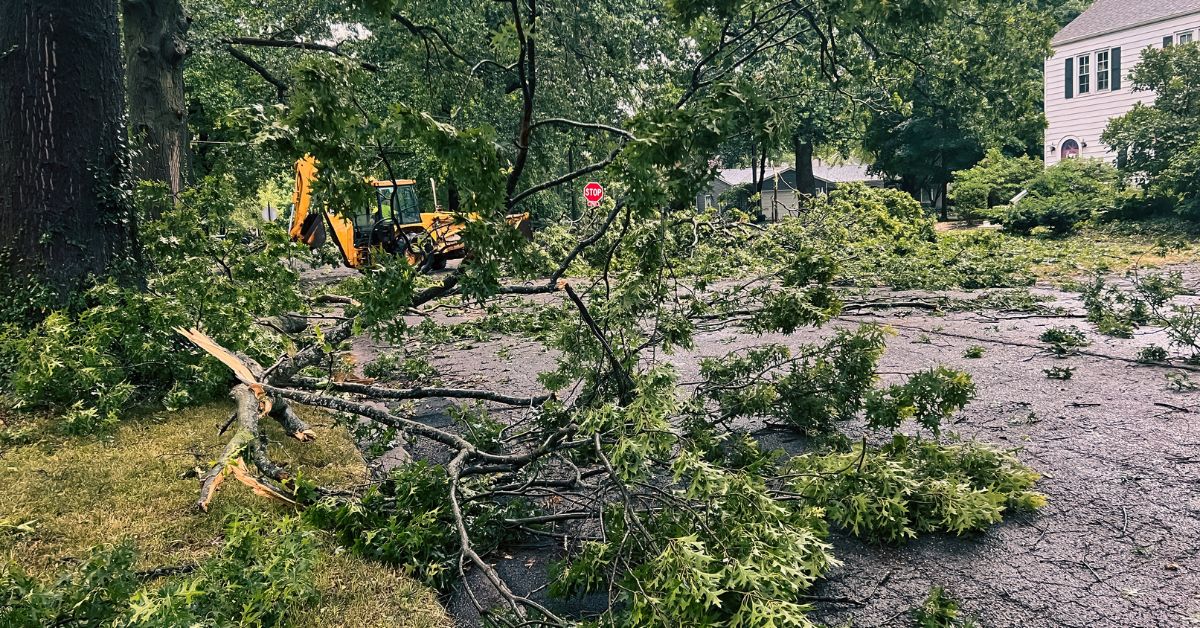
Get Your Coverage Updated Well Before a Storm

Is Hands-Free Cell Phone Use Safe?
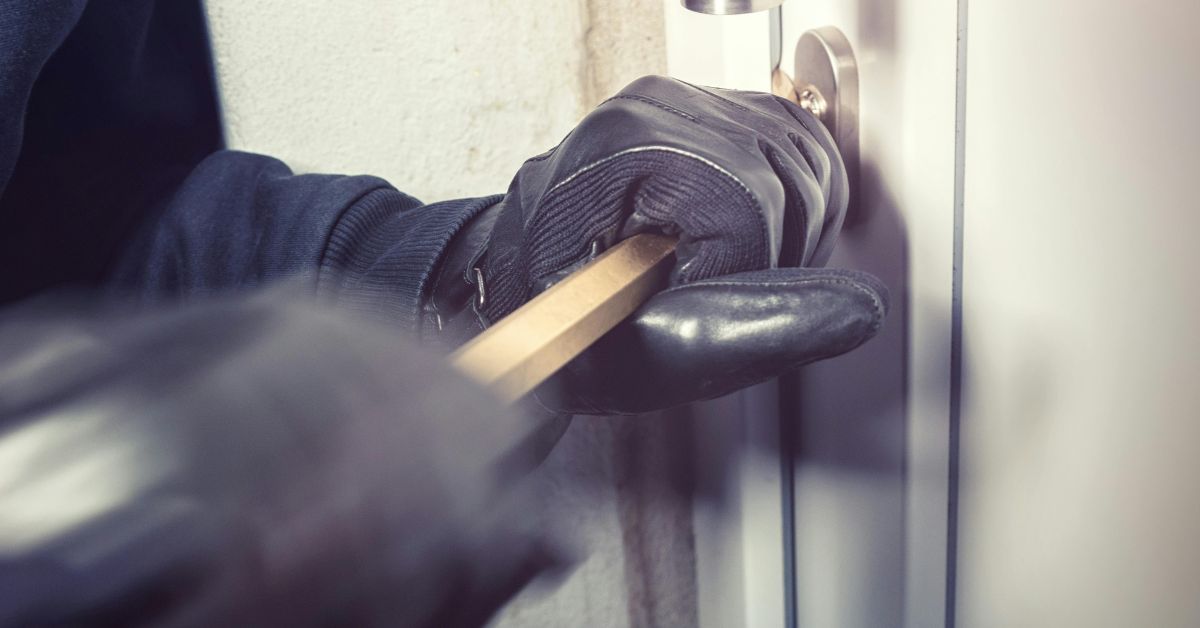
6 Tips for Burglar-Proofing Your Home

MA RMV Restores Renewal Reminders by Mail

Thank You & Be Safe Over Thanksgiving
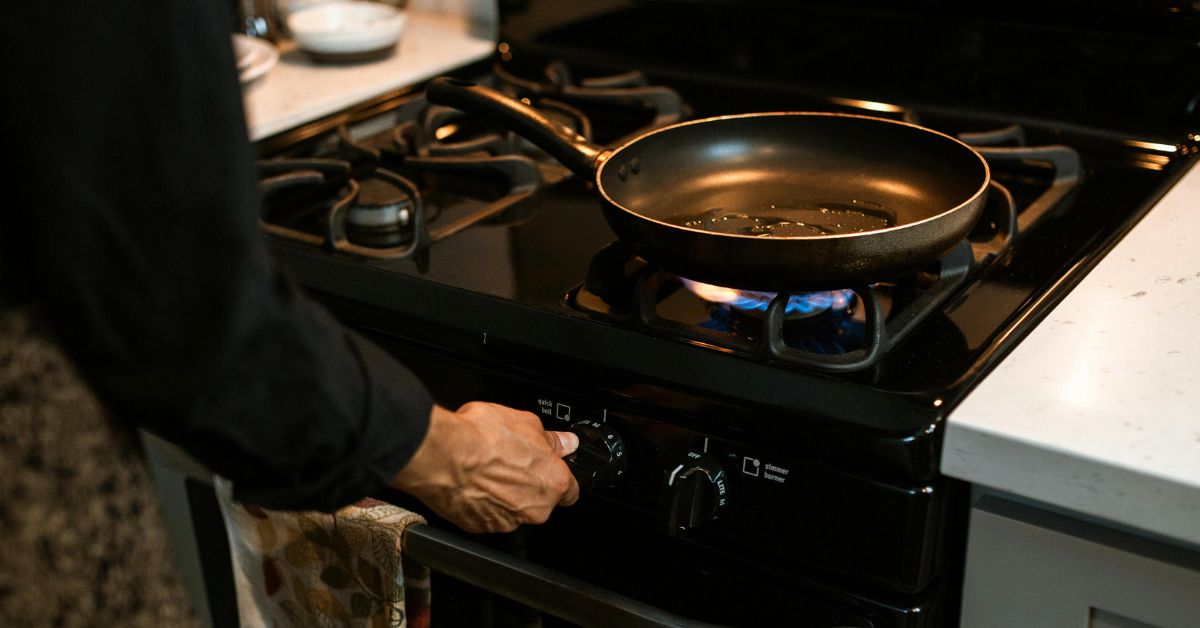
Safety Tips: Prevent Kitchen Fires This Thanksgiving
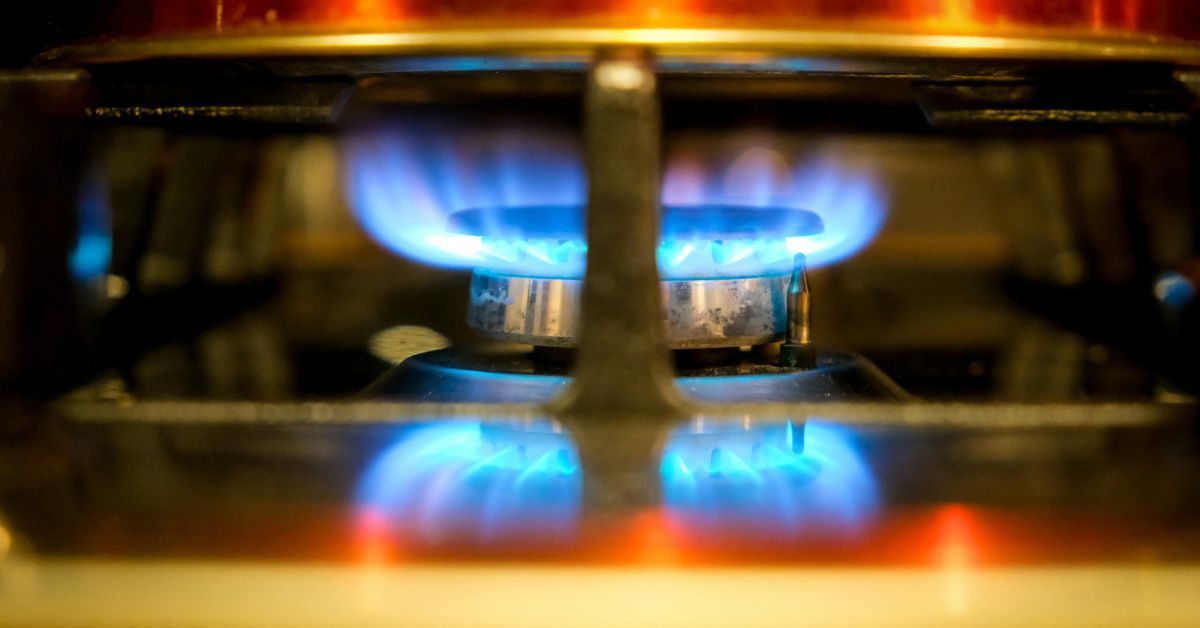
Cook Safely This Thanksgiving to Prevent Kitchen Fires
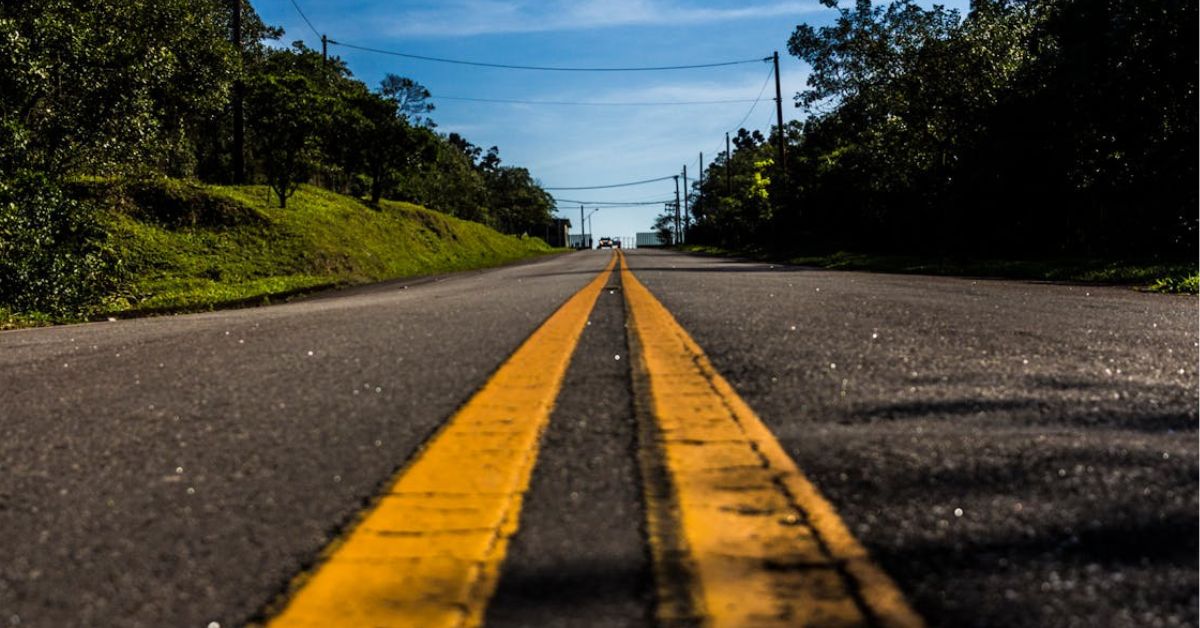
RMV requires 72 Hour Notice to Cancel Road Test
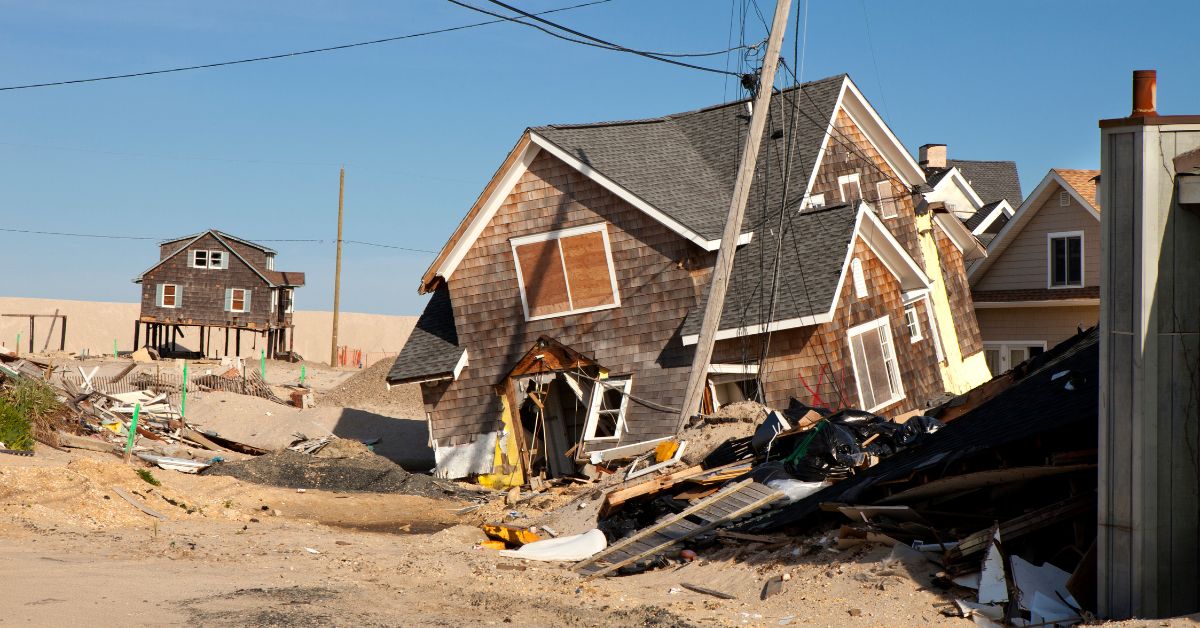
Hurricane Sandy One Year Later

Flood Insurance Reform may Significantly Increase Premiums for Some Property Owners

When Driving Out of State Carry Proof of Insurance

Keep Your Home in Tip-Top Condition
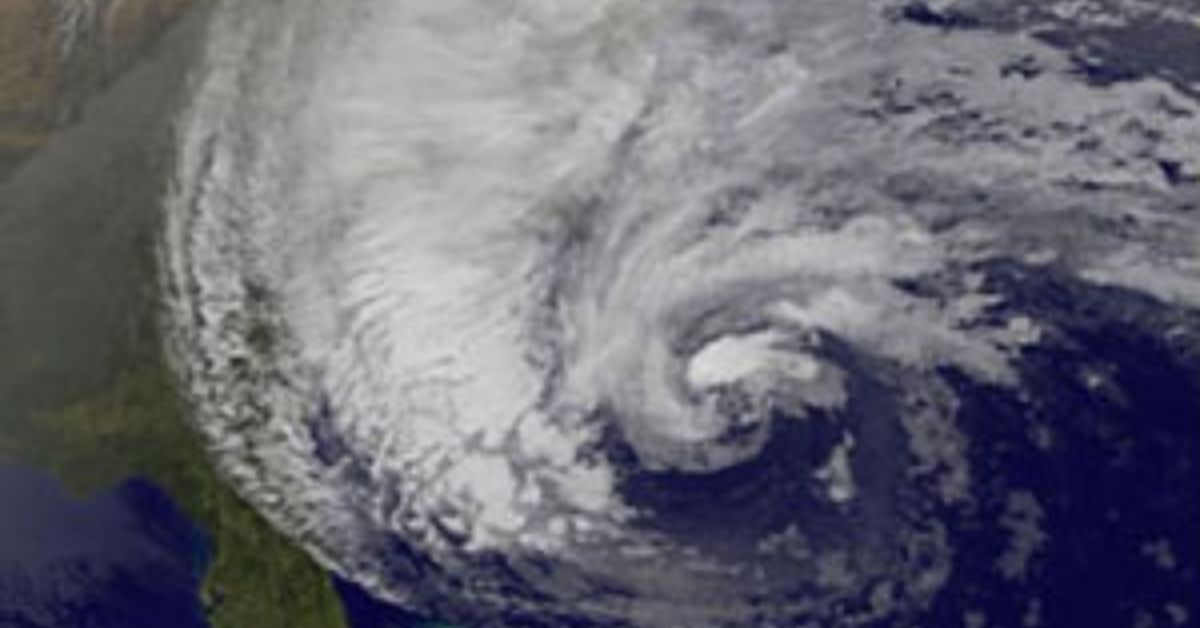
Hurricane Season is Here. Be prepared.

Life Insurance: Understanding What Happens to Your Loved Ones if Something Happens to You?
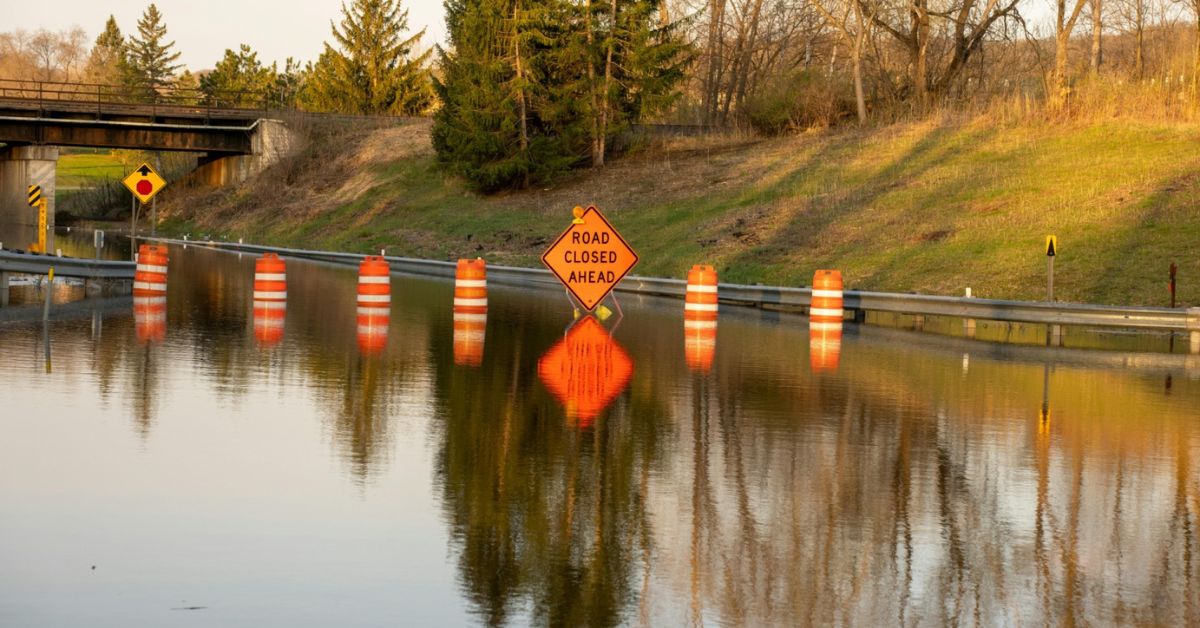
Lessons From Sandy…Get Flood Protection

Keep Your Home in Tip-top Condition

Changing jobs? Insurance issues to consider.

Drive Safely On Thanksgiving…And Thanks

Insurance Claim Tips For After The Storm

75 Years Strong

Remembering Irene…Lessons Learned
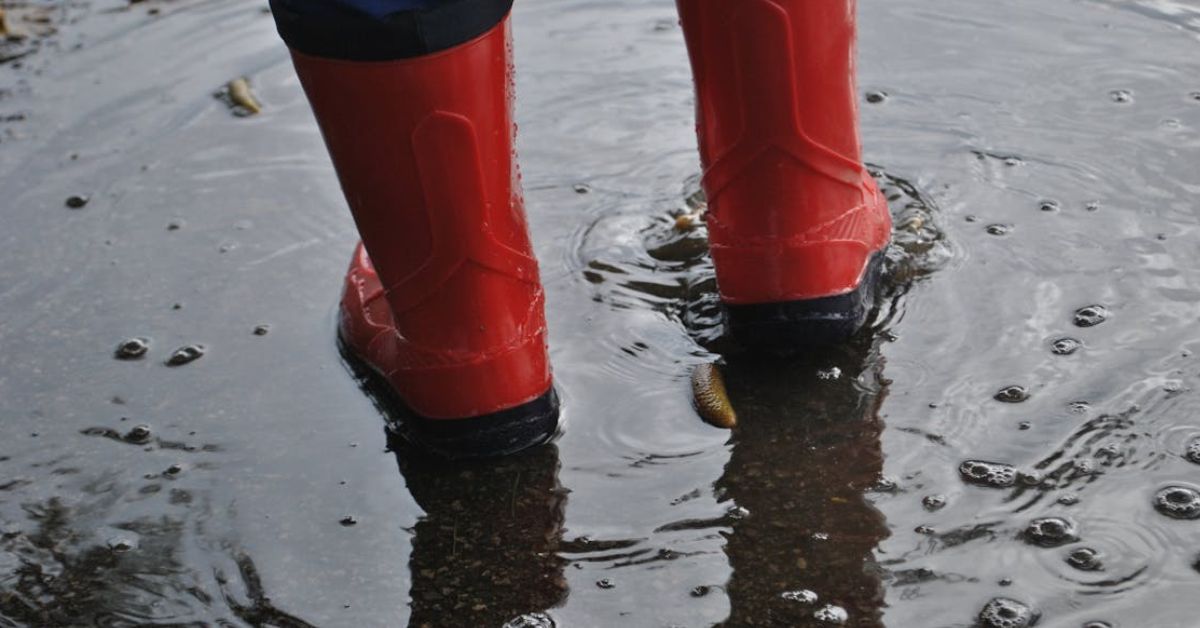
Hurricane Season Highlights Need for Flood Insurance

Hurricane Emergency Storm Planning

Documenting Antiques And Fine Art For Insurance
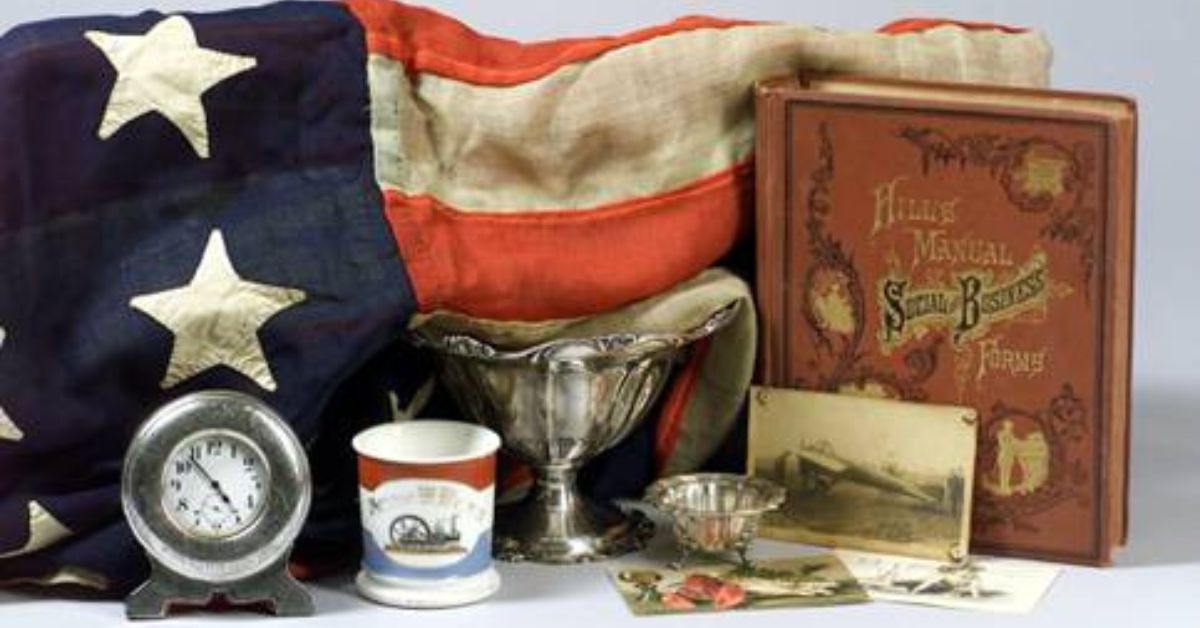
Consigning Property For Auction: Part 4 – Auction Fees

Consigning Property For Auction: Part 3 – The Auction Schedule

Consigning Property For Auction: Part 2 – Maximizing Your Antiques Appraisal

Consigning Property for Auction: Part 1 – Are You Ready for an Antiques Appraisal?

Insuring Antiques and Fine Art
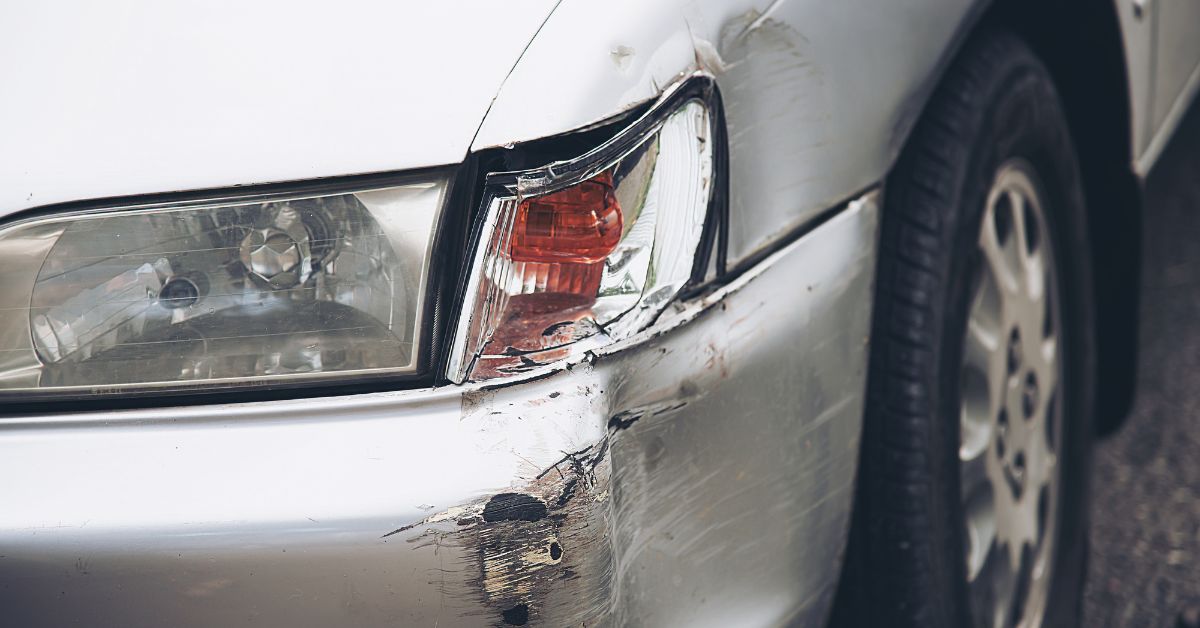
Hit-and-Run…It Can Happen To You

5 Tips to Maximize Car Insurance Value

Most Stolen Cars in 2010

Driving Safely at Thanksgiving

Trick or Treat…Be Safe!

Don’t Risk a Lot For a Little

Back-to-School College Student Insurance Issues

Five Insurance Lessons from ‘The Town’

Welcome to the Murphy Insurance Blog!
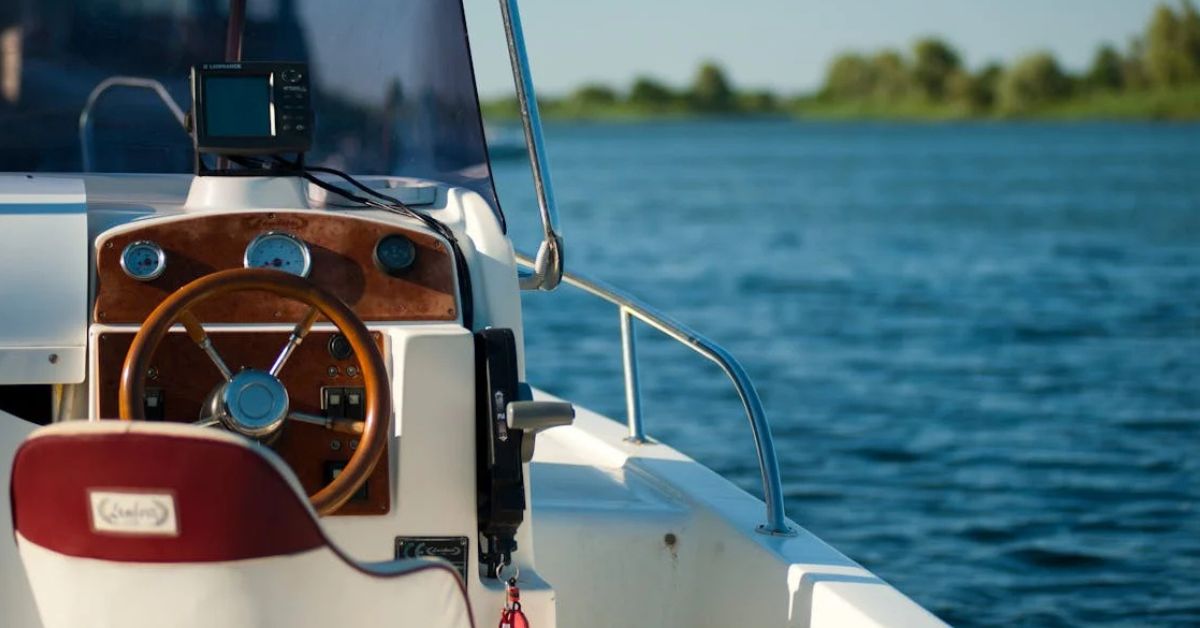
Boating Safety Class Offered
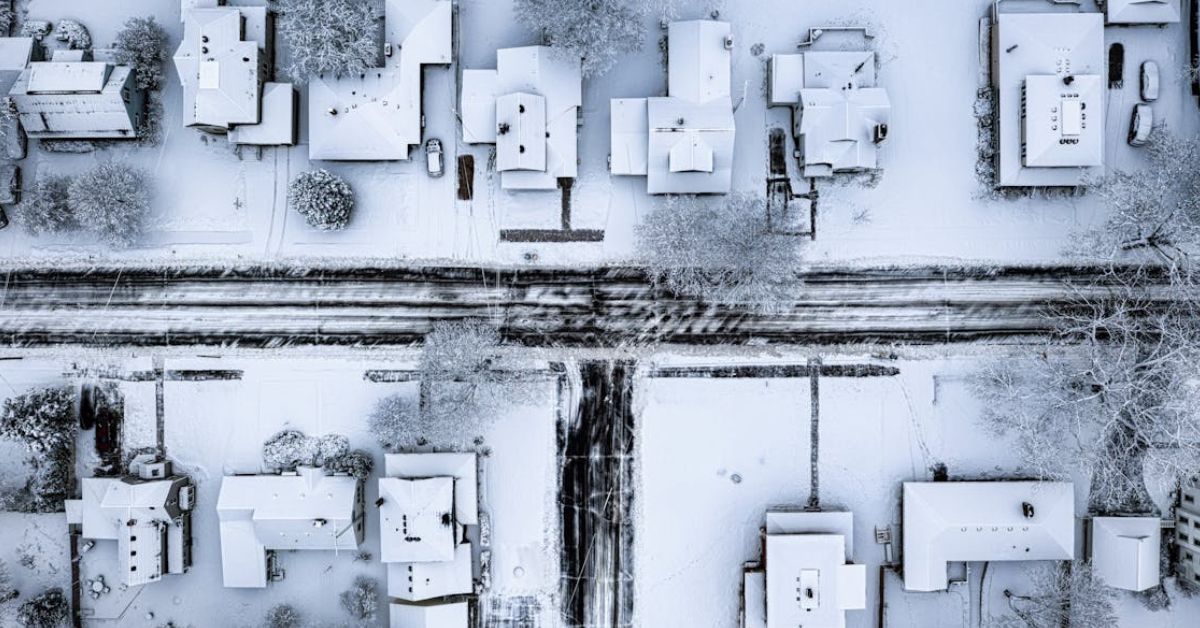
Avoid Ice Dams & Roof Collapse from Snow
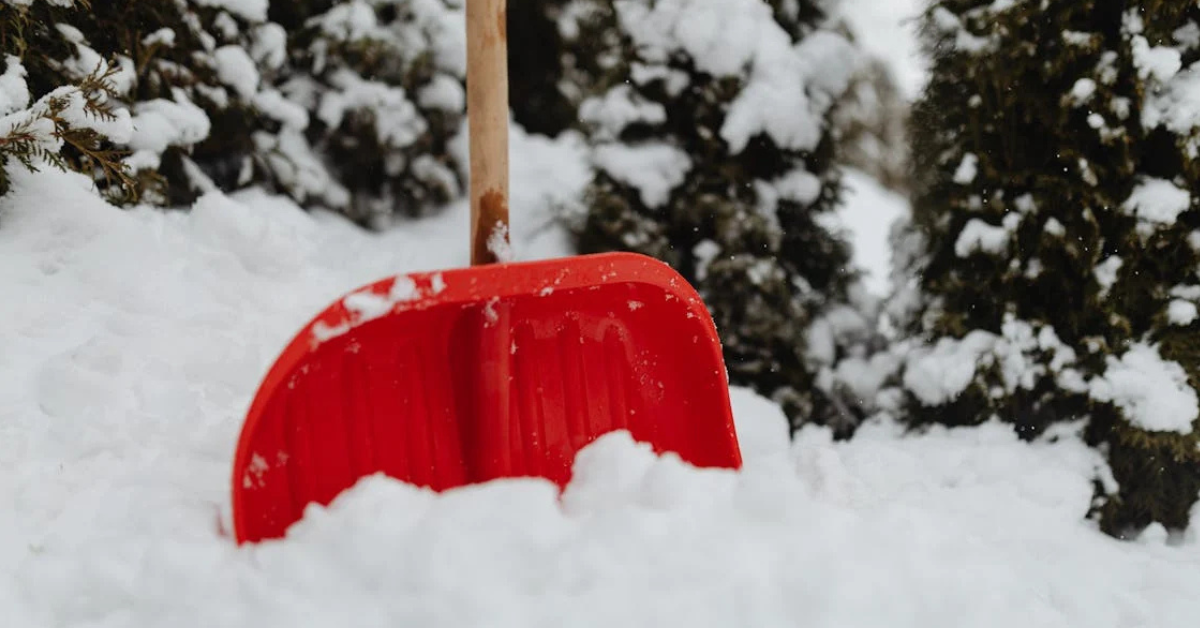
Massachusetts Snow Removal Law

Mobile Phone/Texting while Driving Law Effective September 30, 2010

Chapter 453 Acts of 2008: Homeowner Oil Heating System Upgrade and Insurance Law

Massachusetts Drivers Be Aware of New “Move Over Law”
Visit Our Auto Insurance Page
At Murphy Insurance, we are here to assist you in obtaining the appropriate auto insurance. Choosing the appropriate auto insurance coverage can be overwhelming. Every insurance company has its unique offerings, making it challenging to compare options effectively. That’s where we shine. We simplify the process by helping you evaluate provider and policy choices, seek out discounts, and optimize your car insurance within your budget constraints. Ultimately, our goal is to provide you with peace of mind, knowing that you and your loved ones are well-protected.

